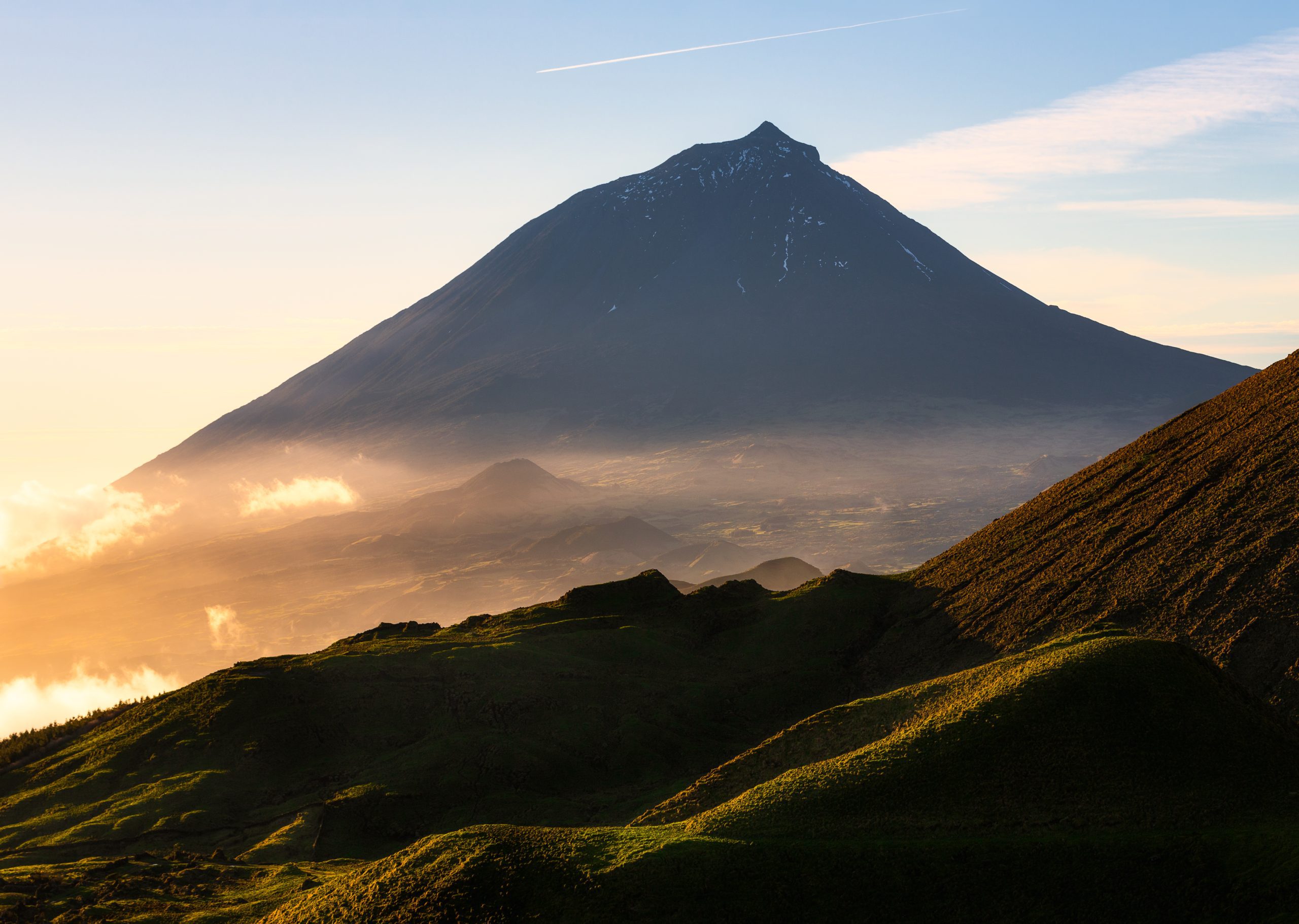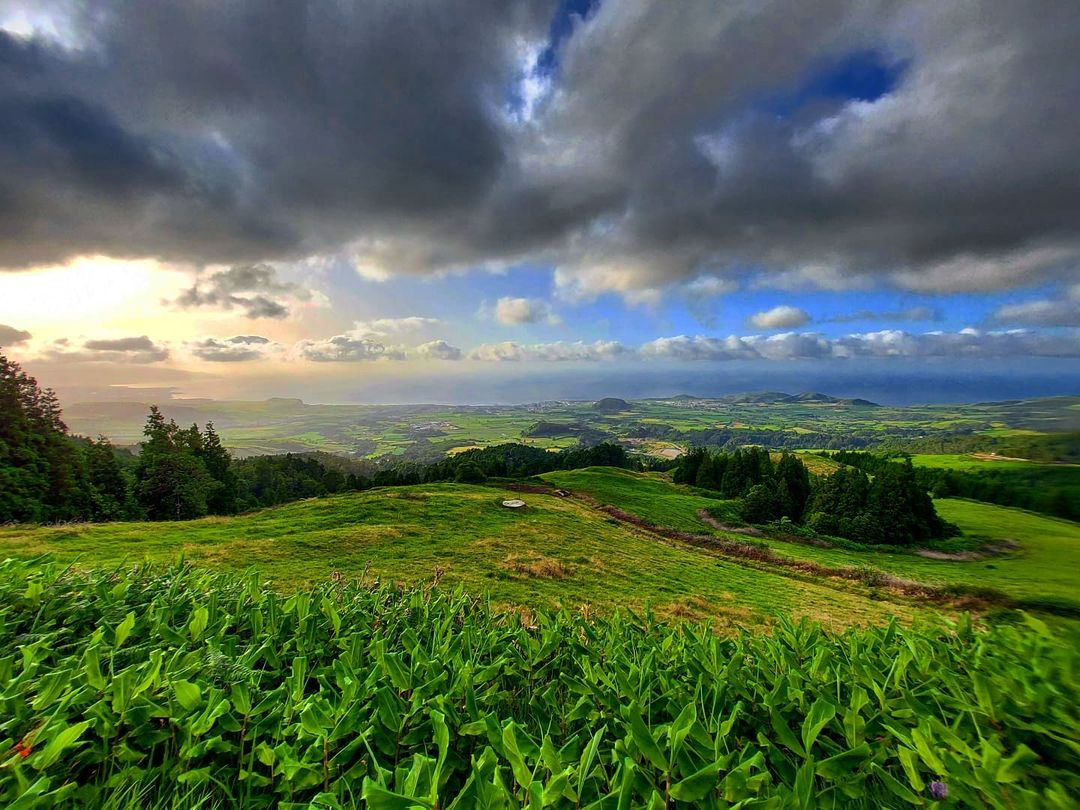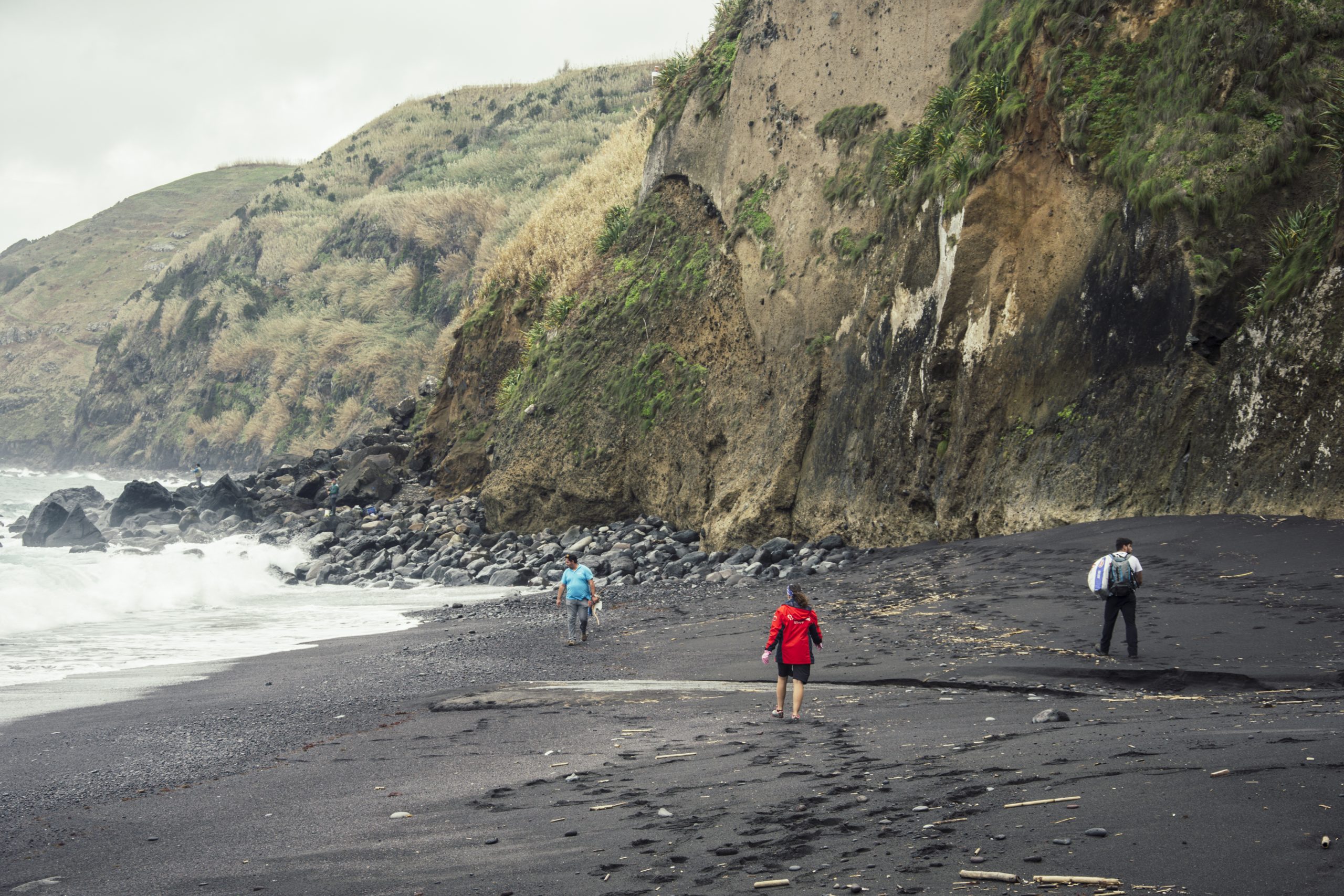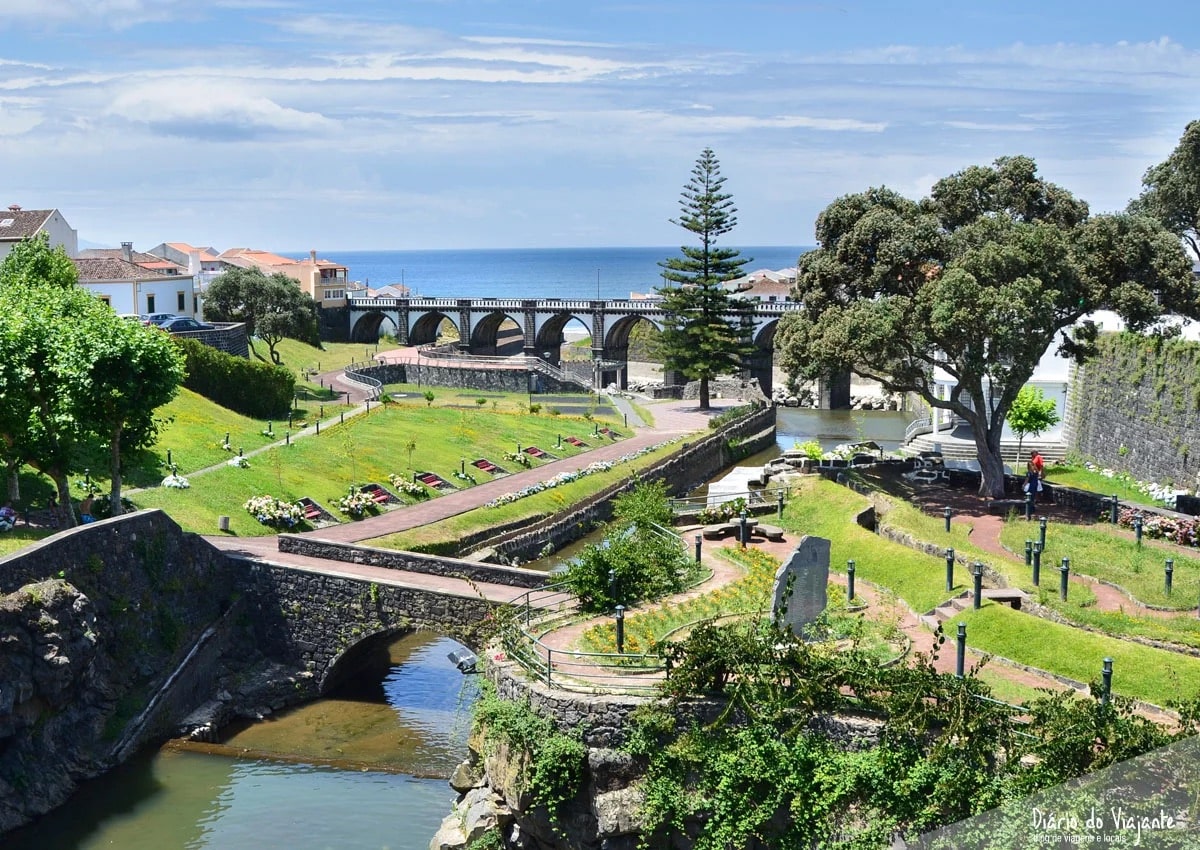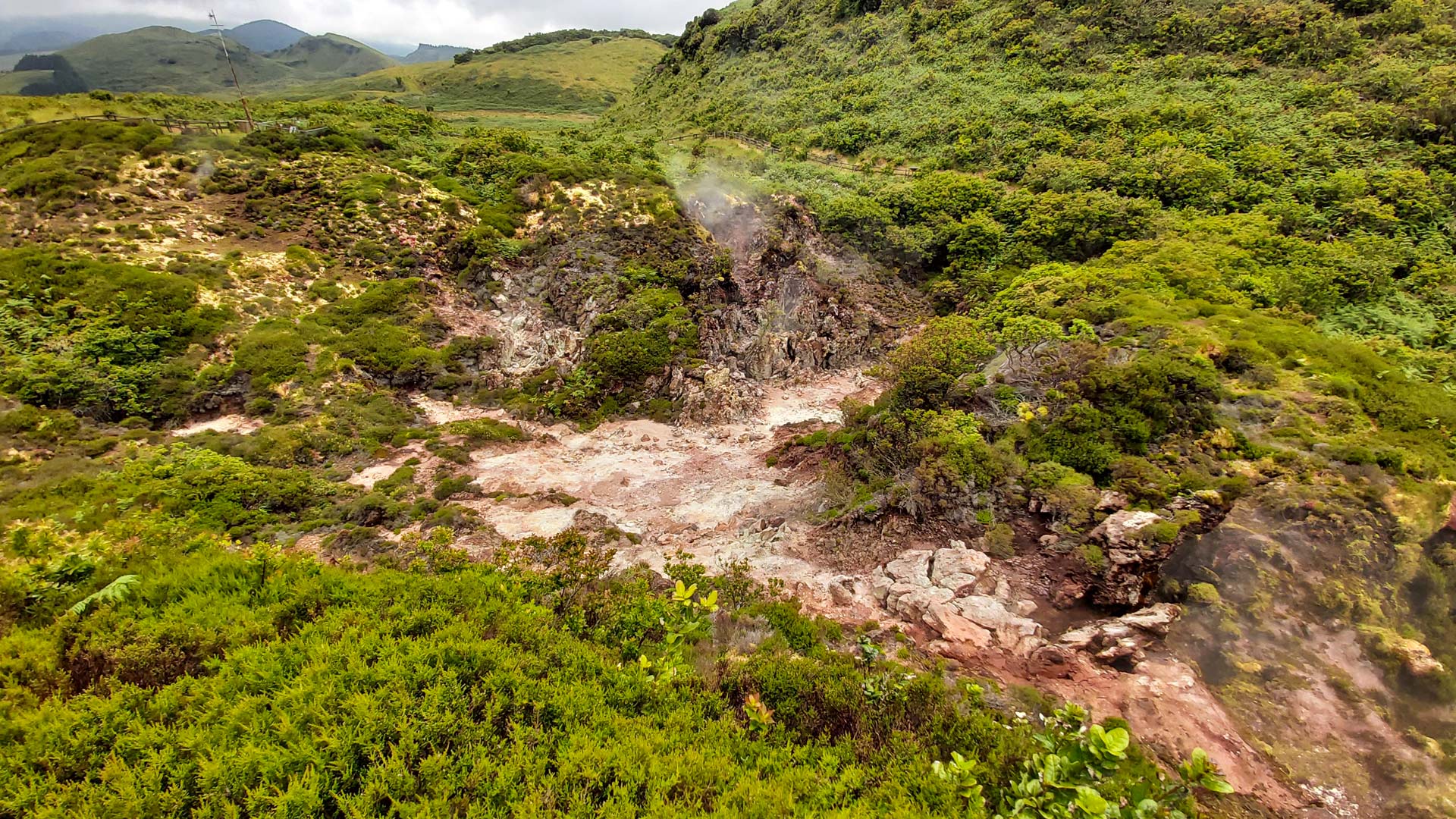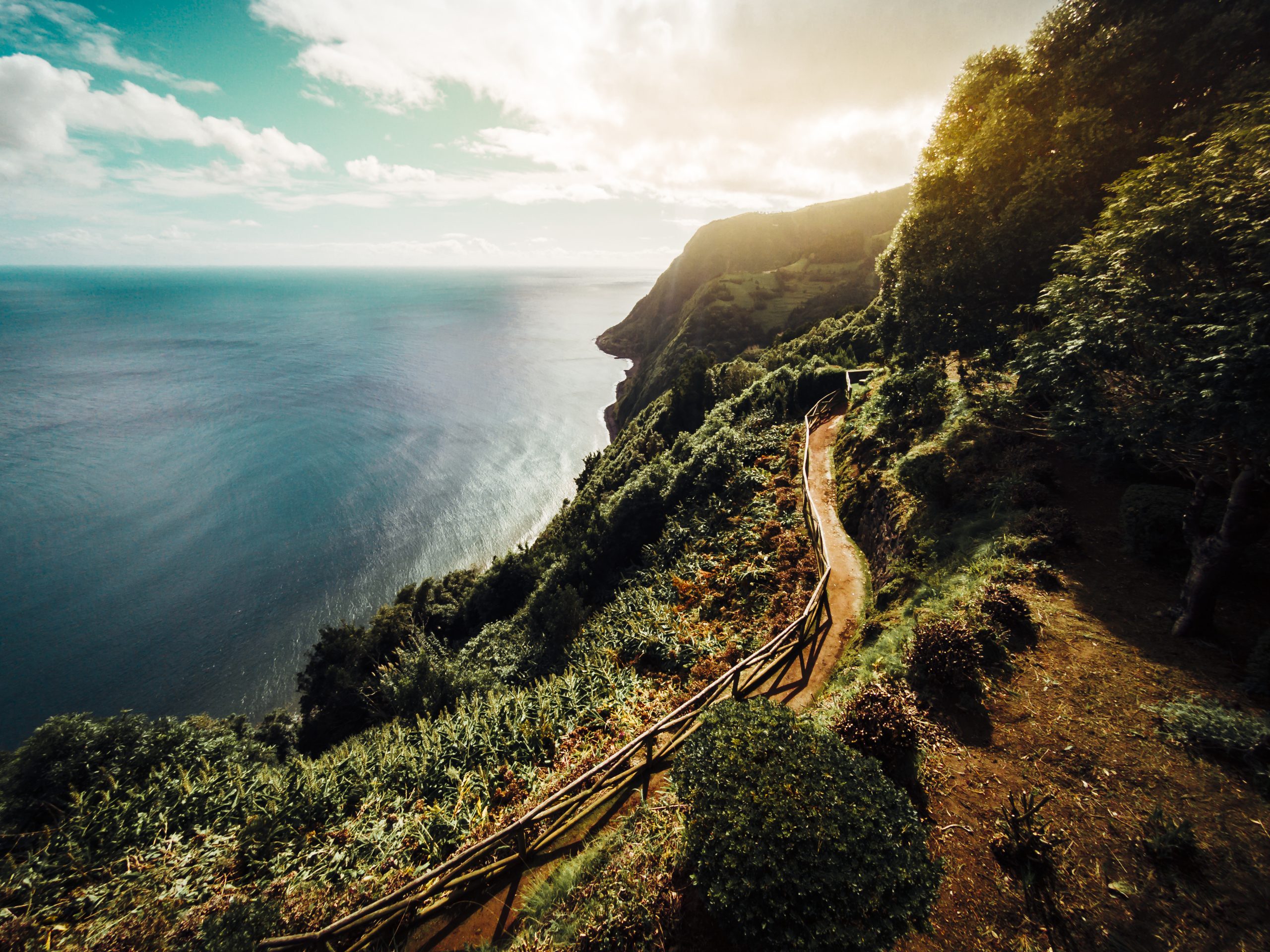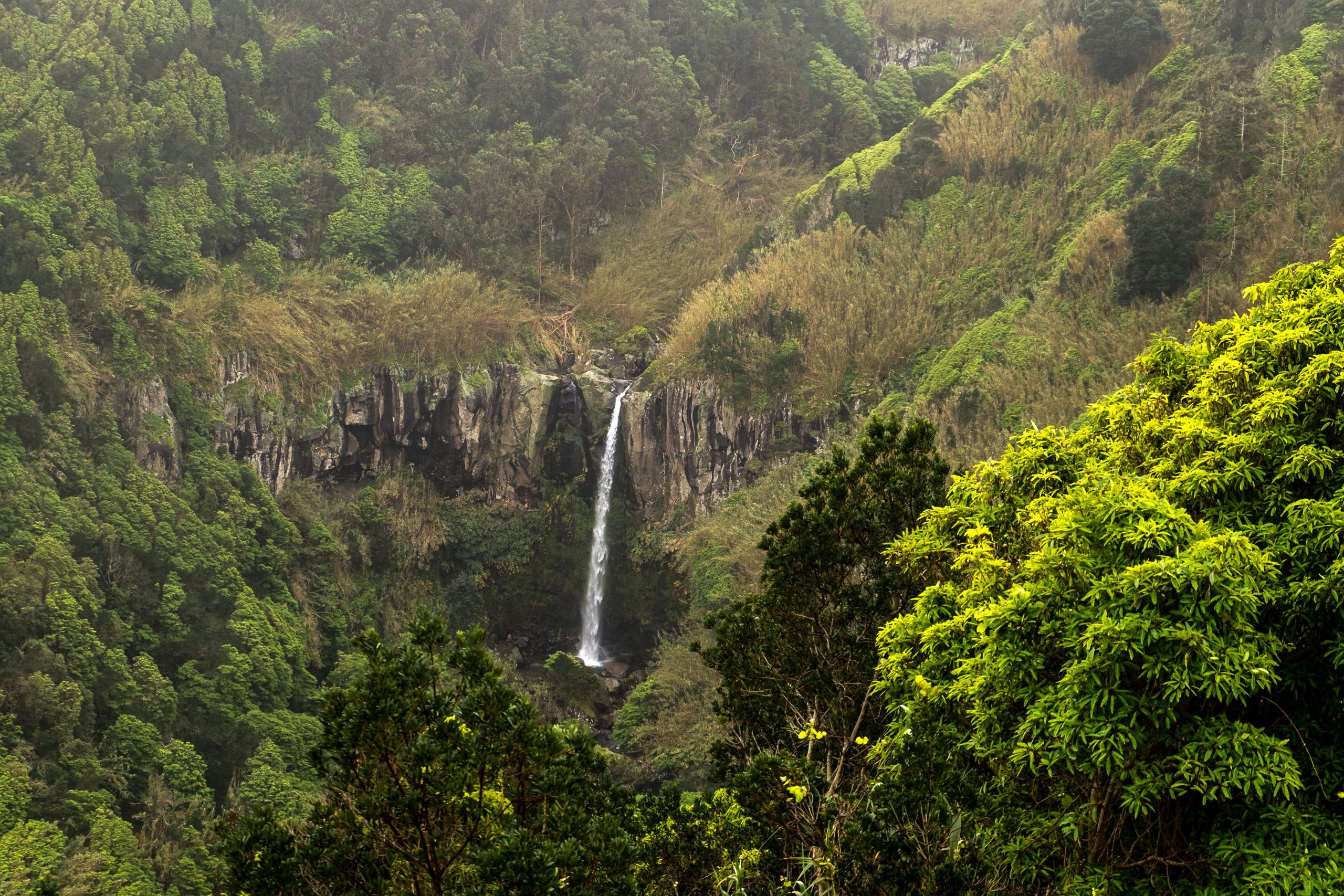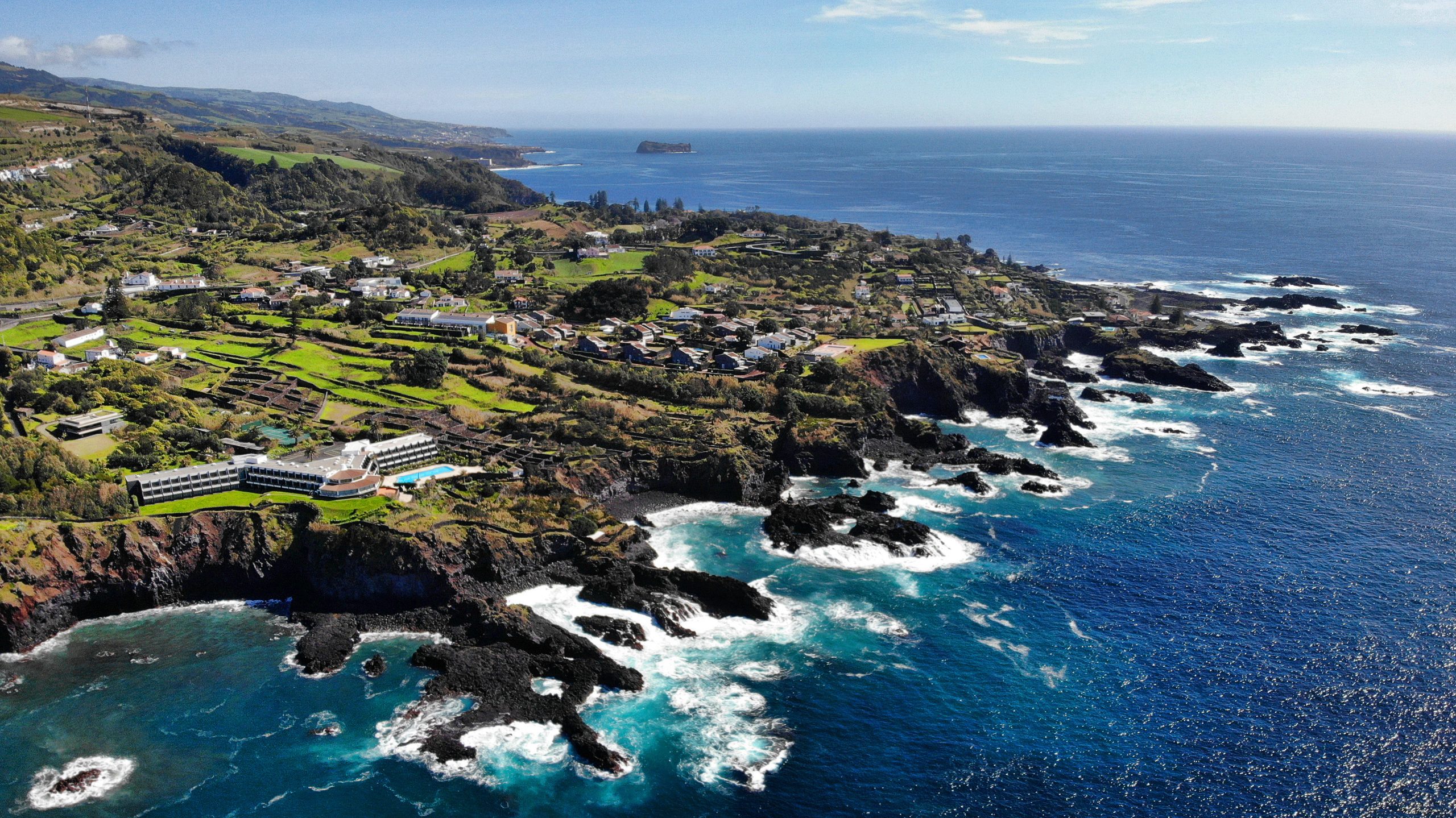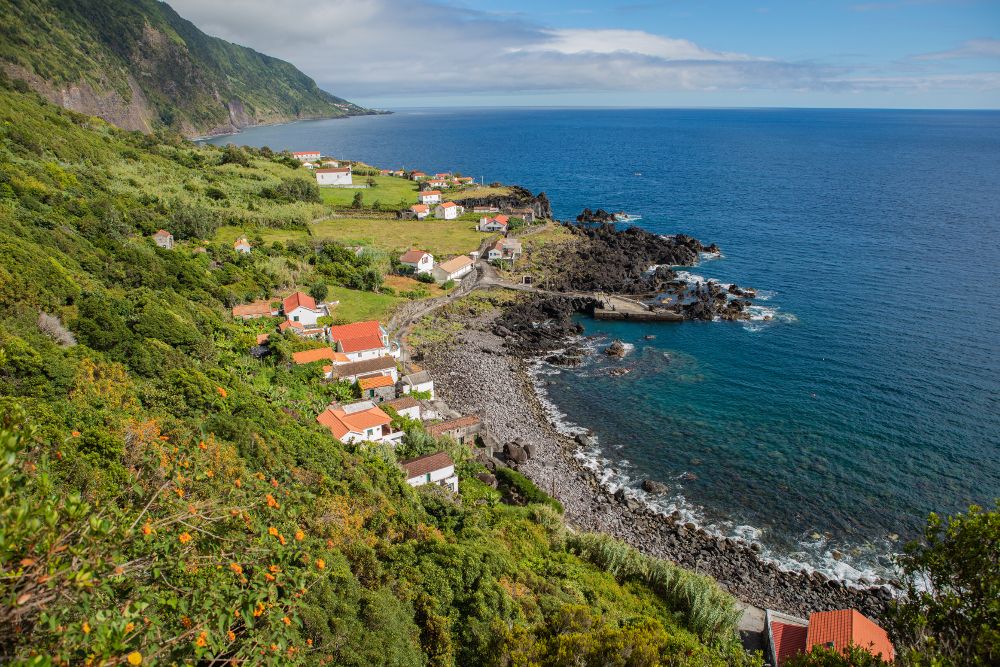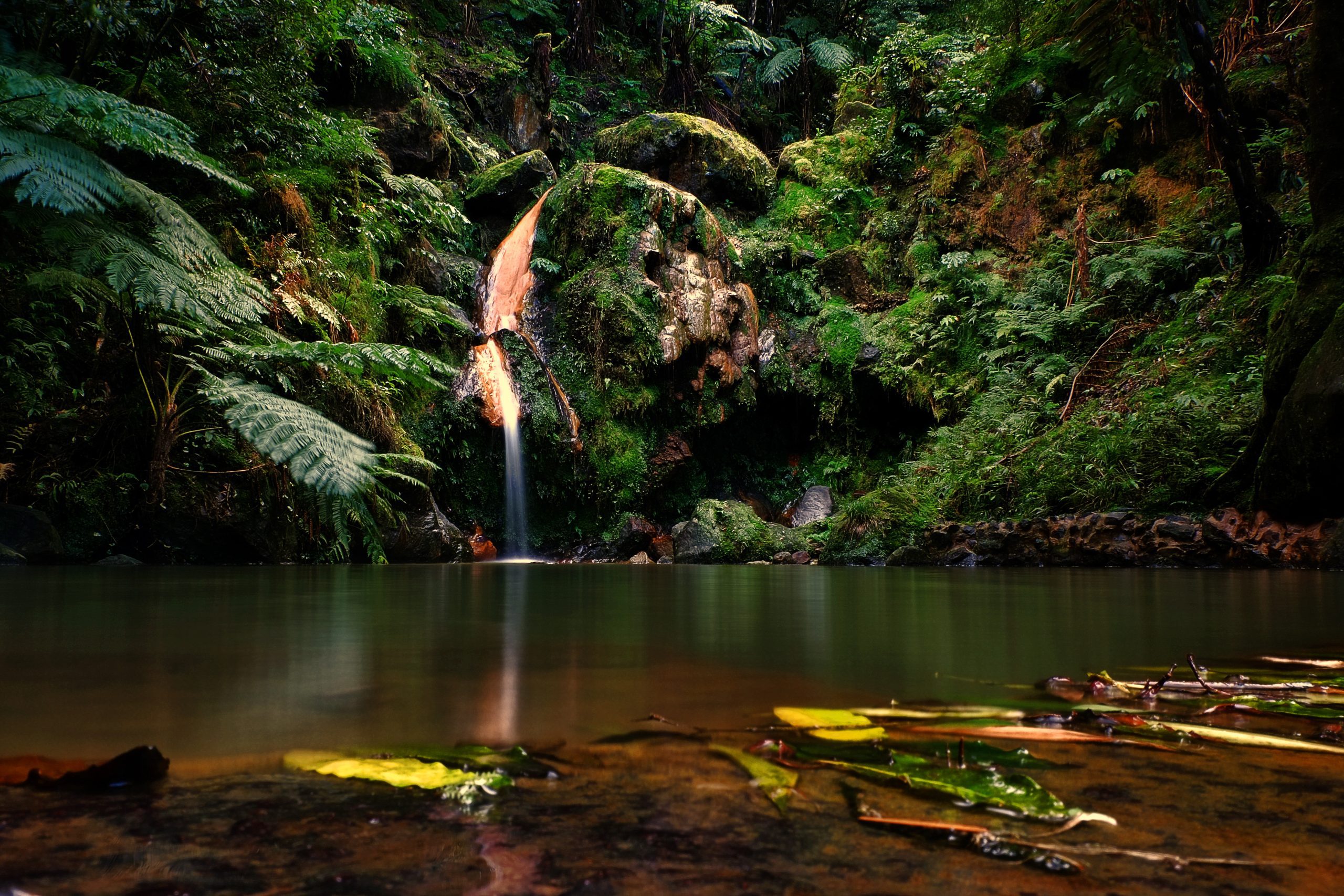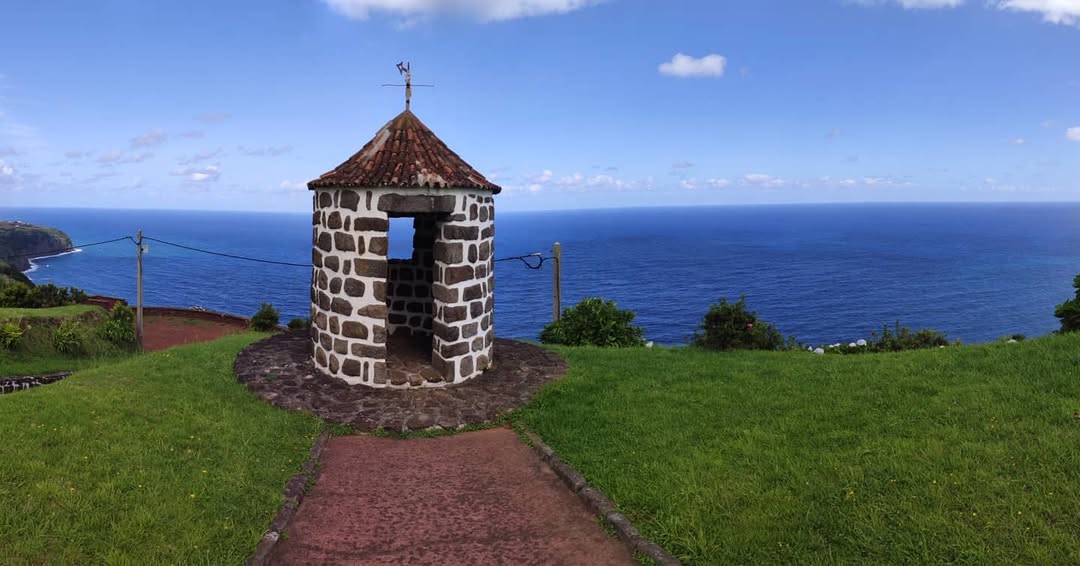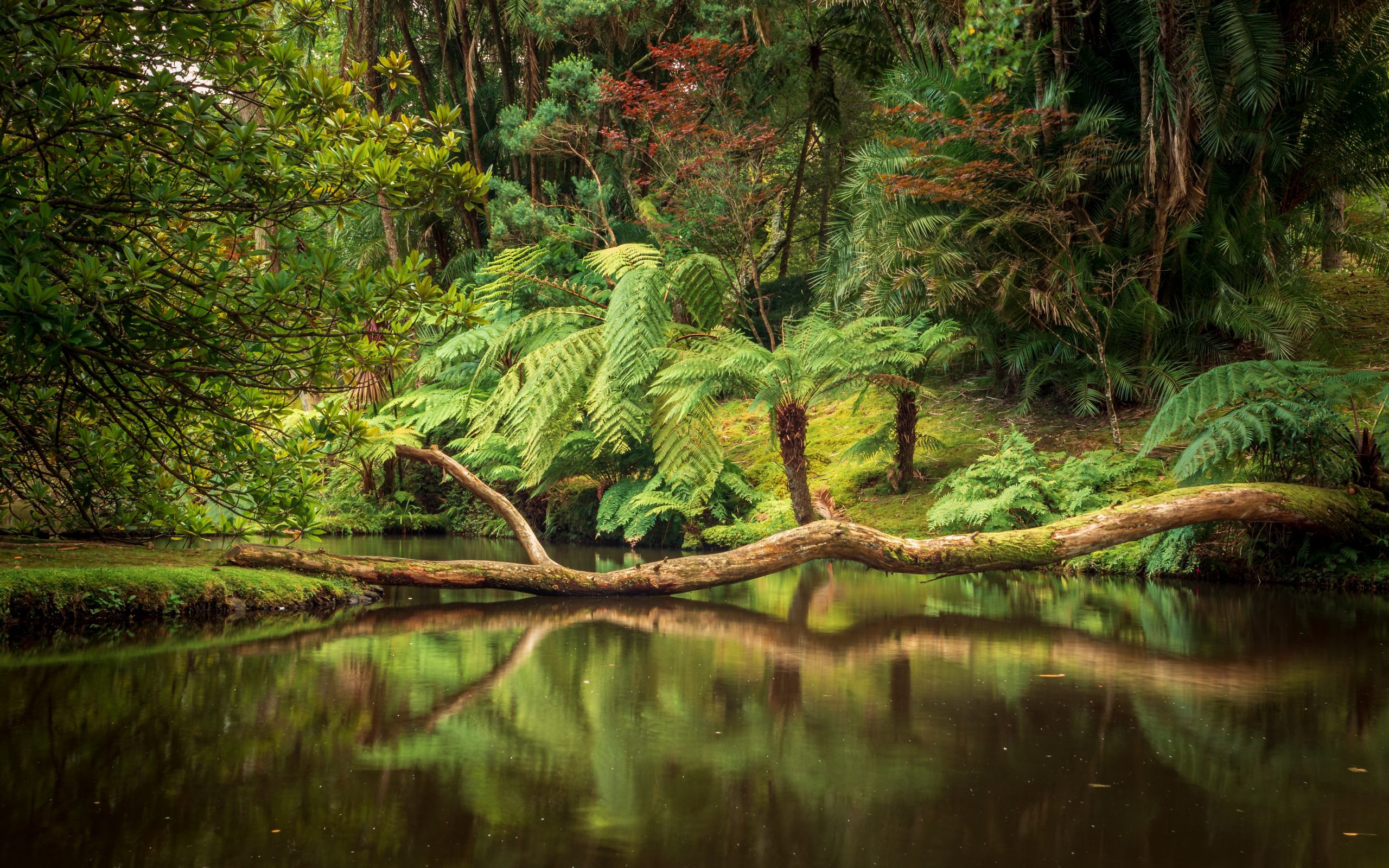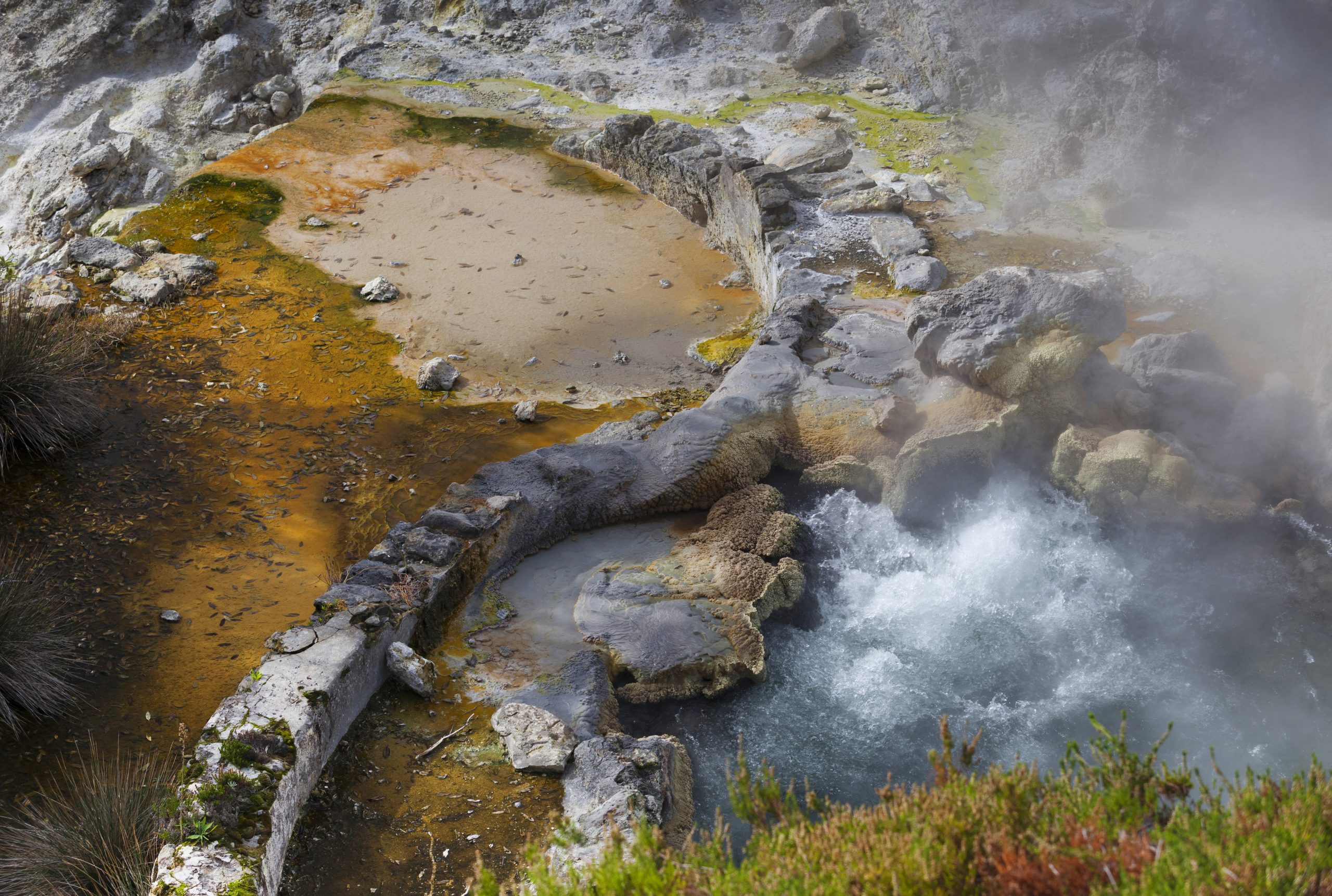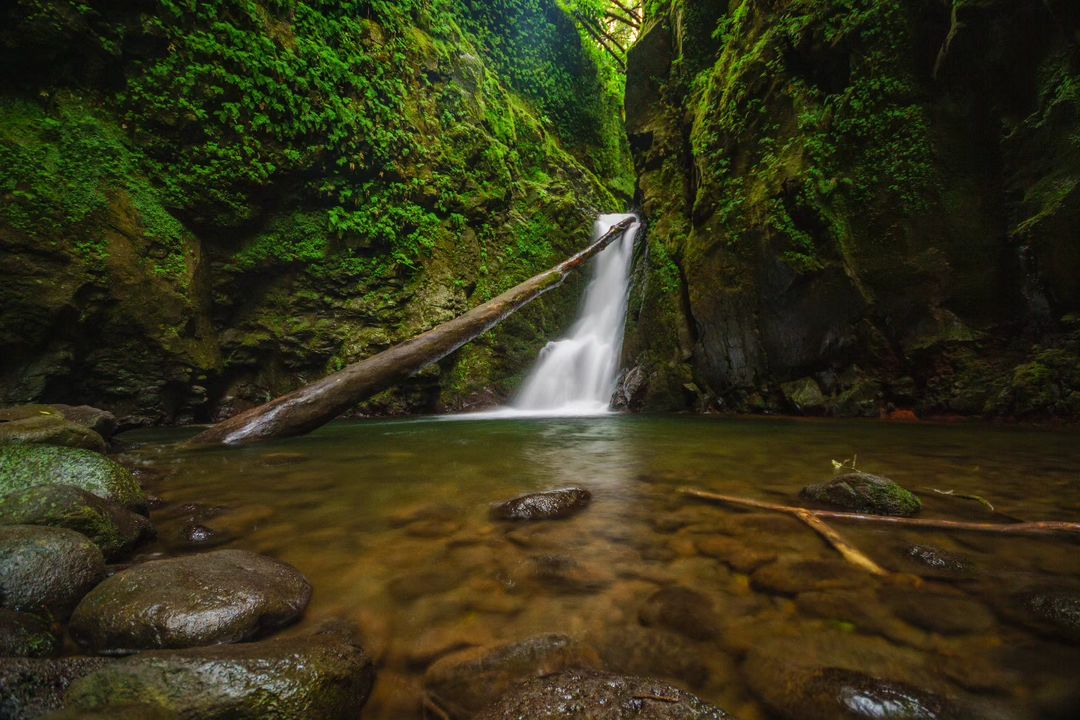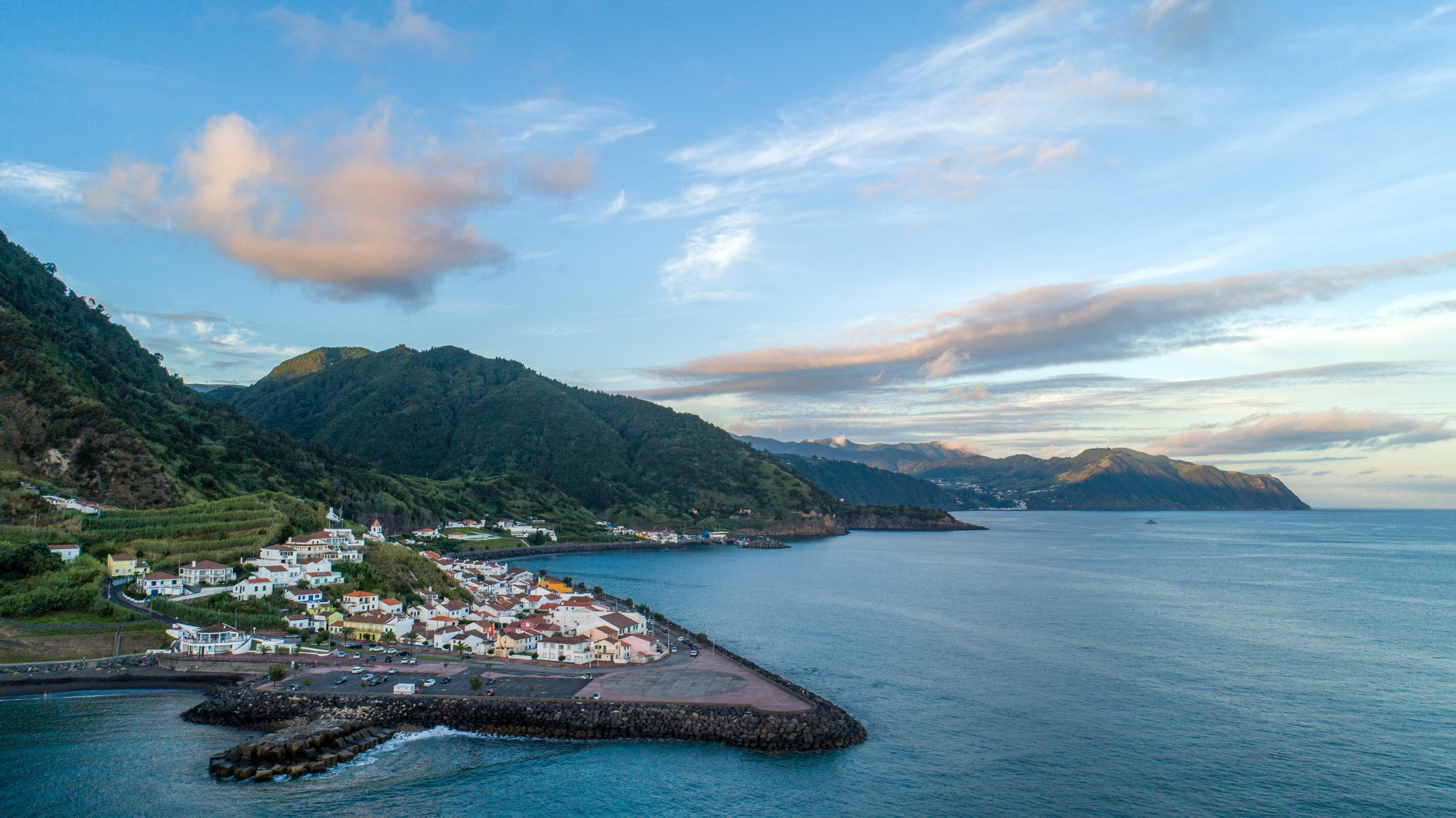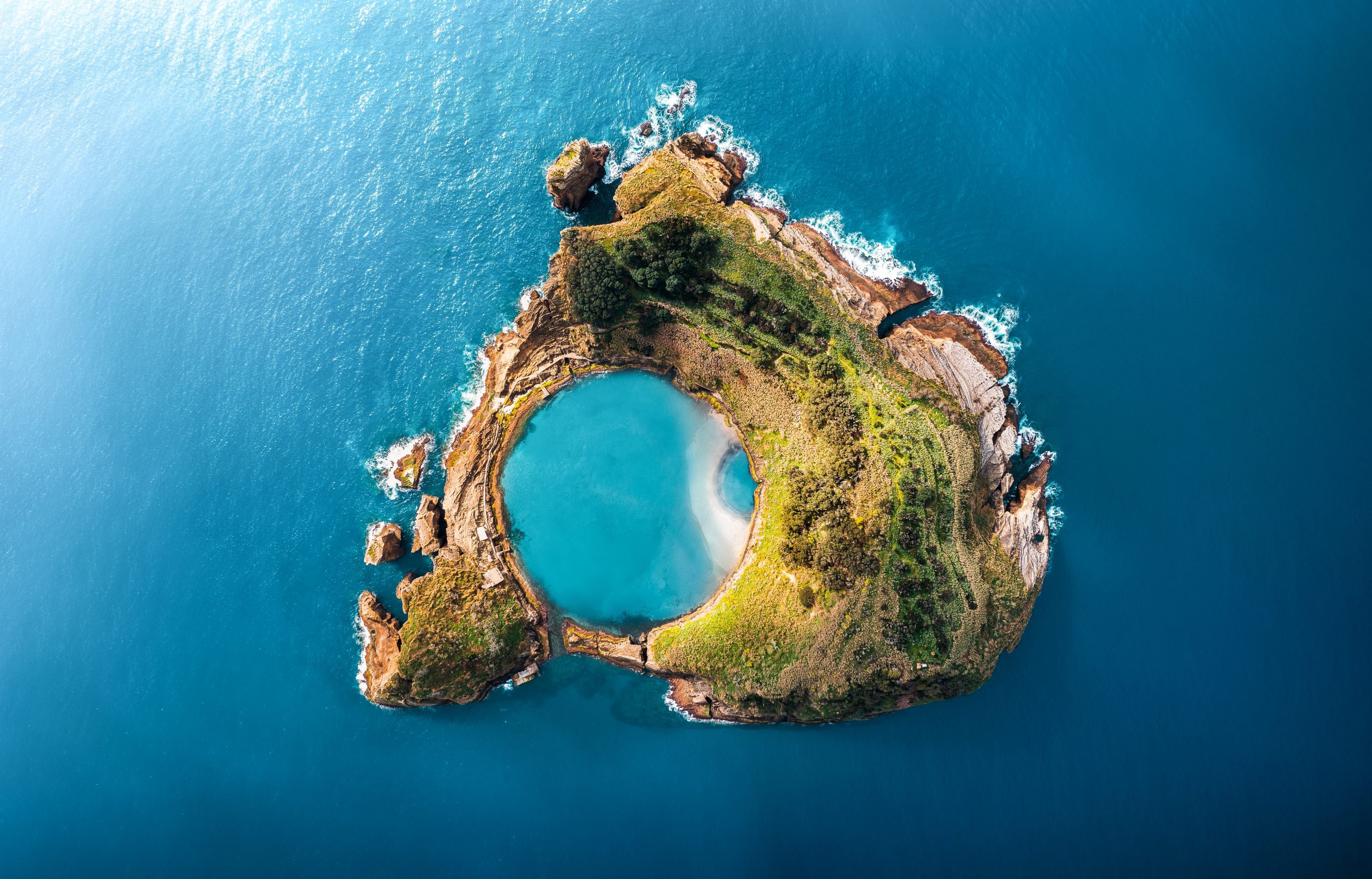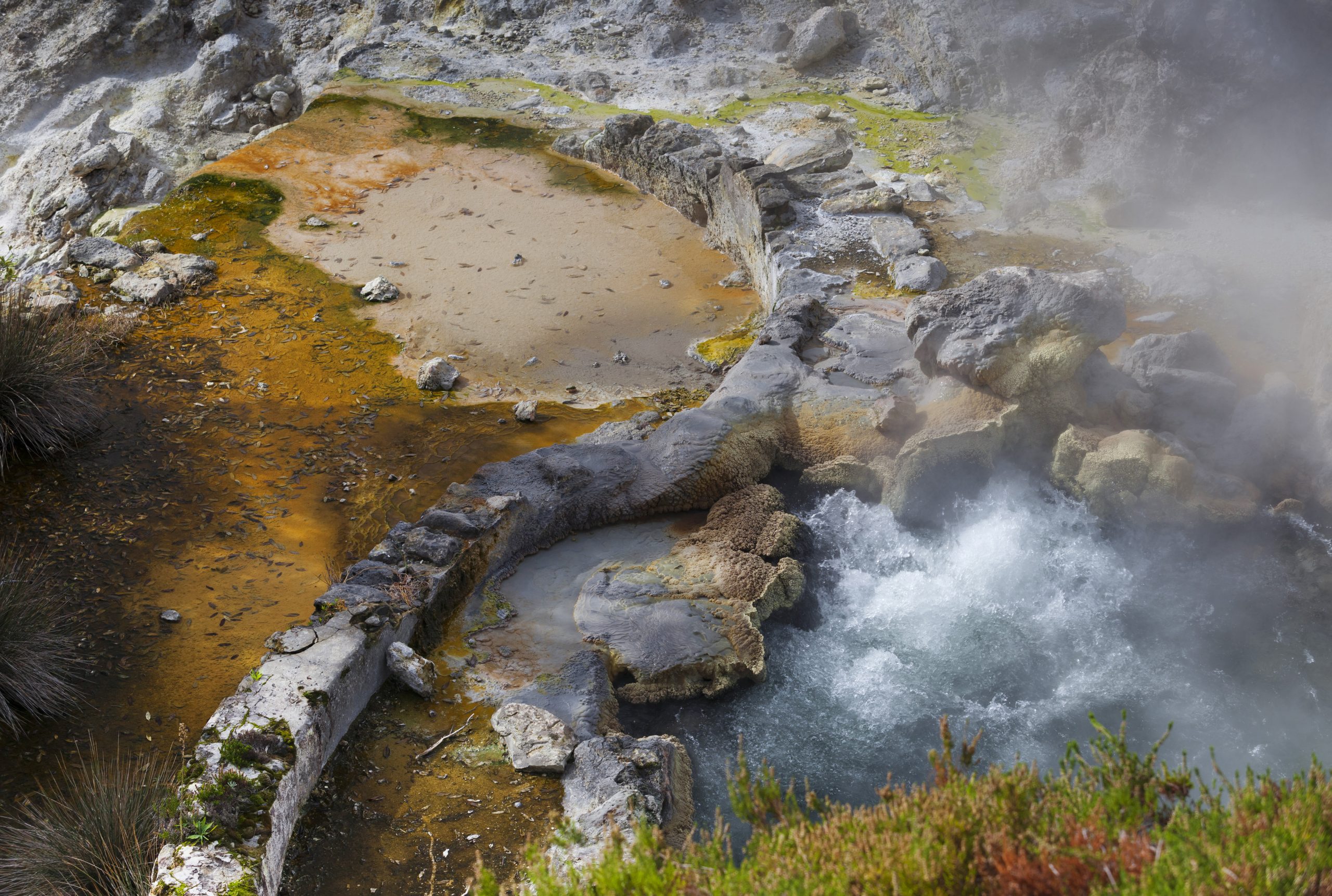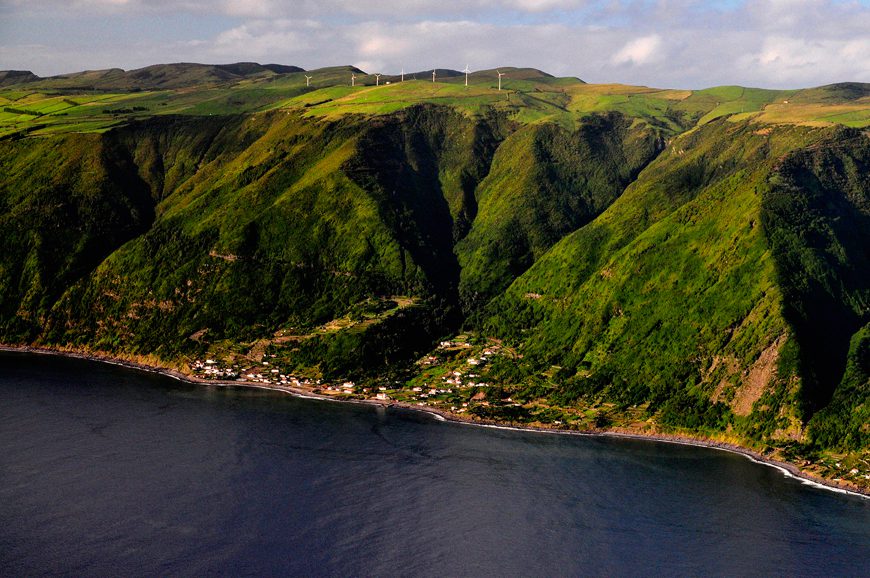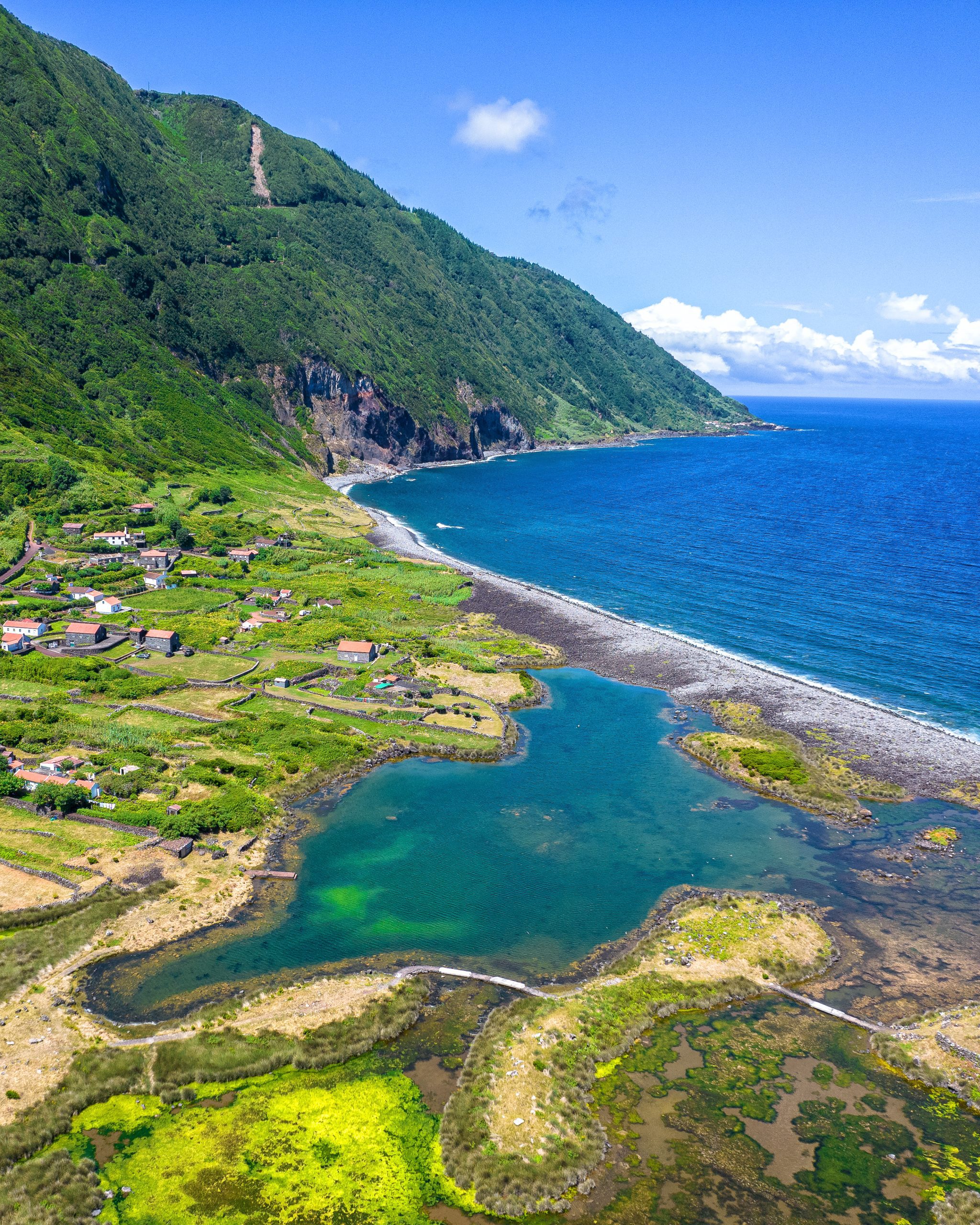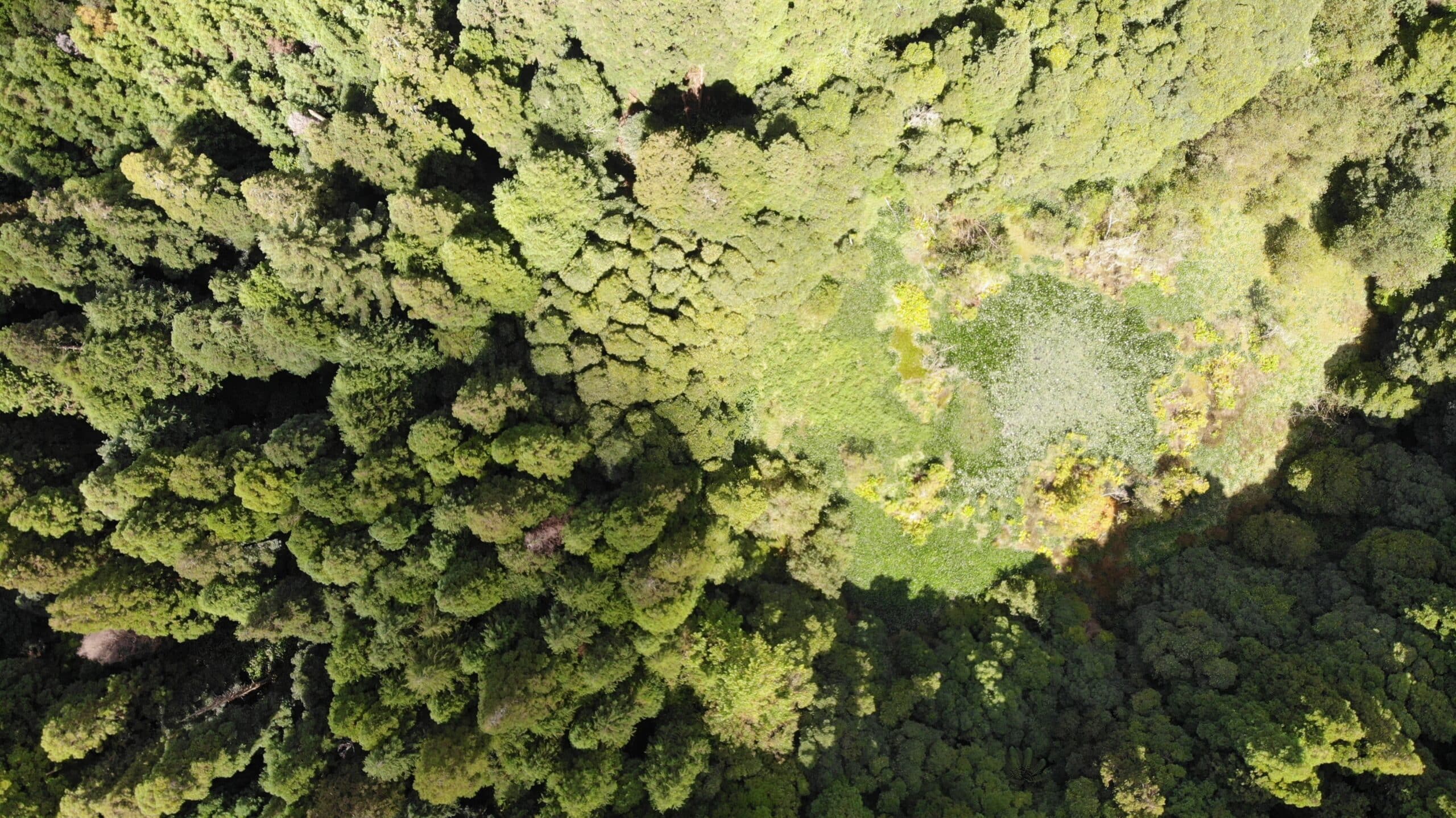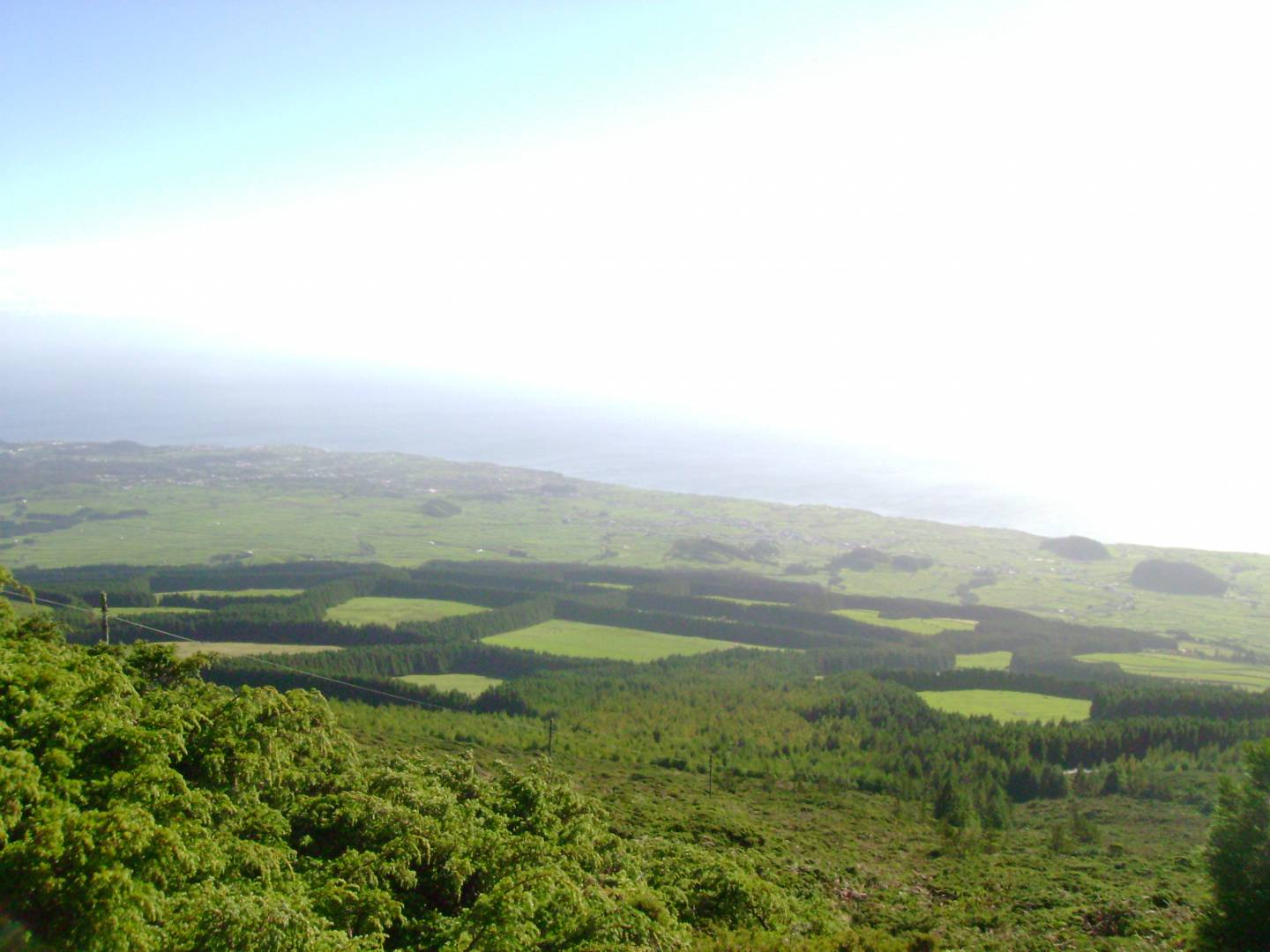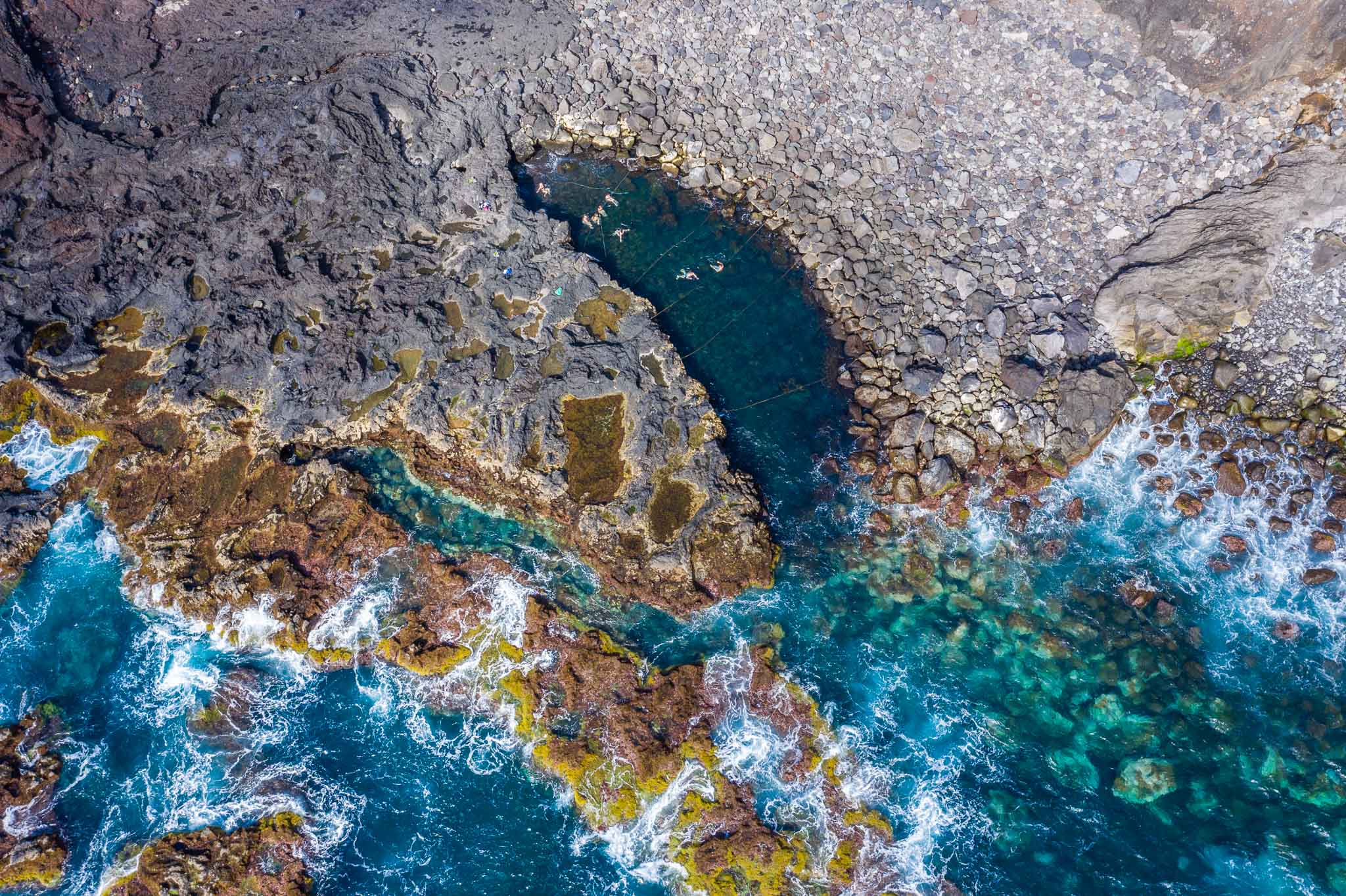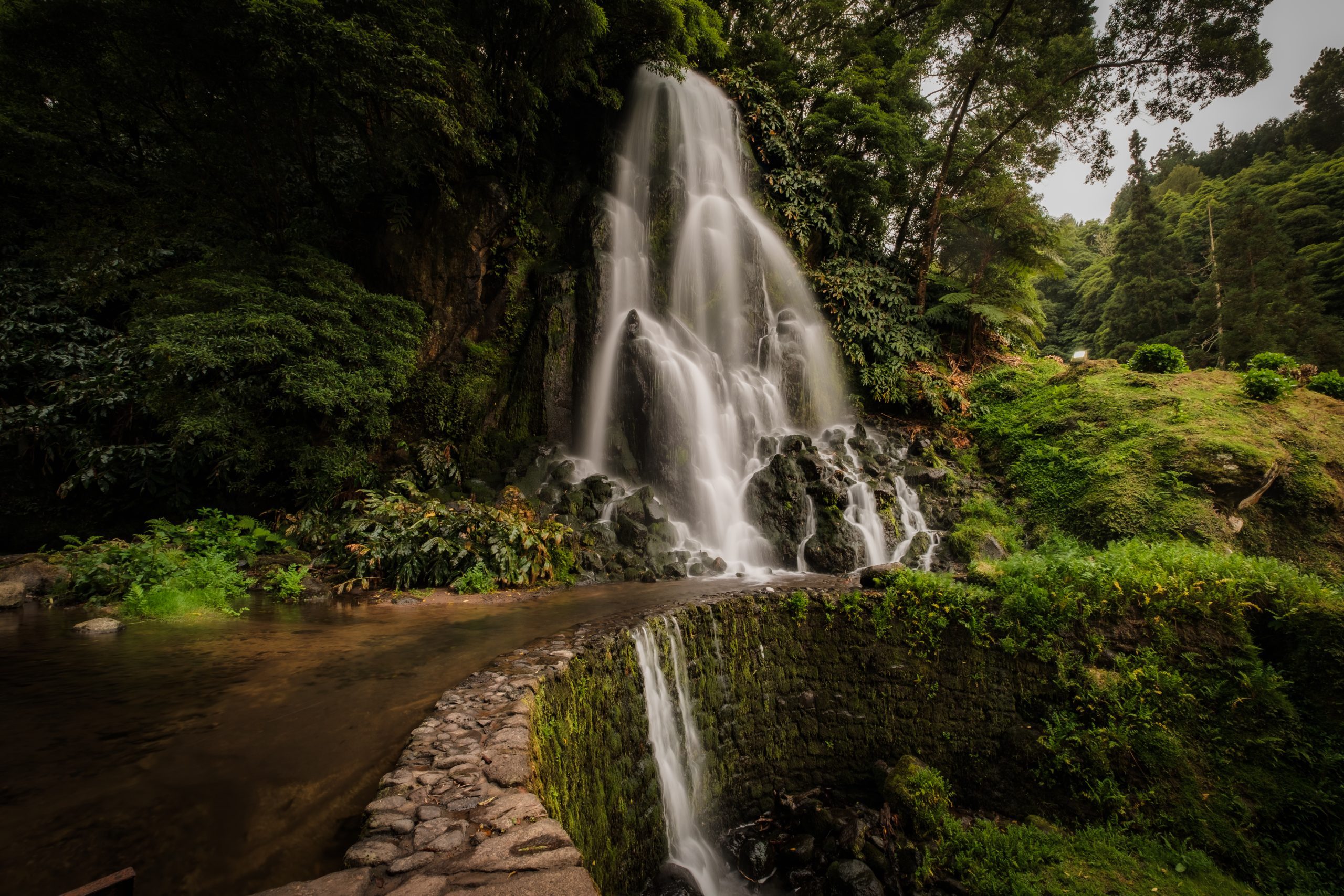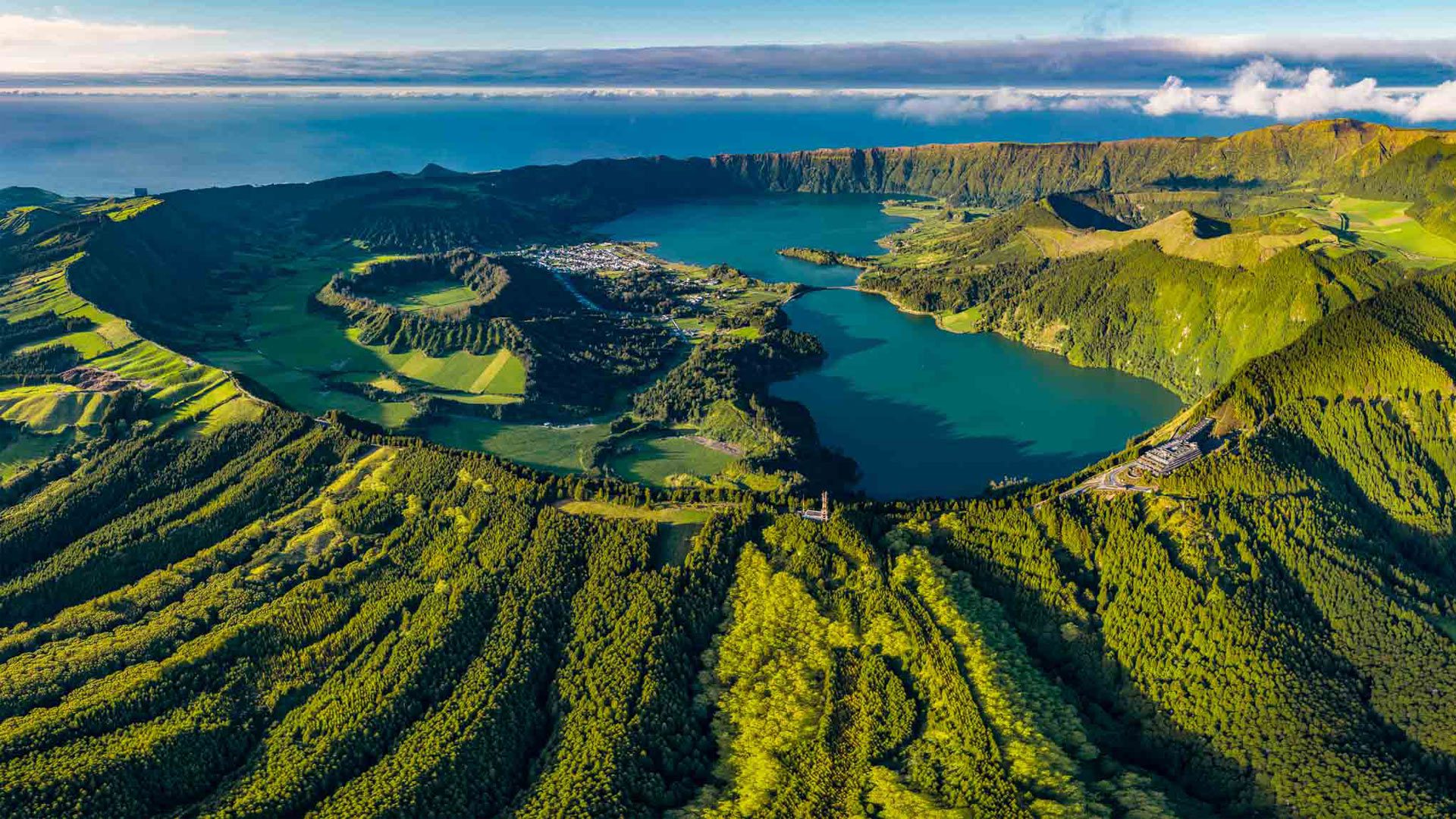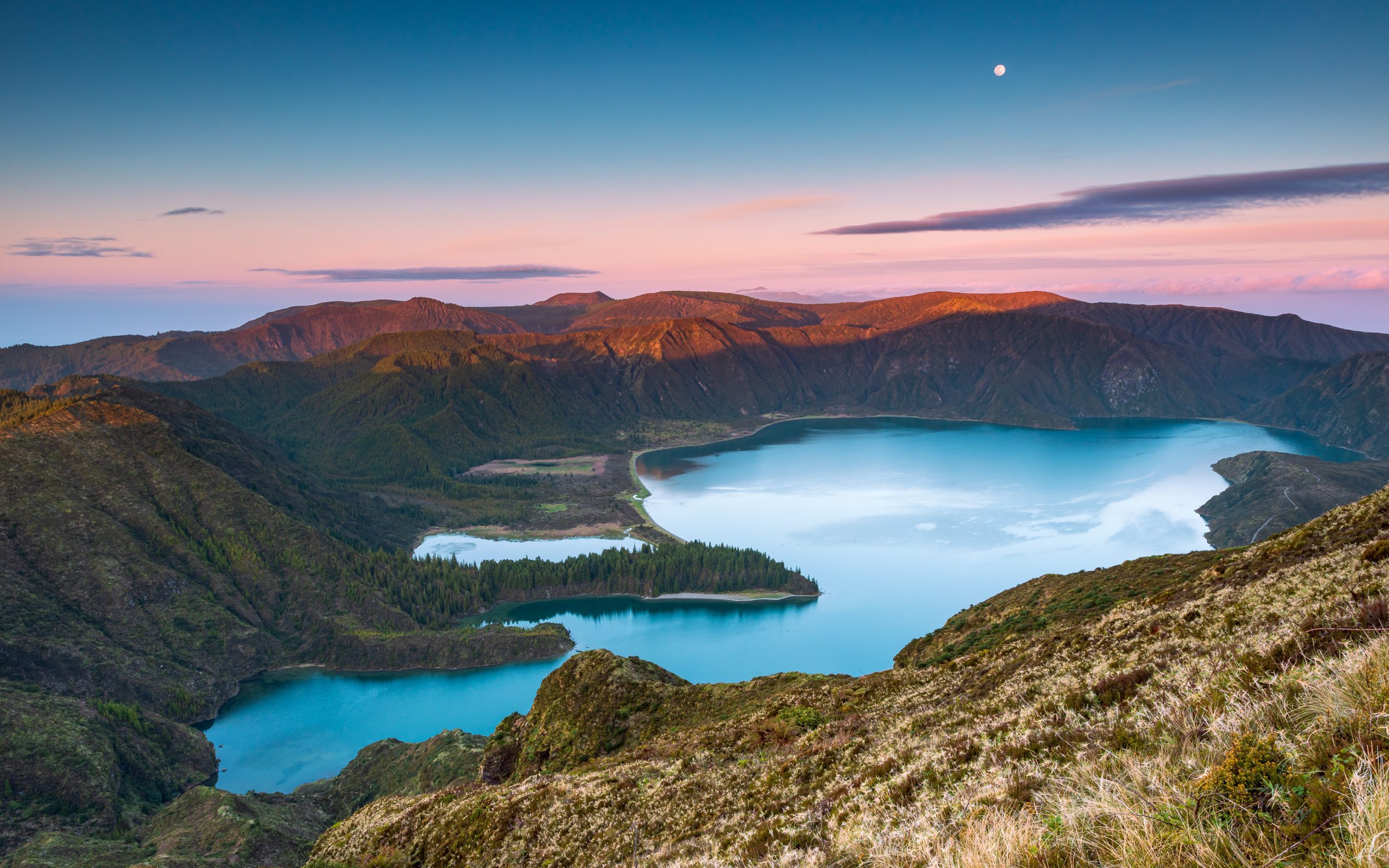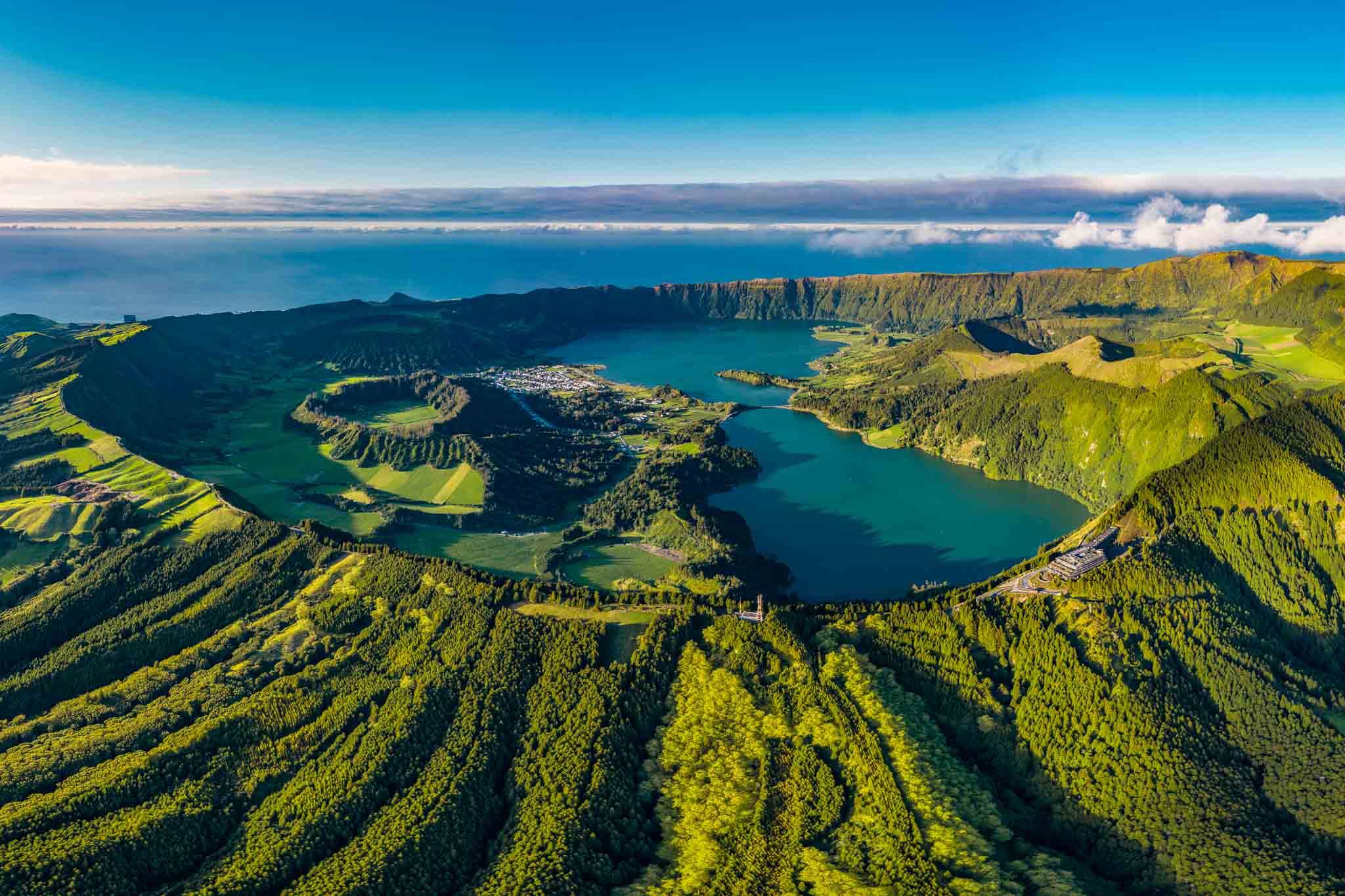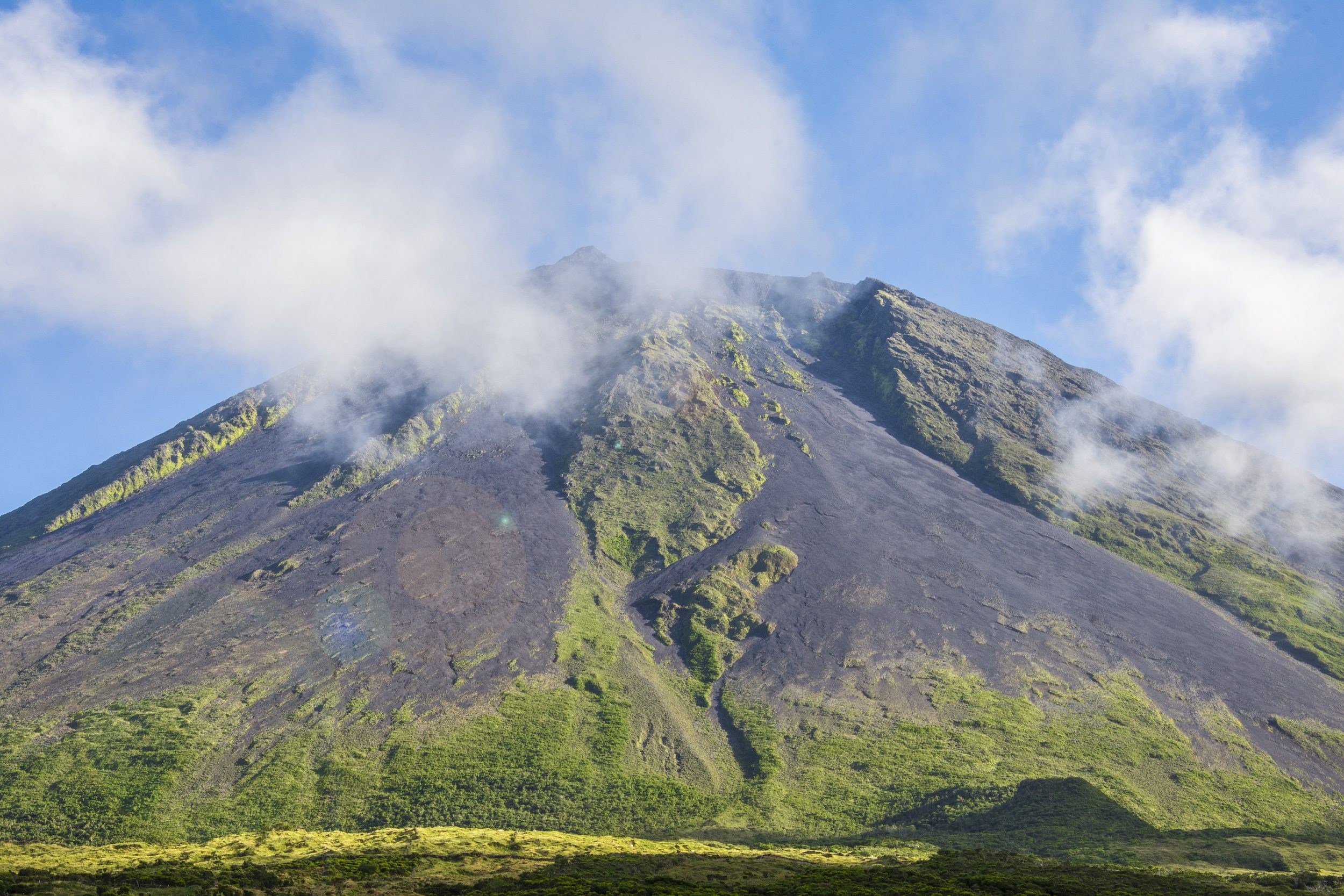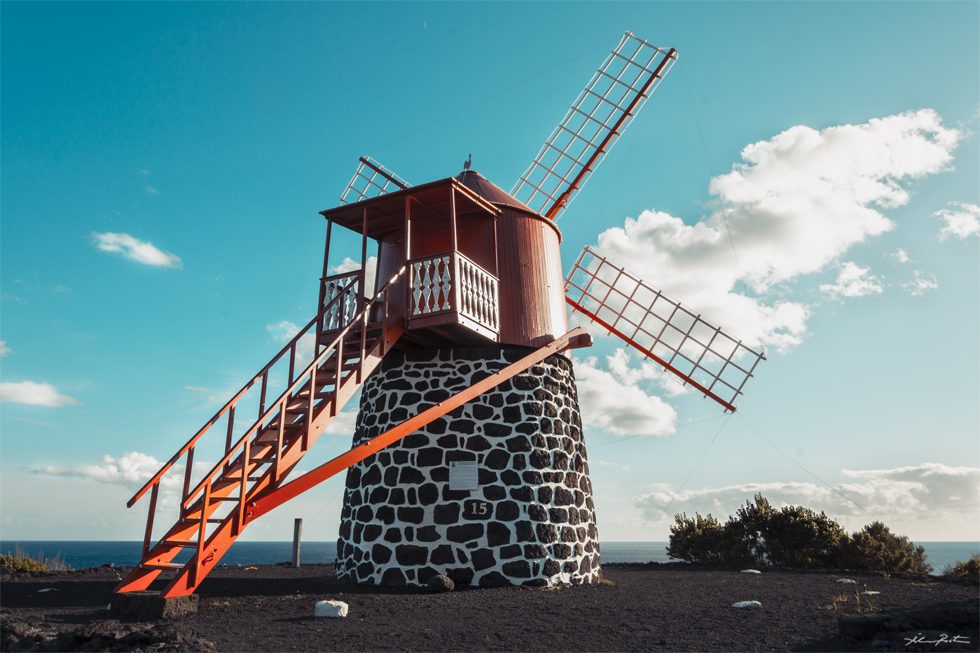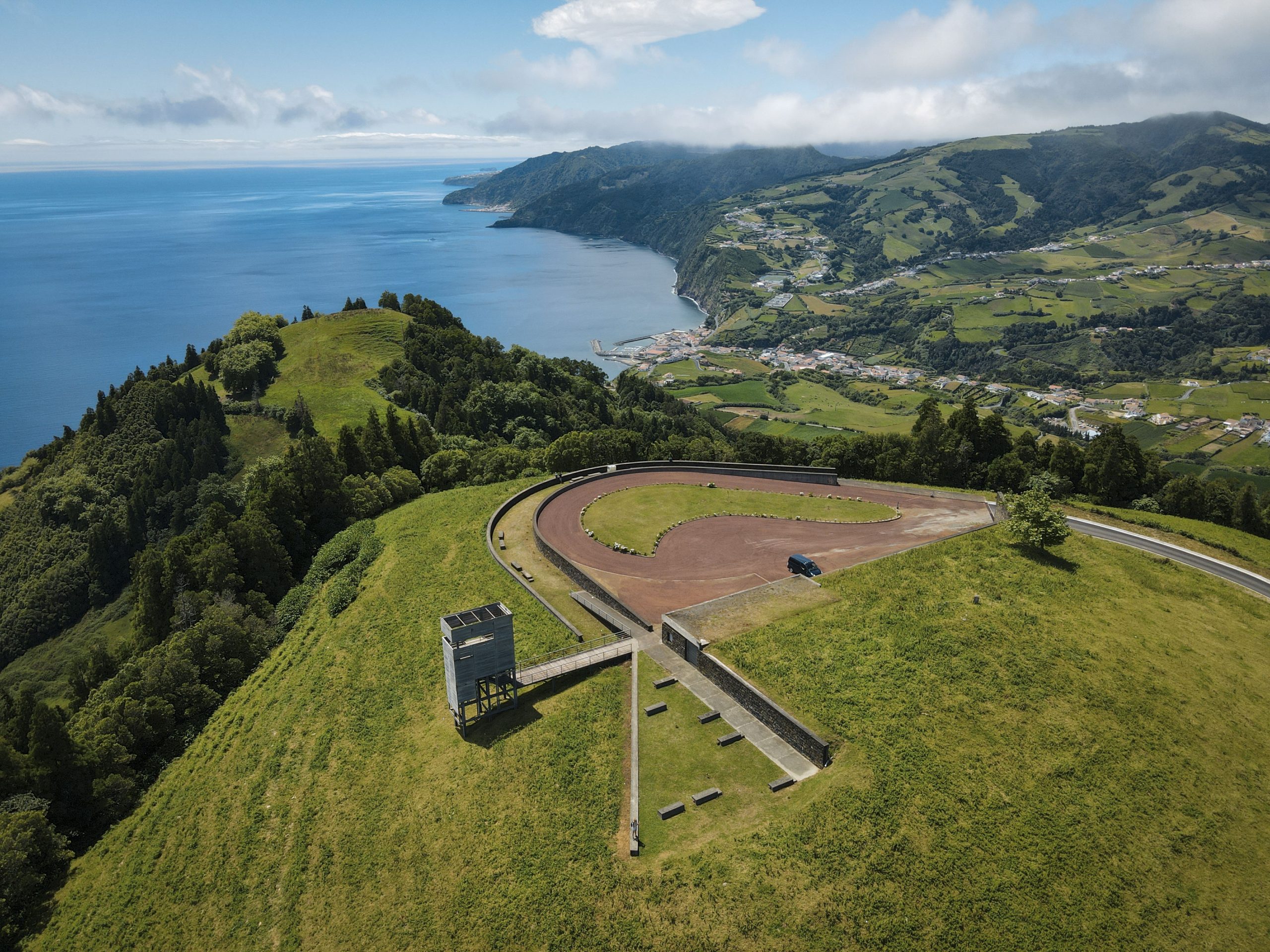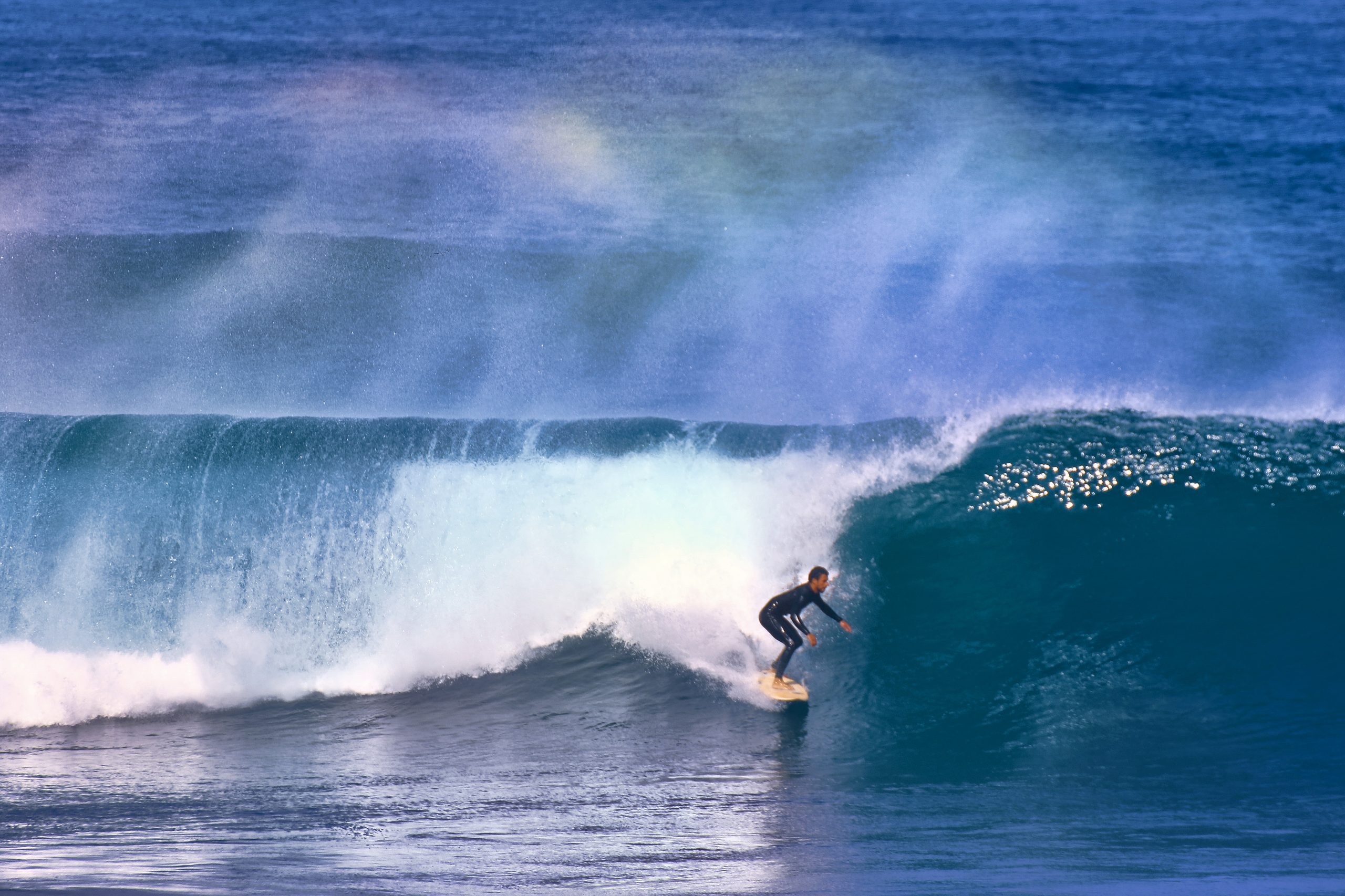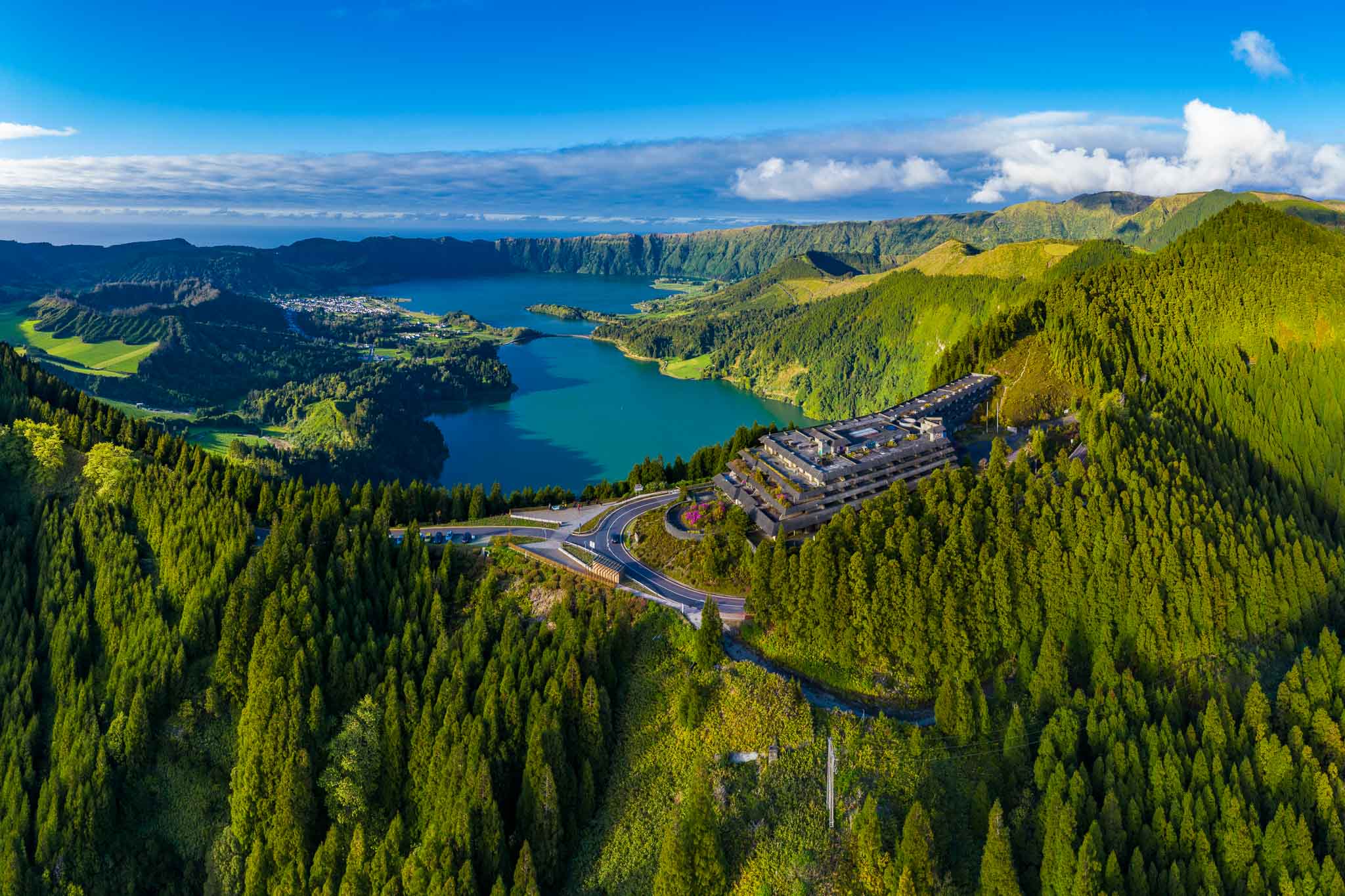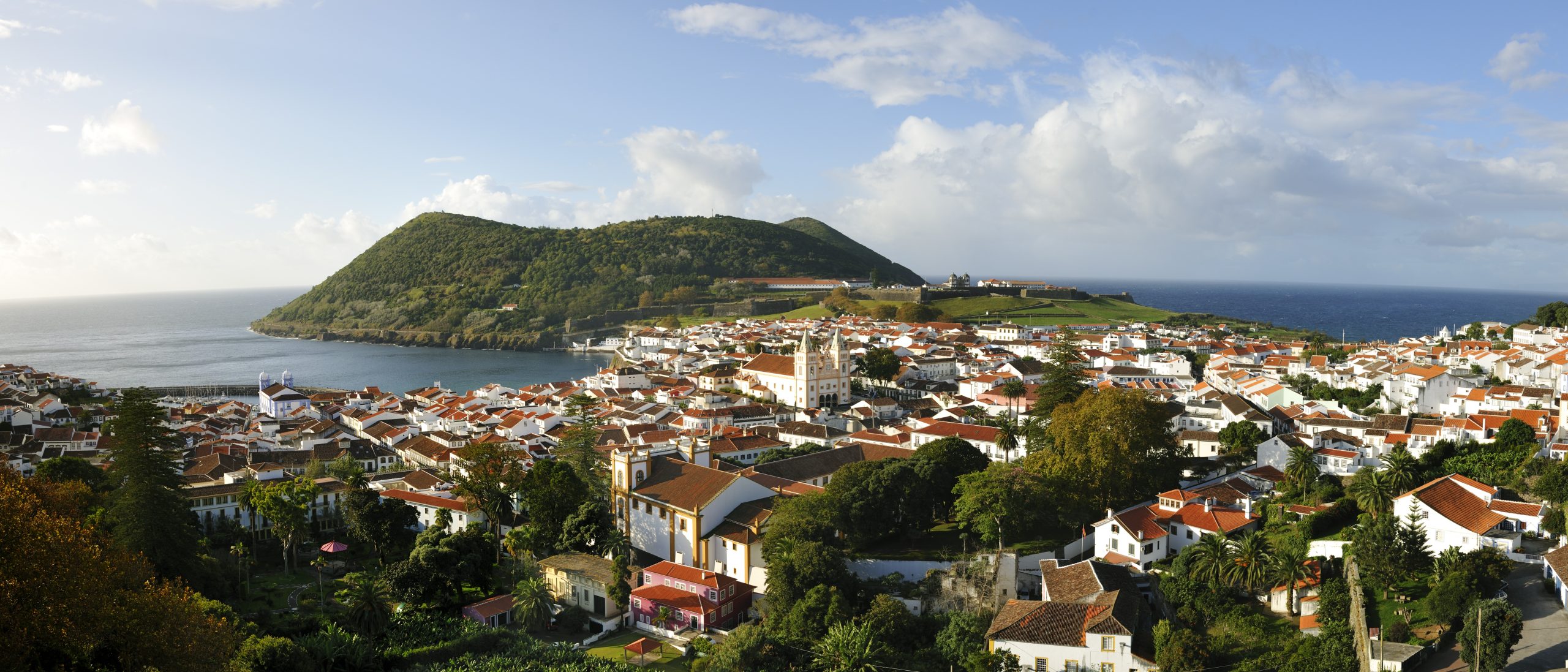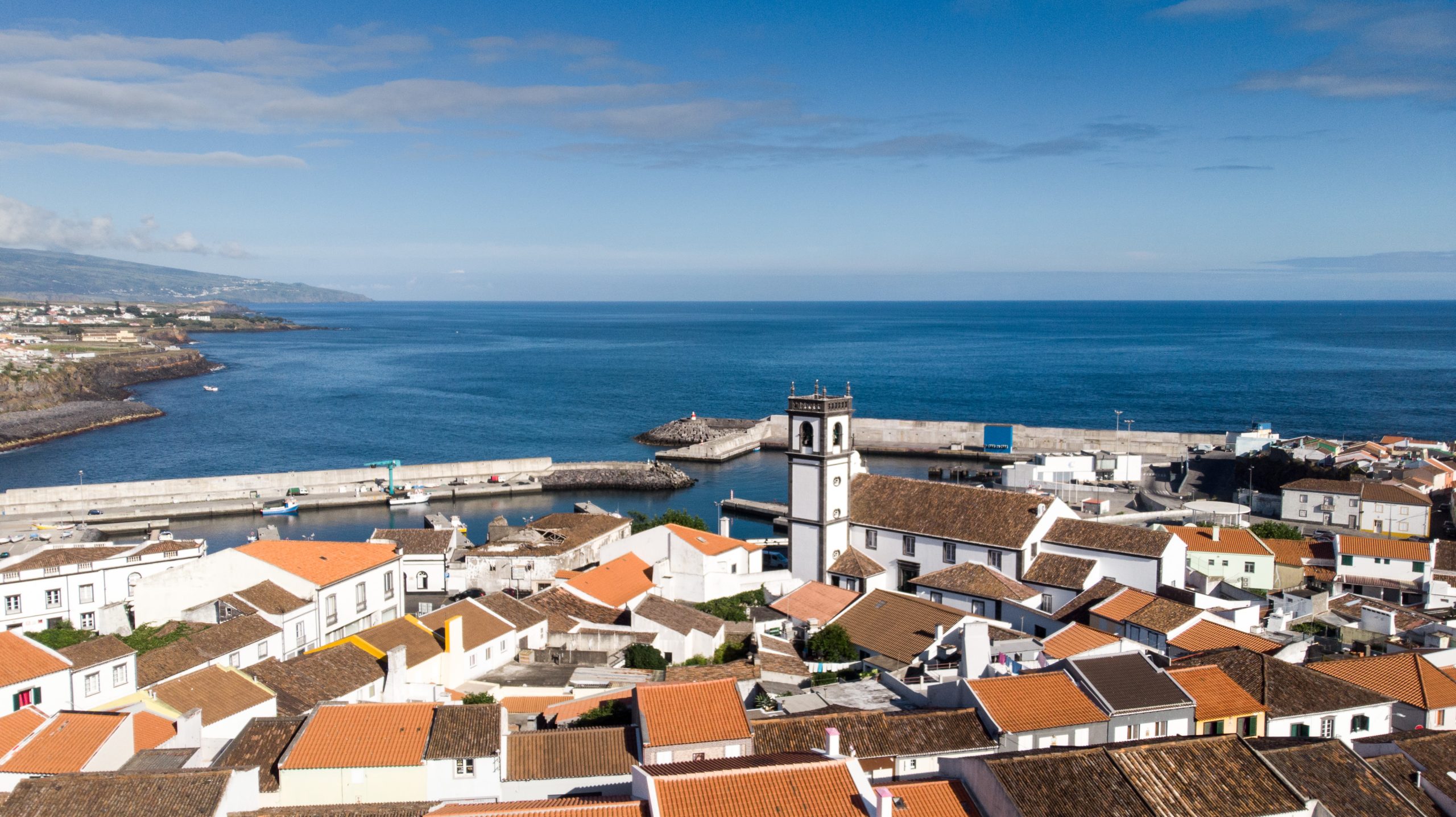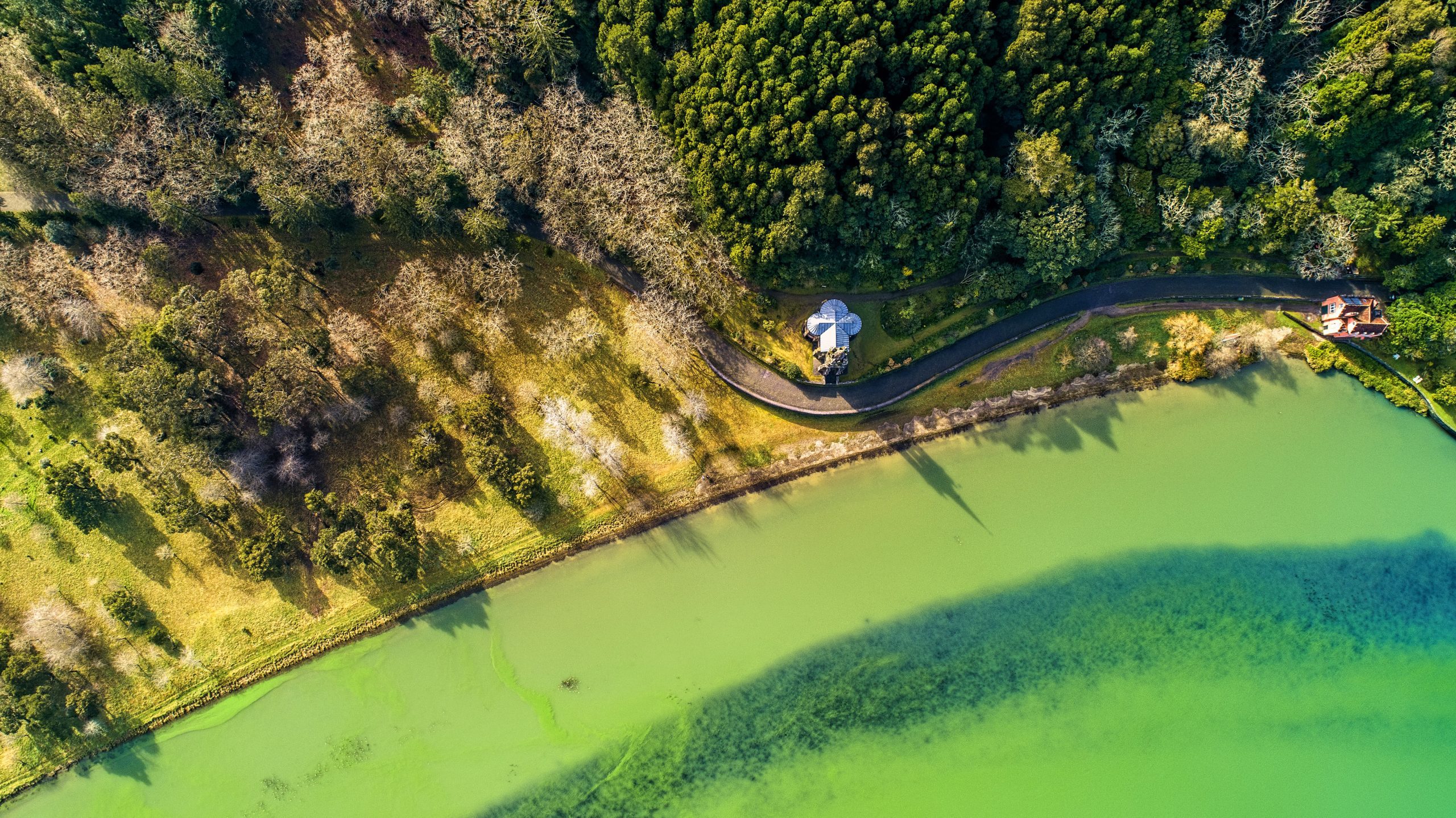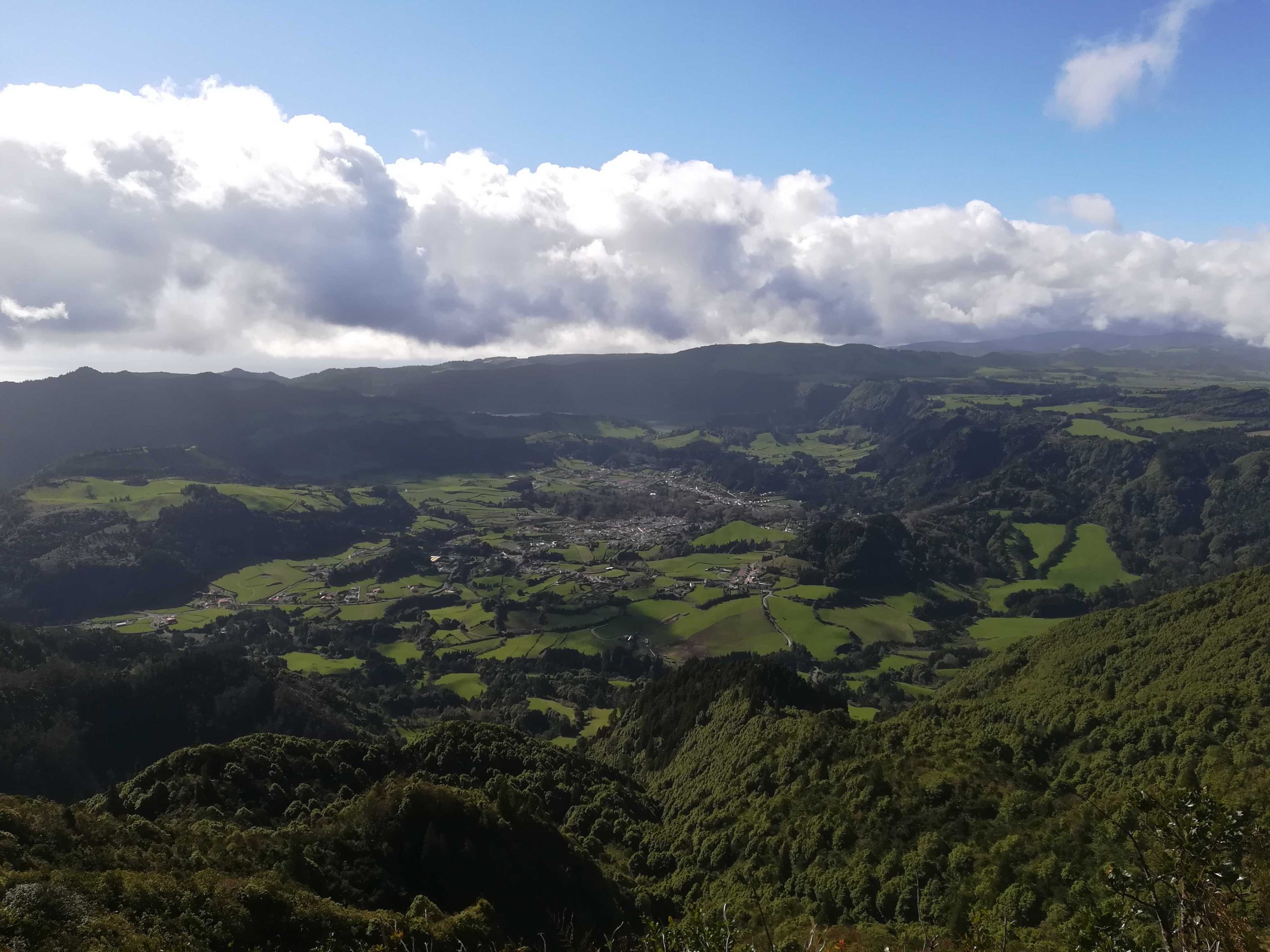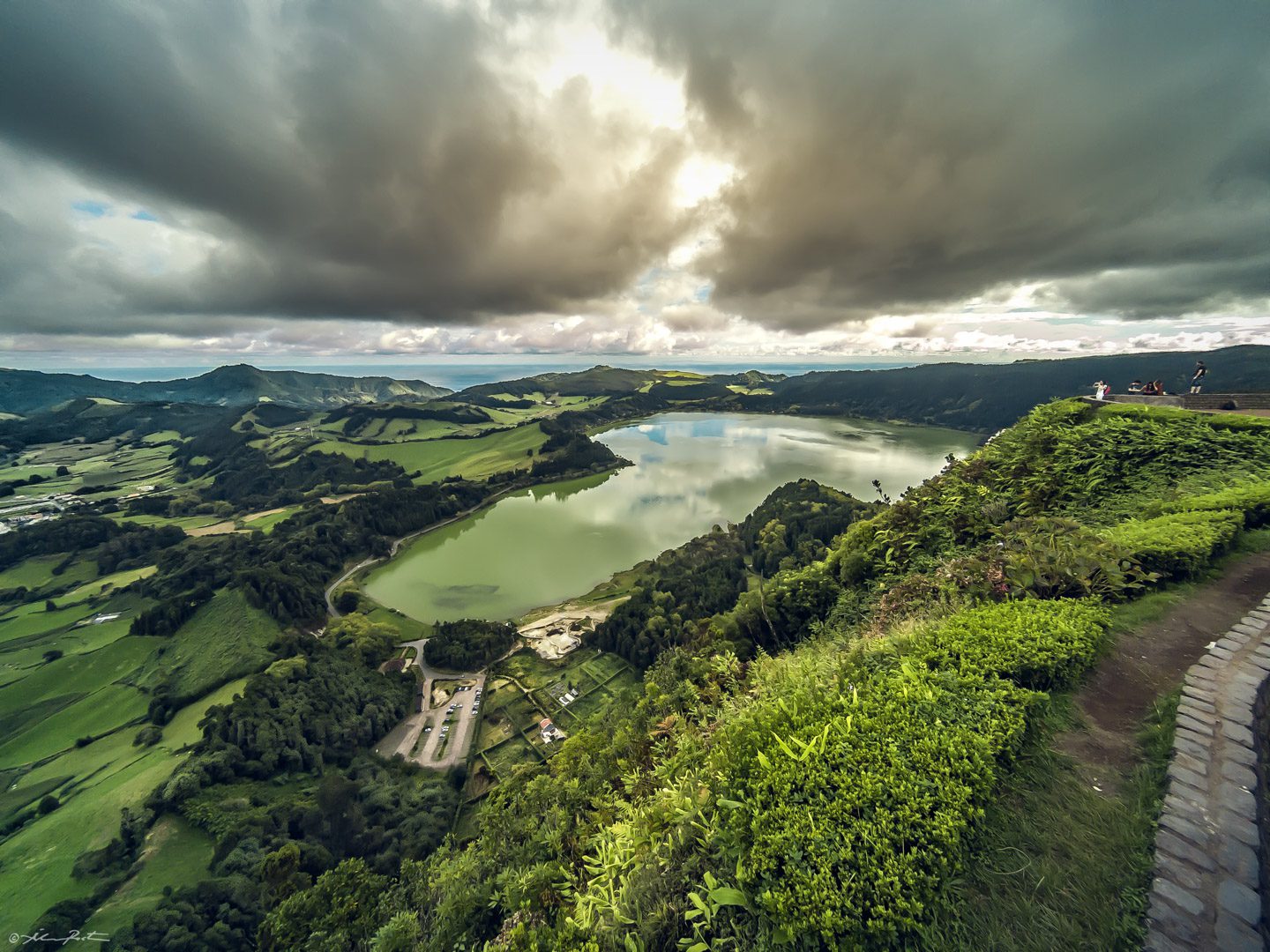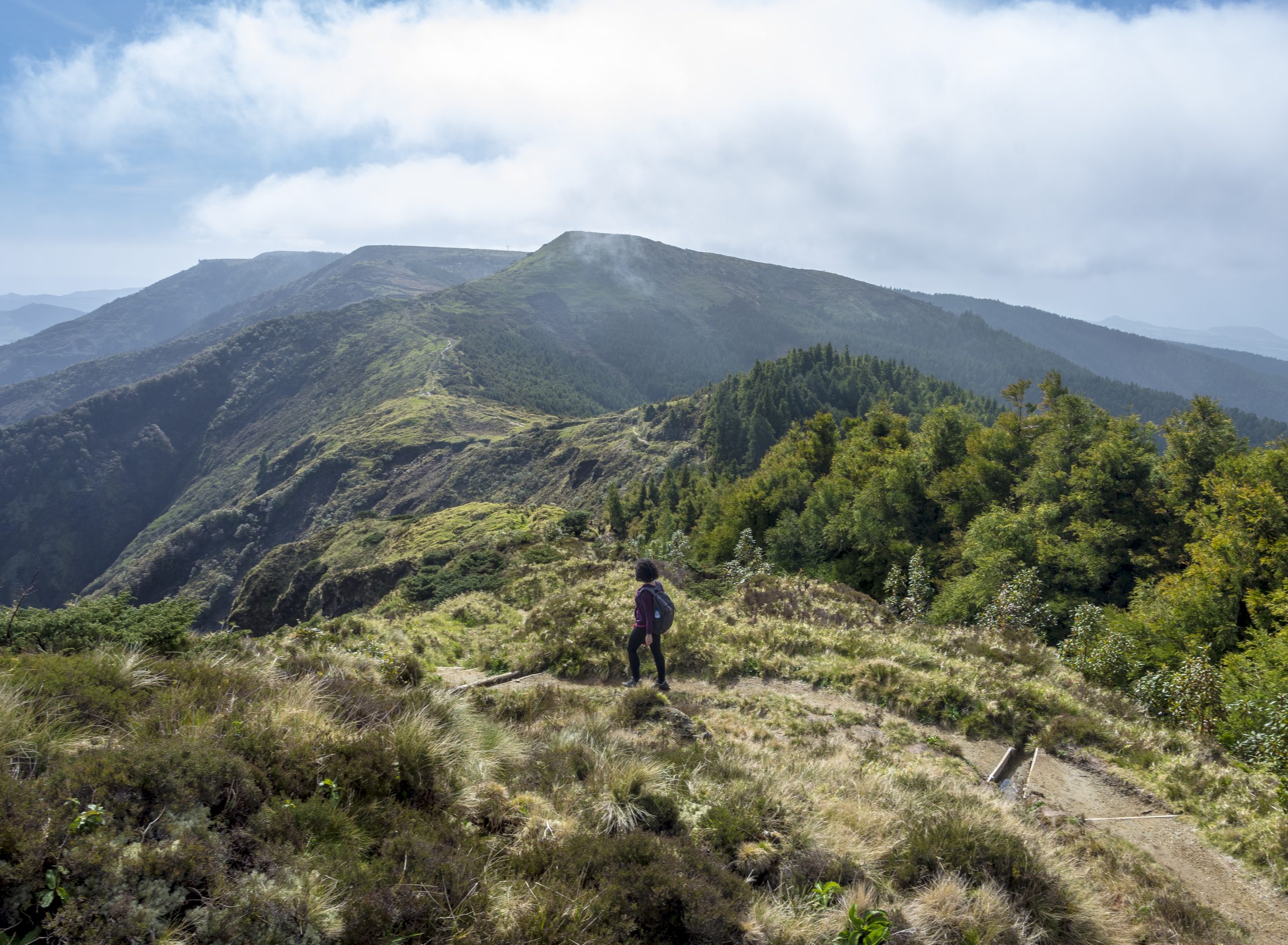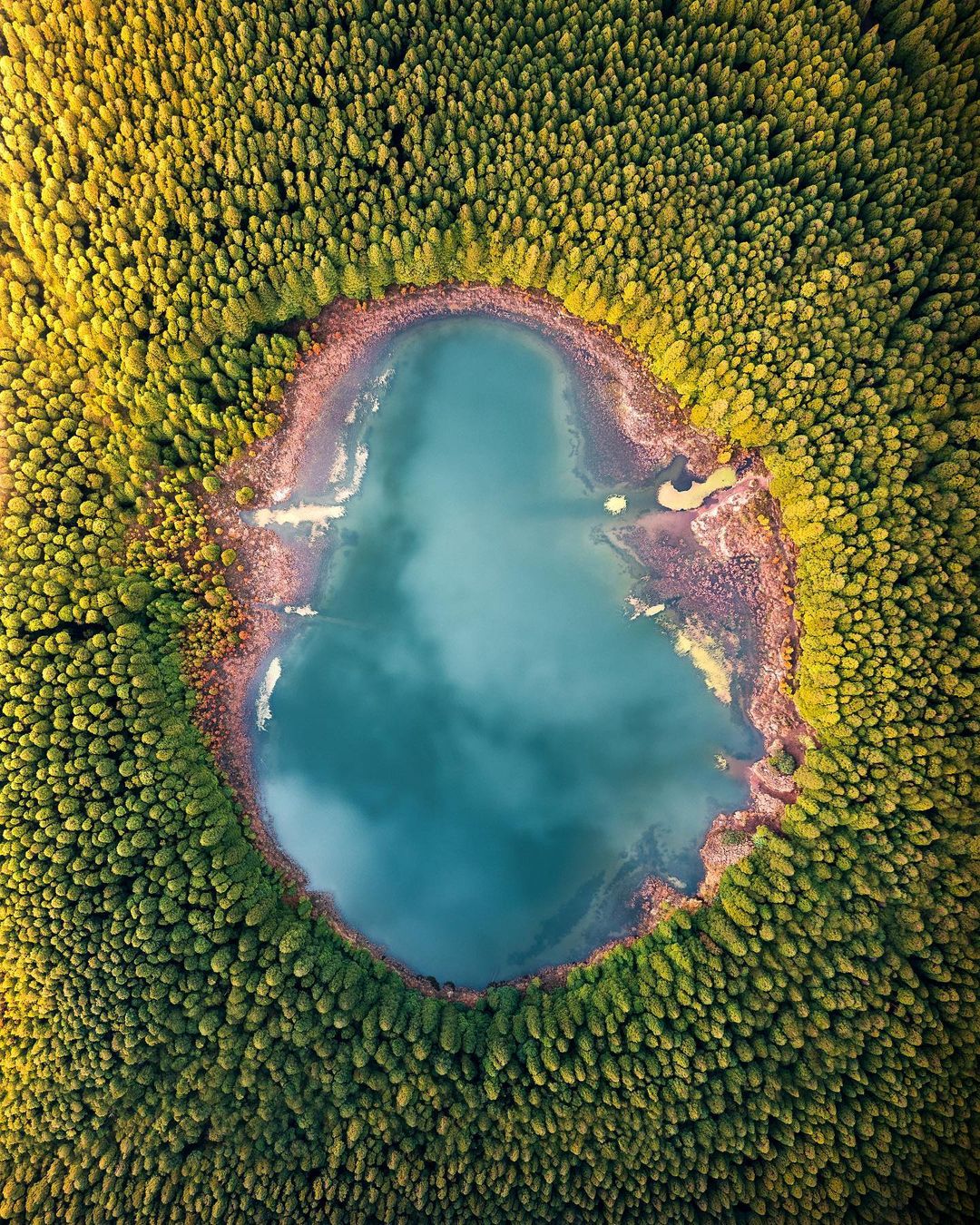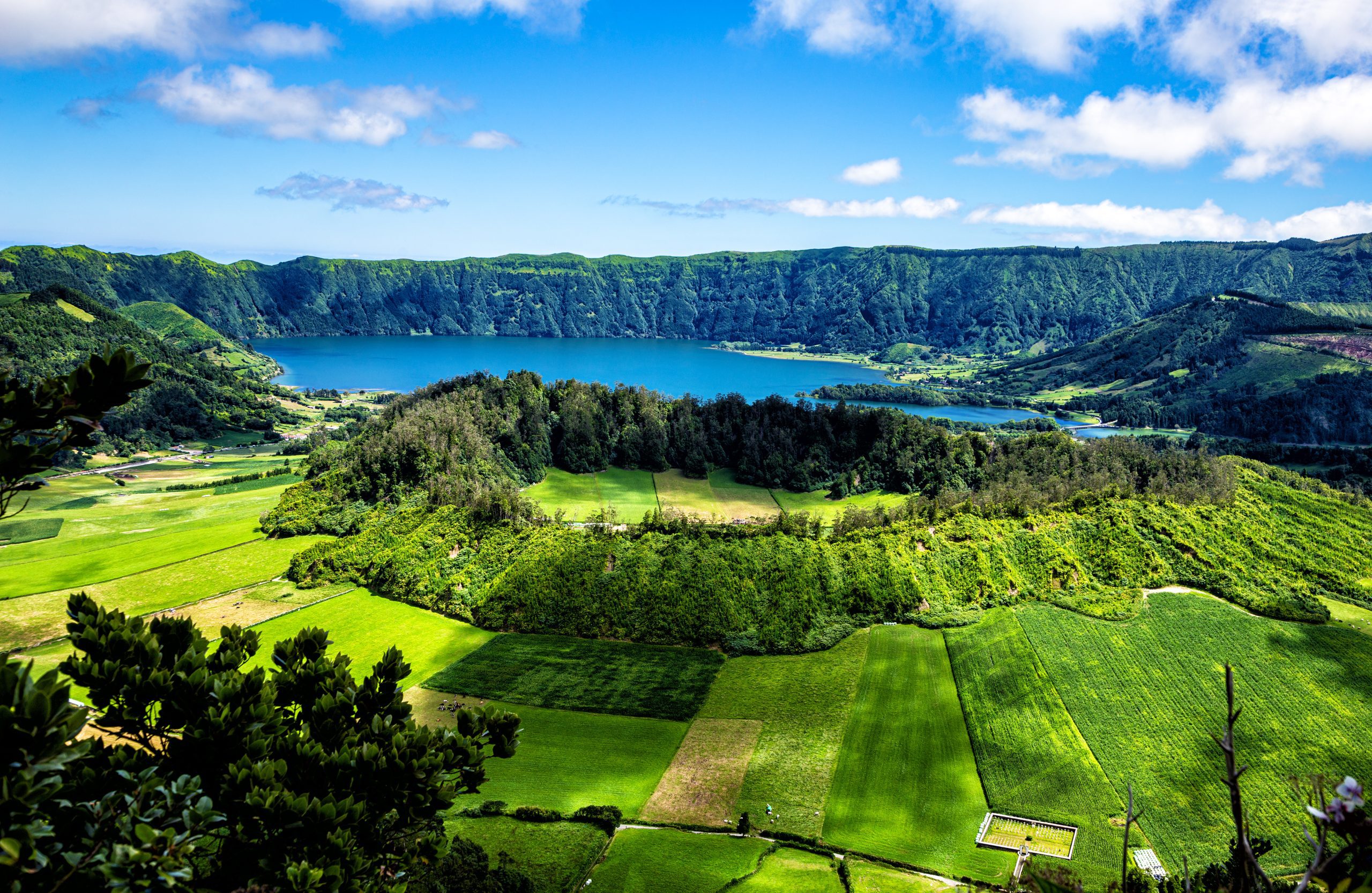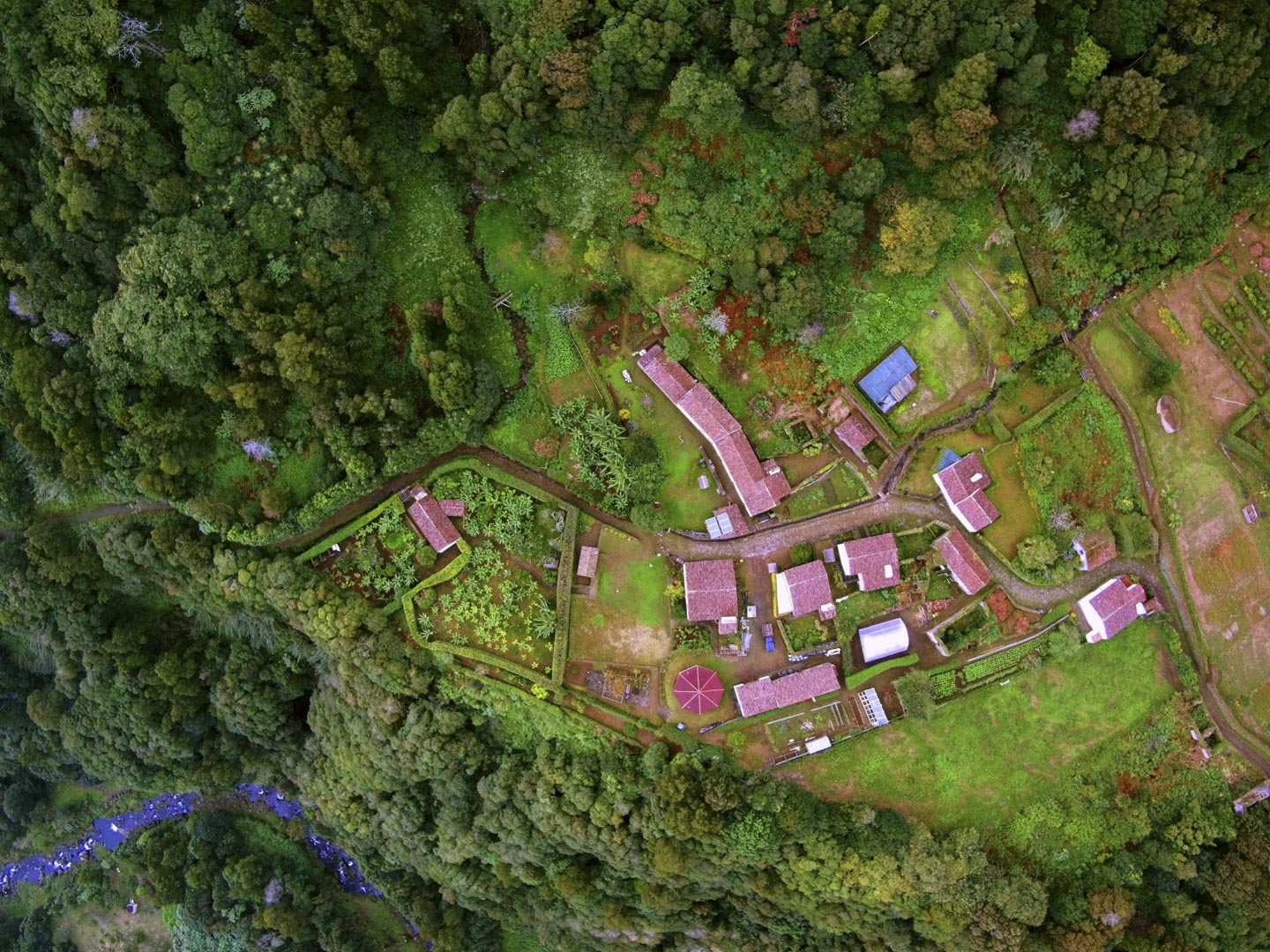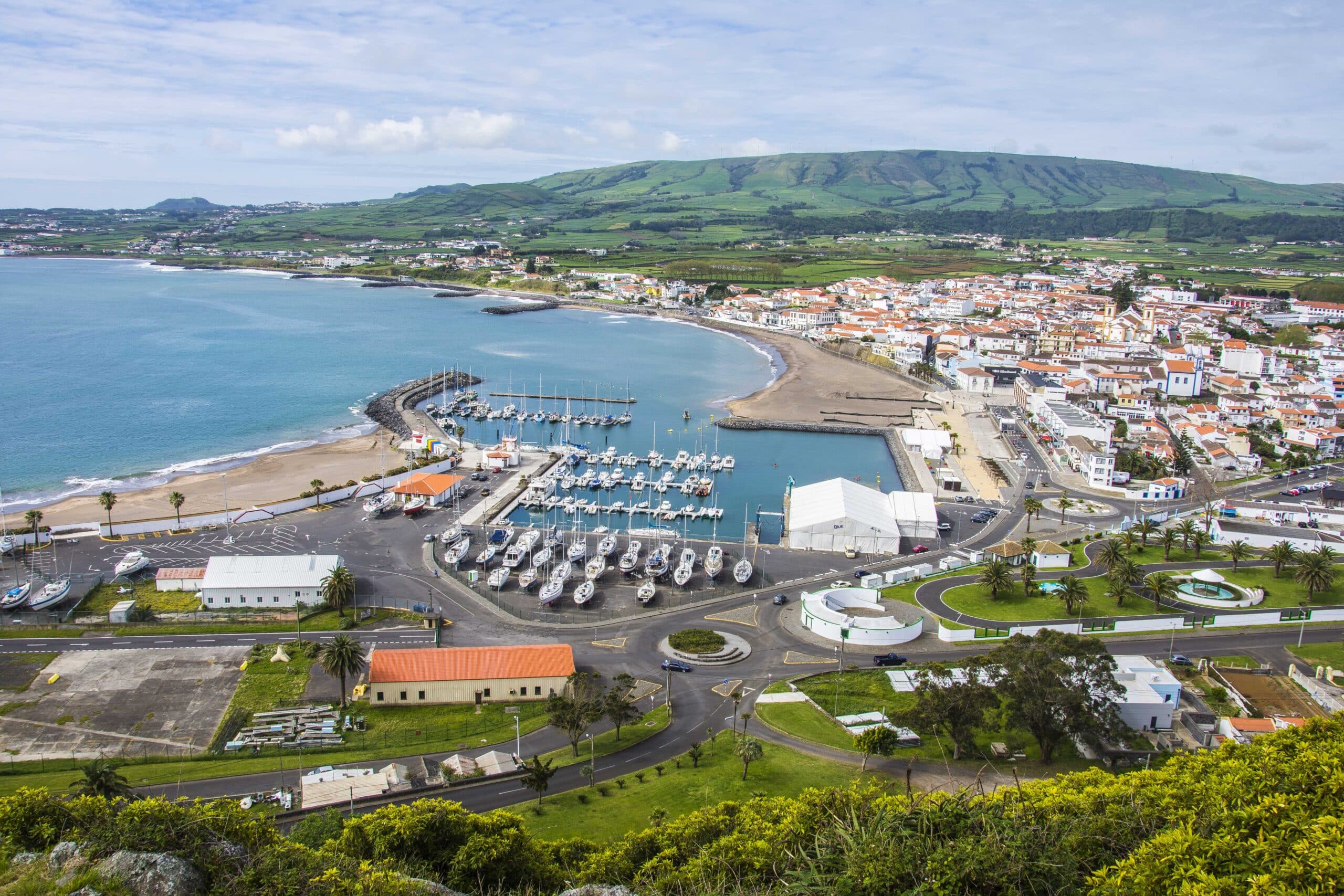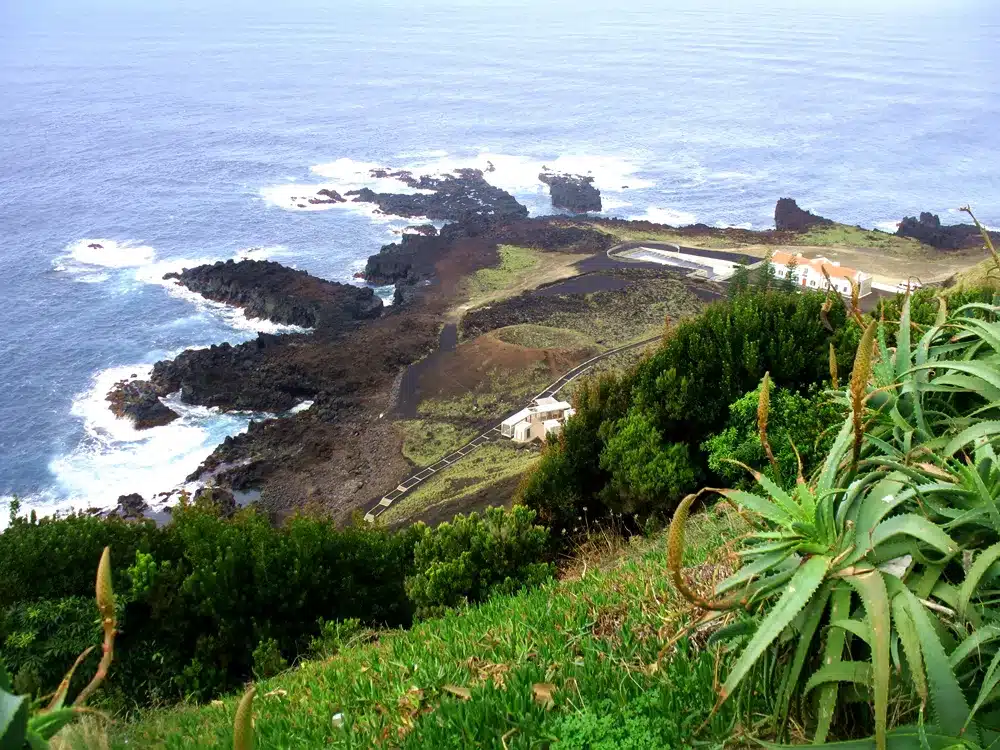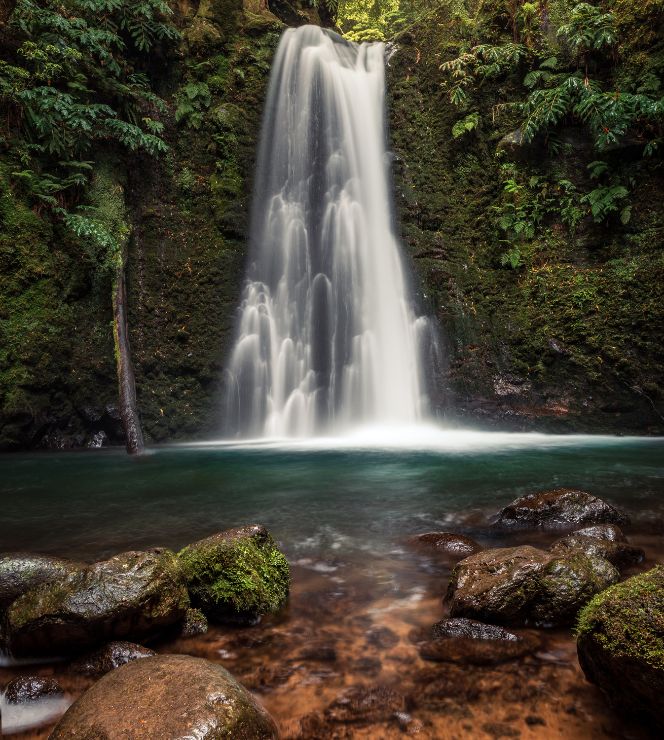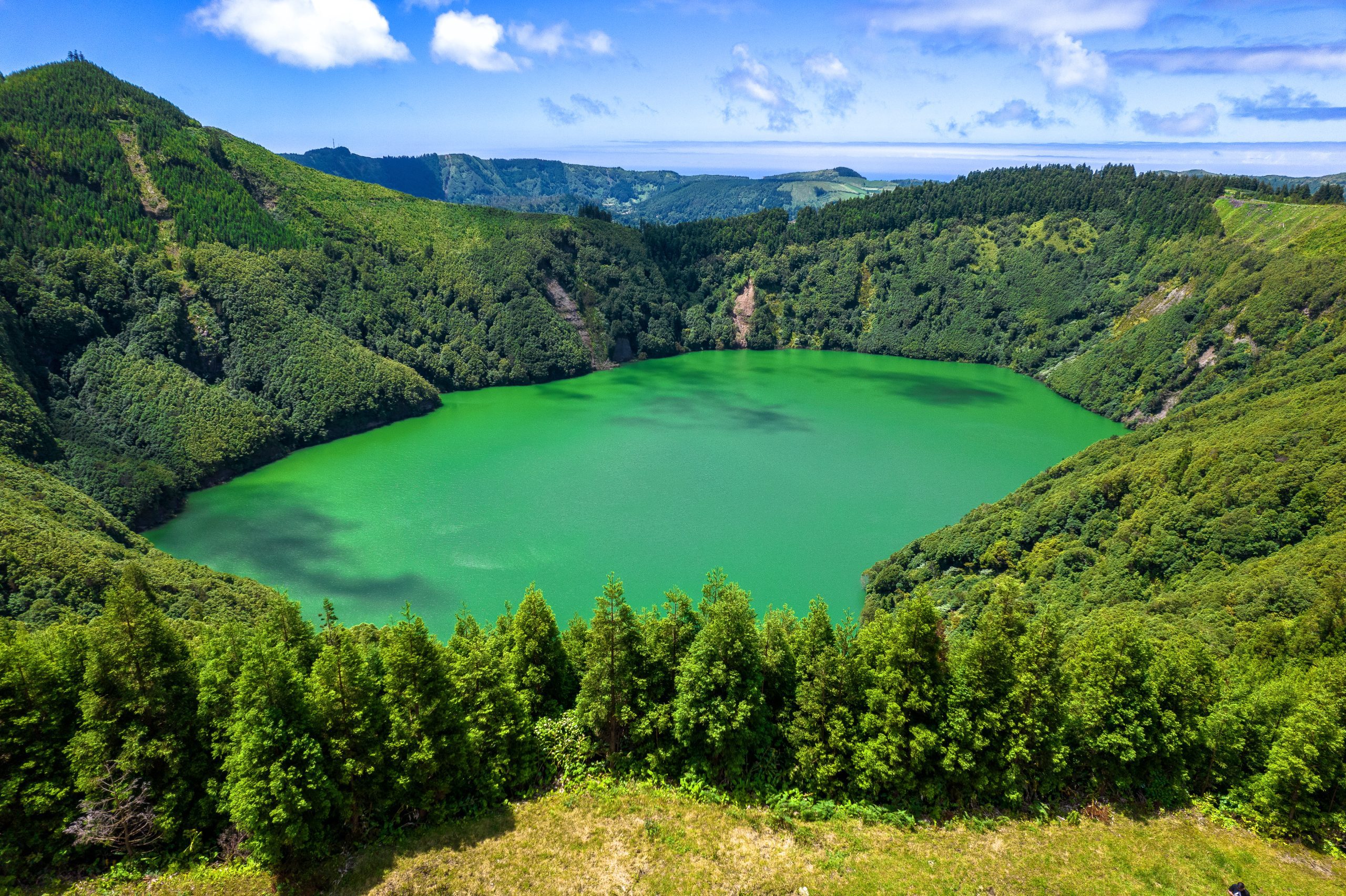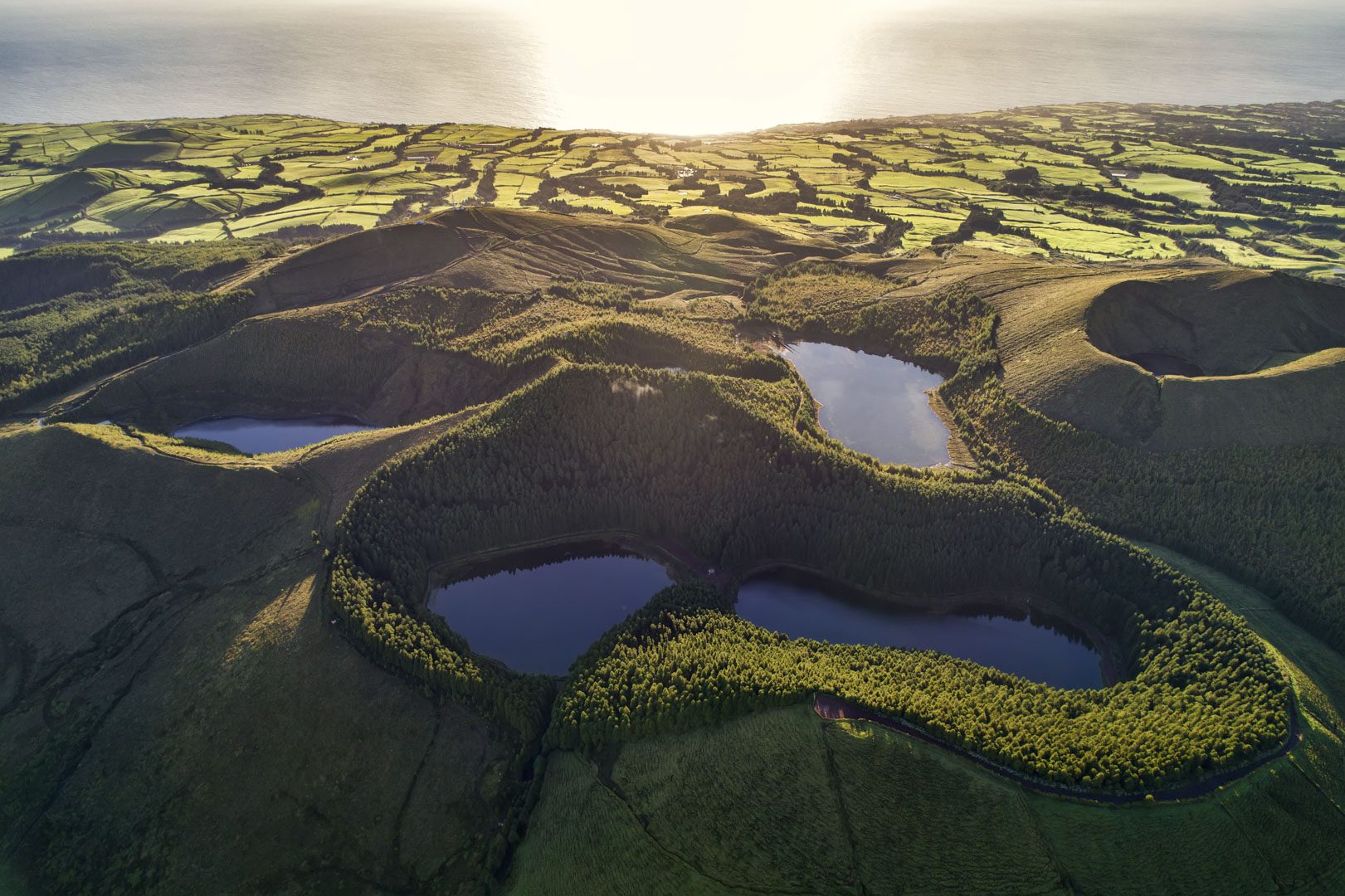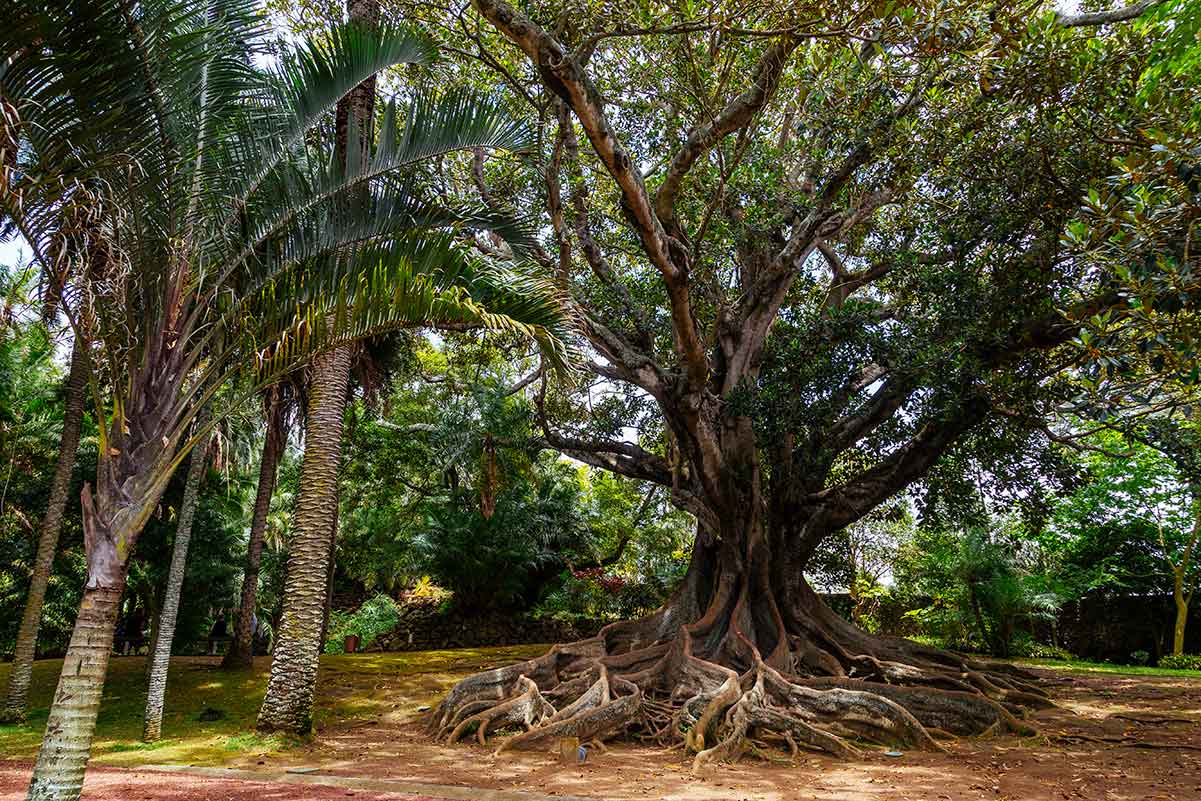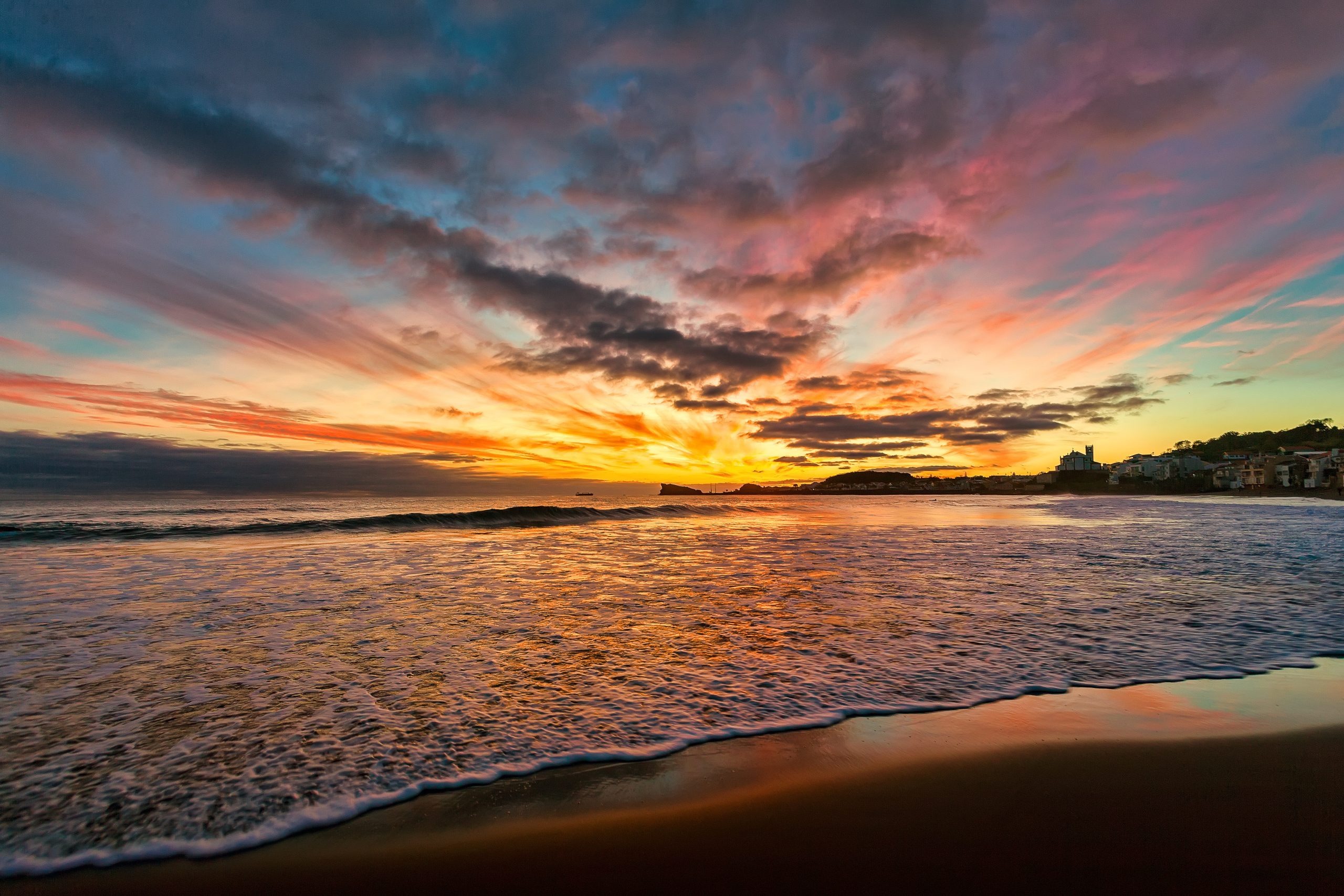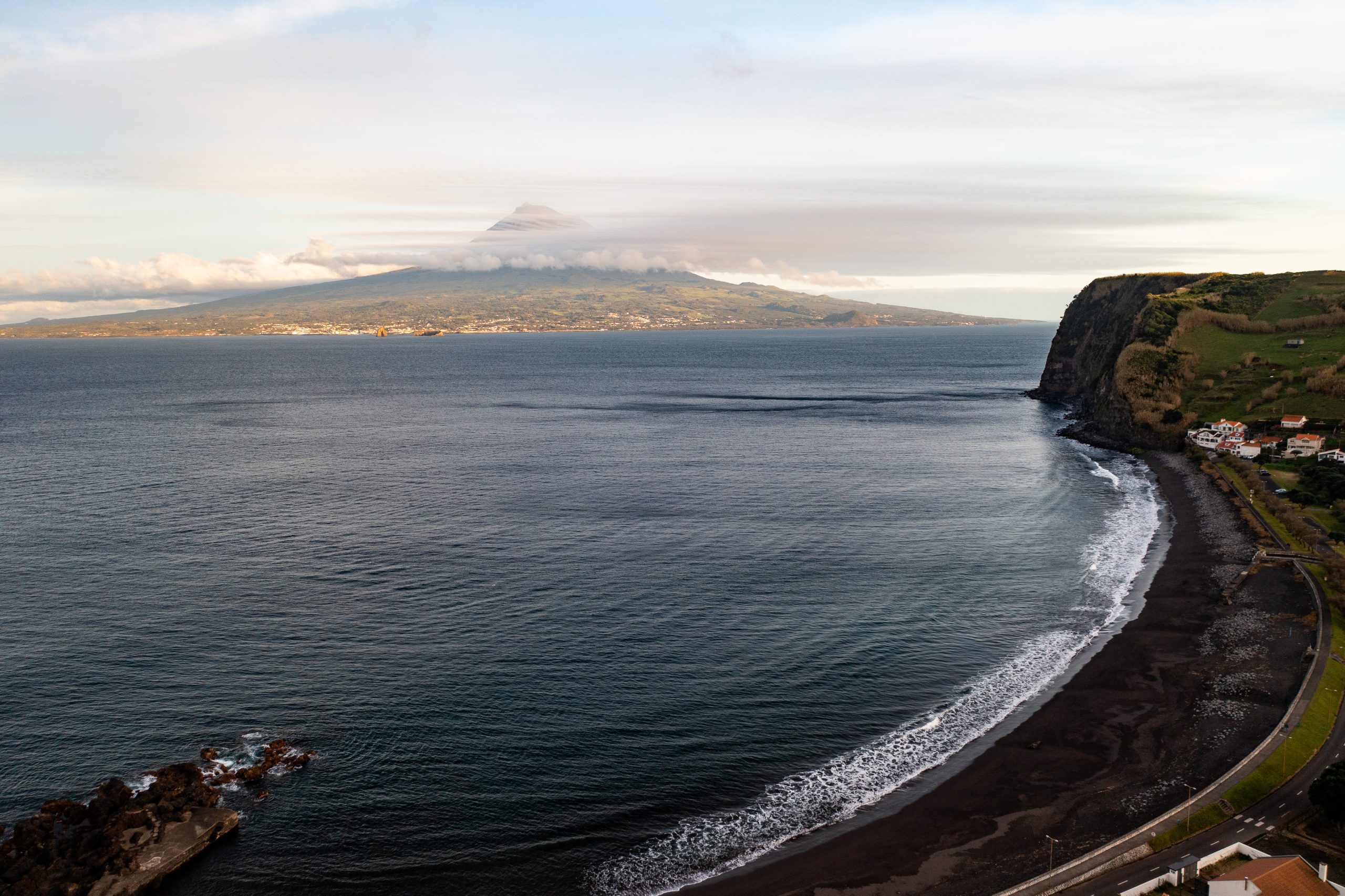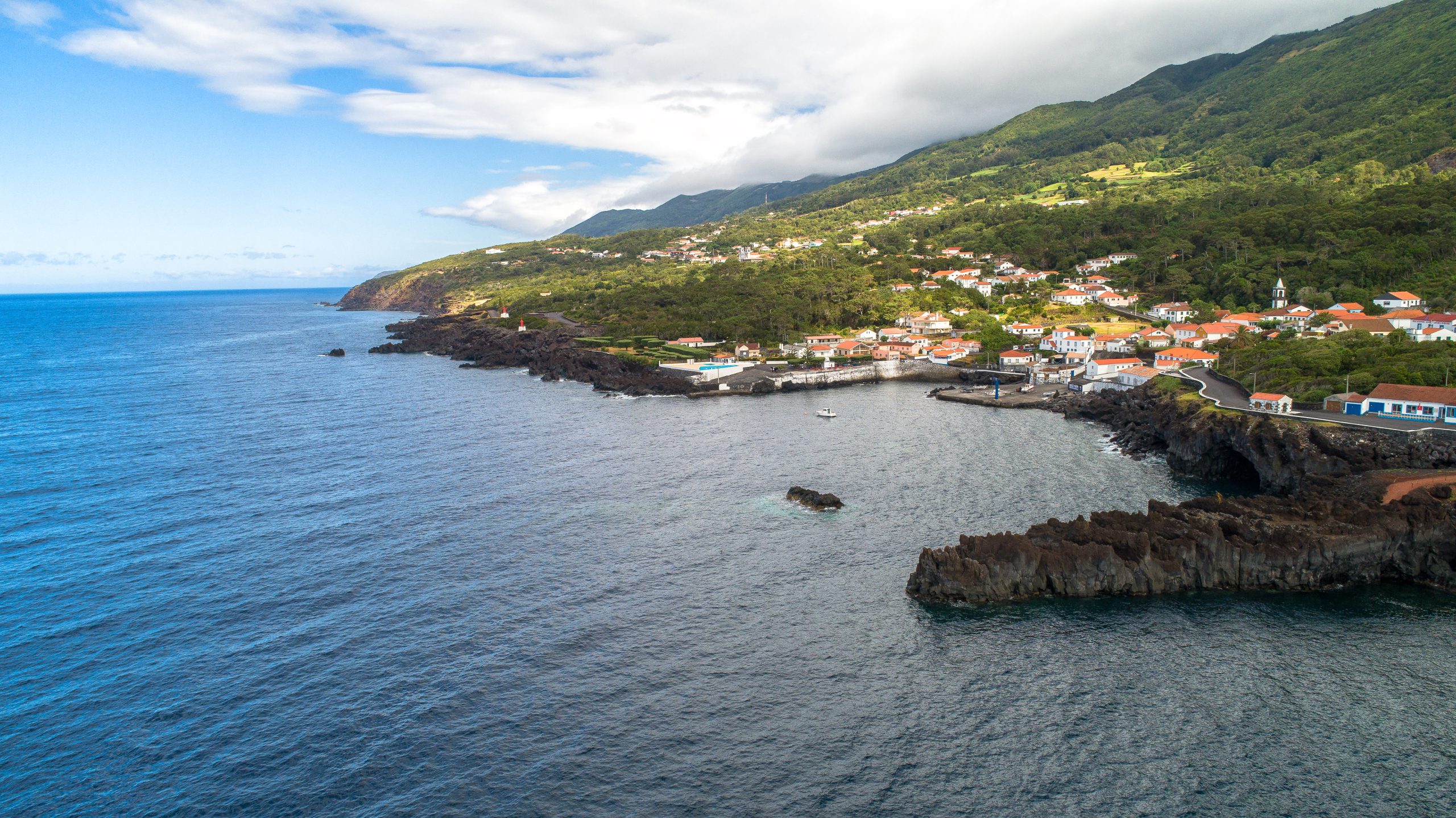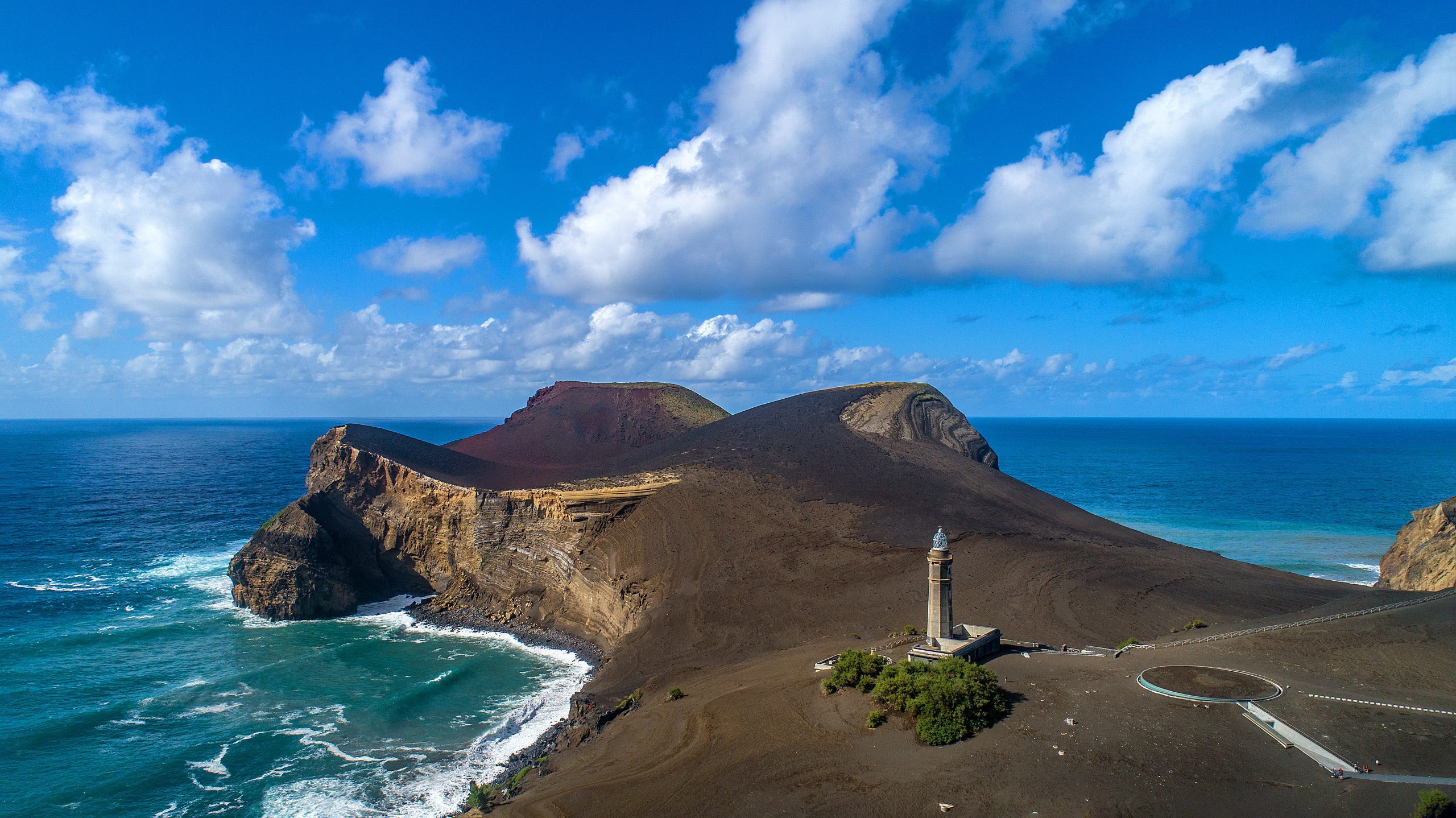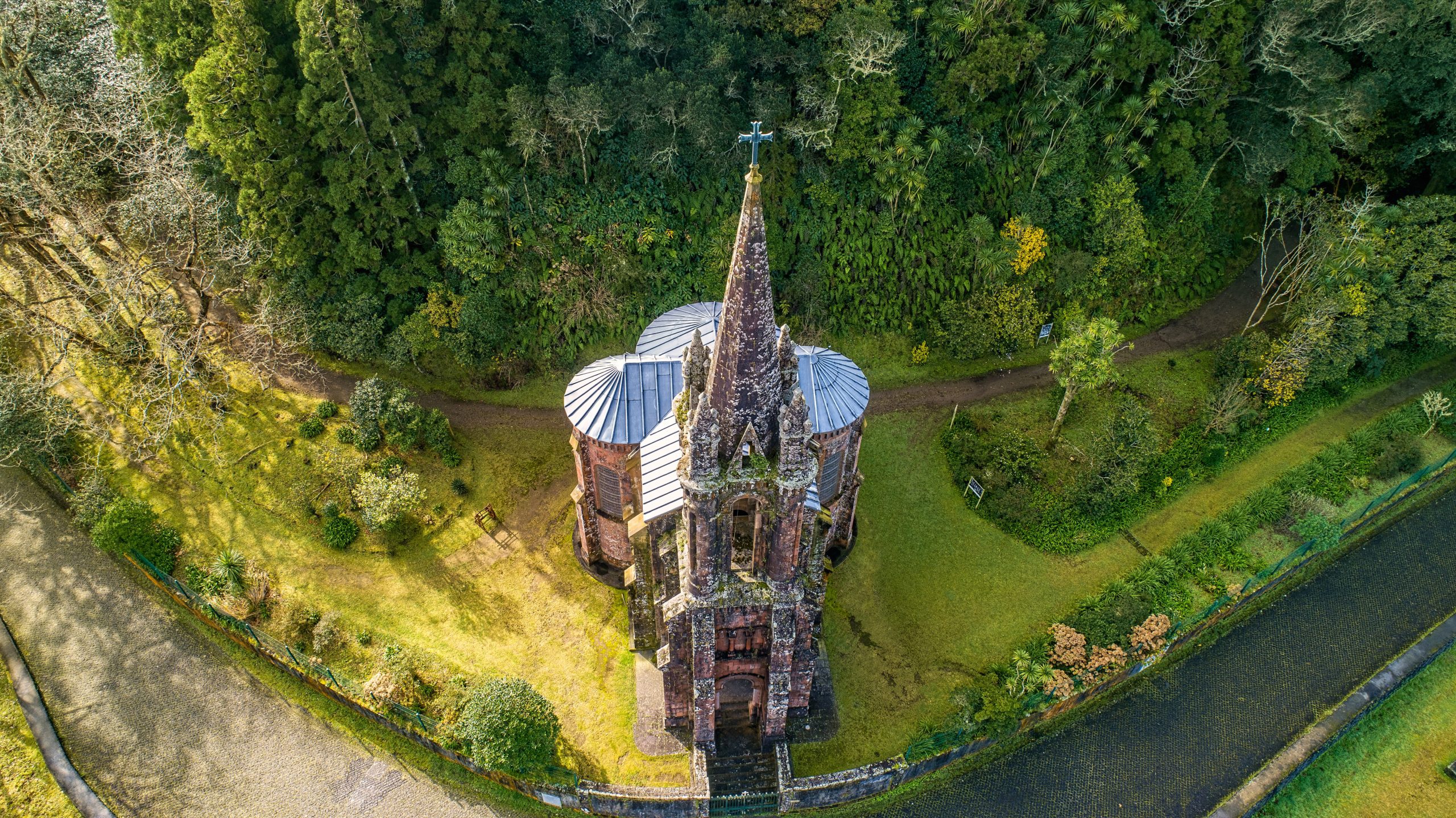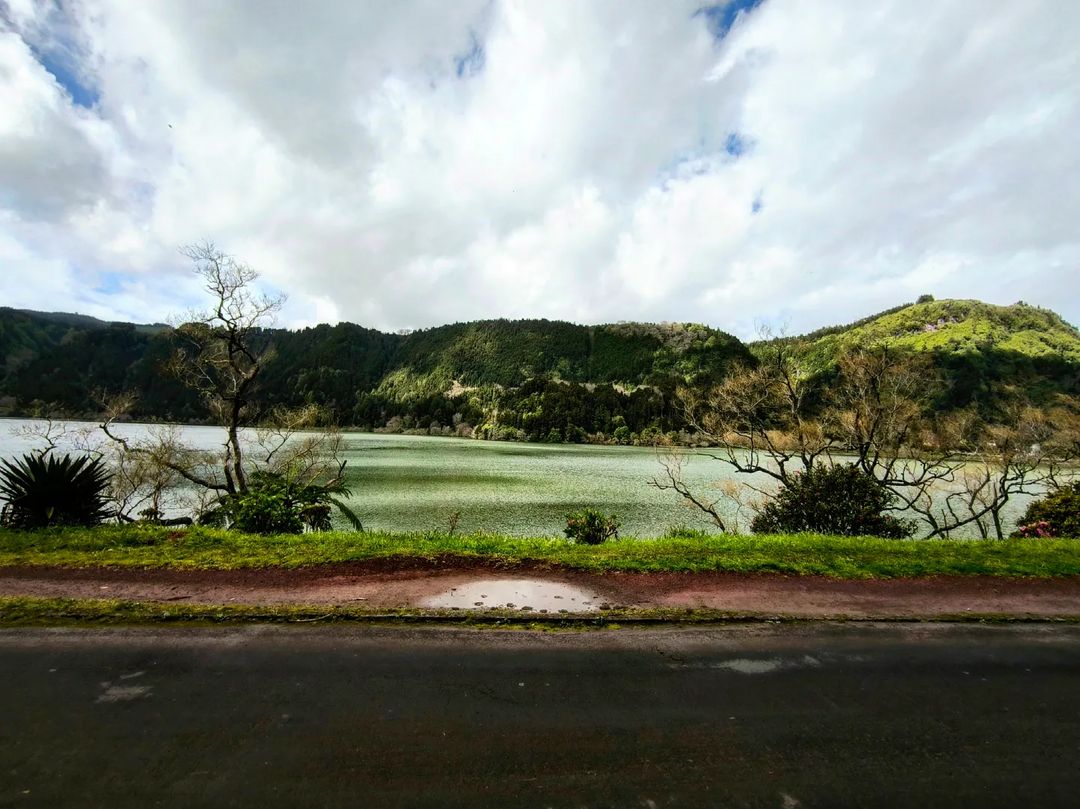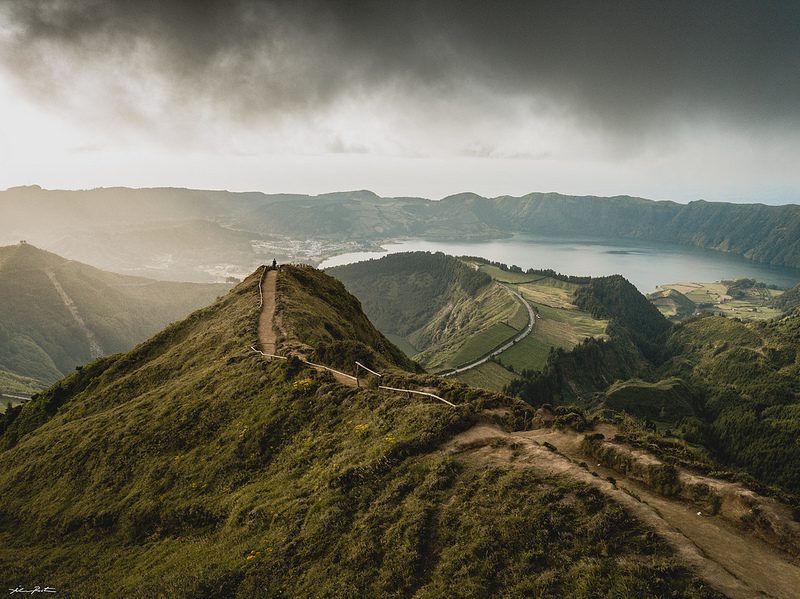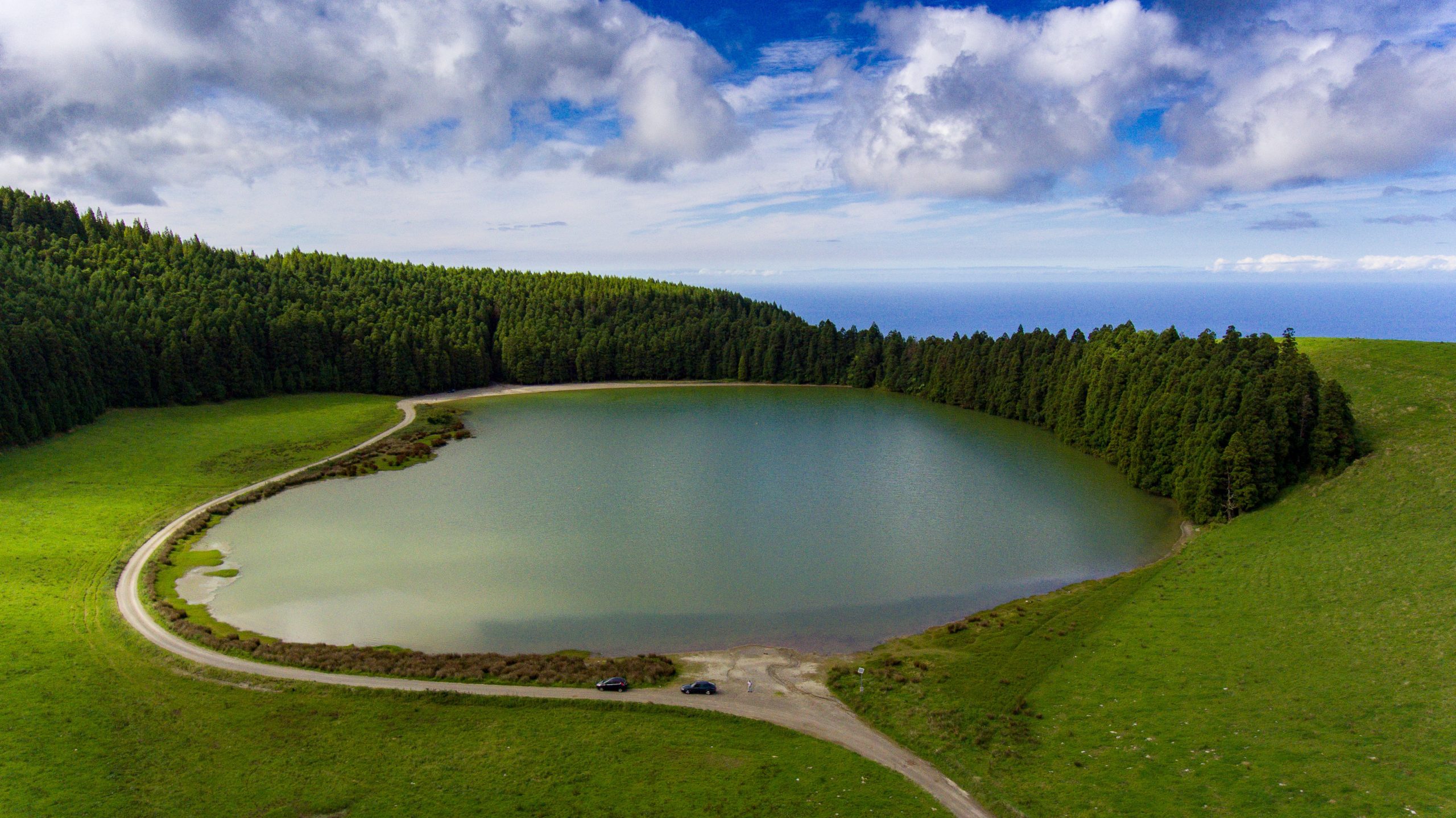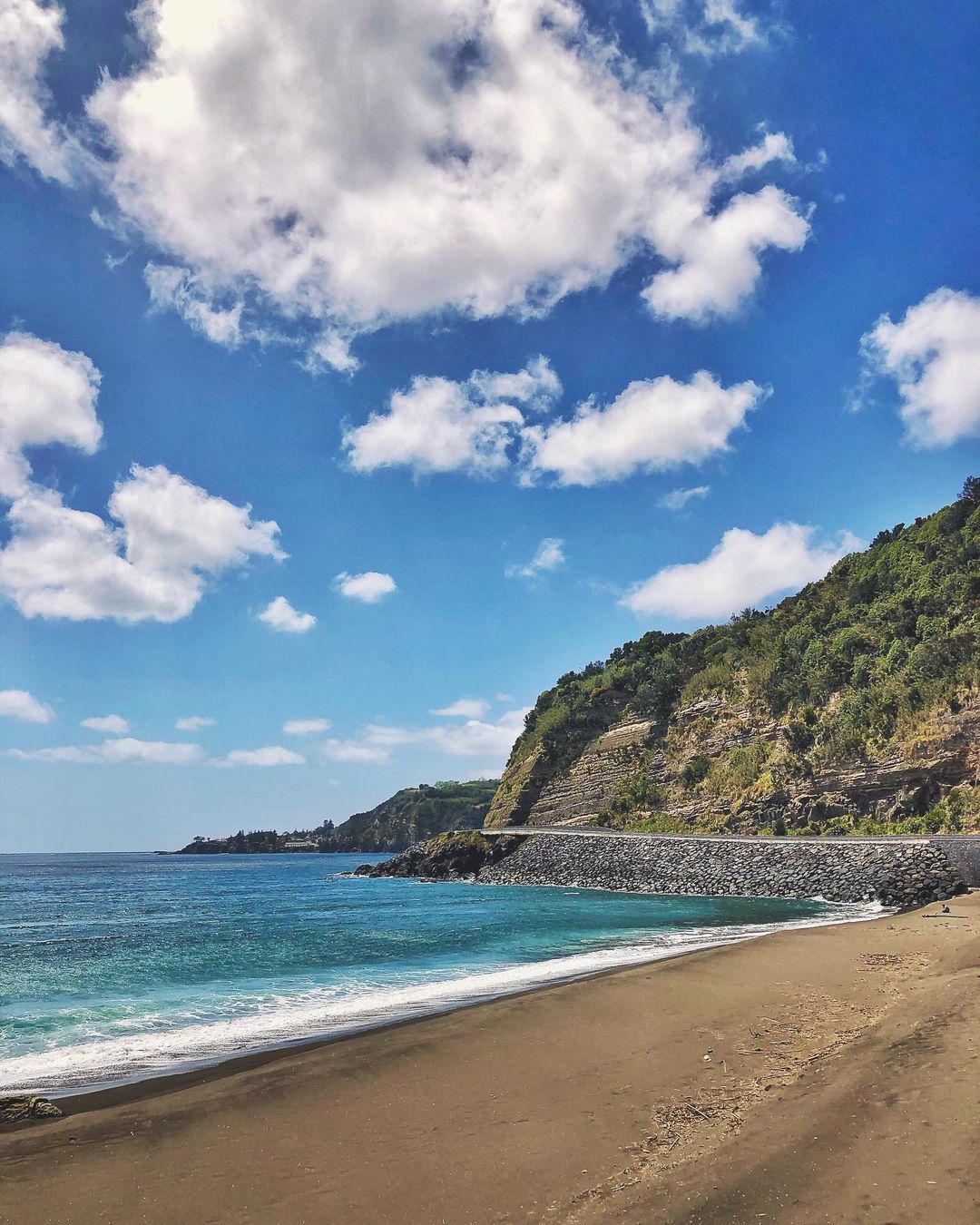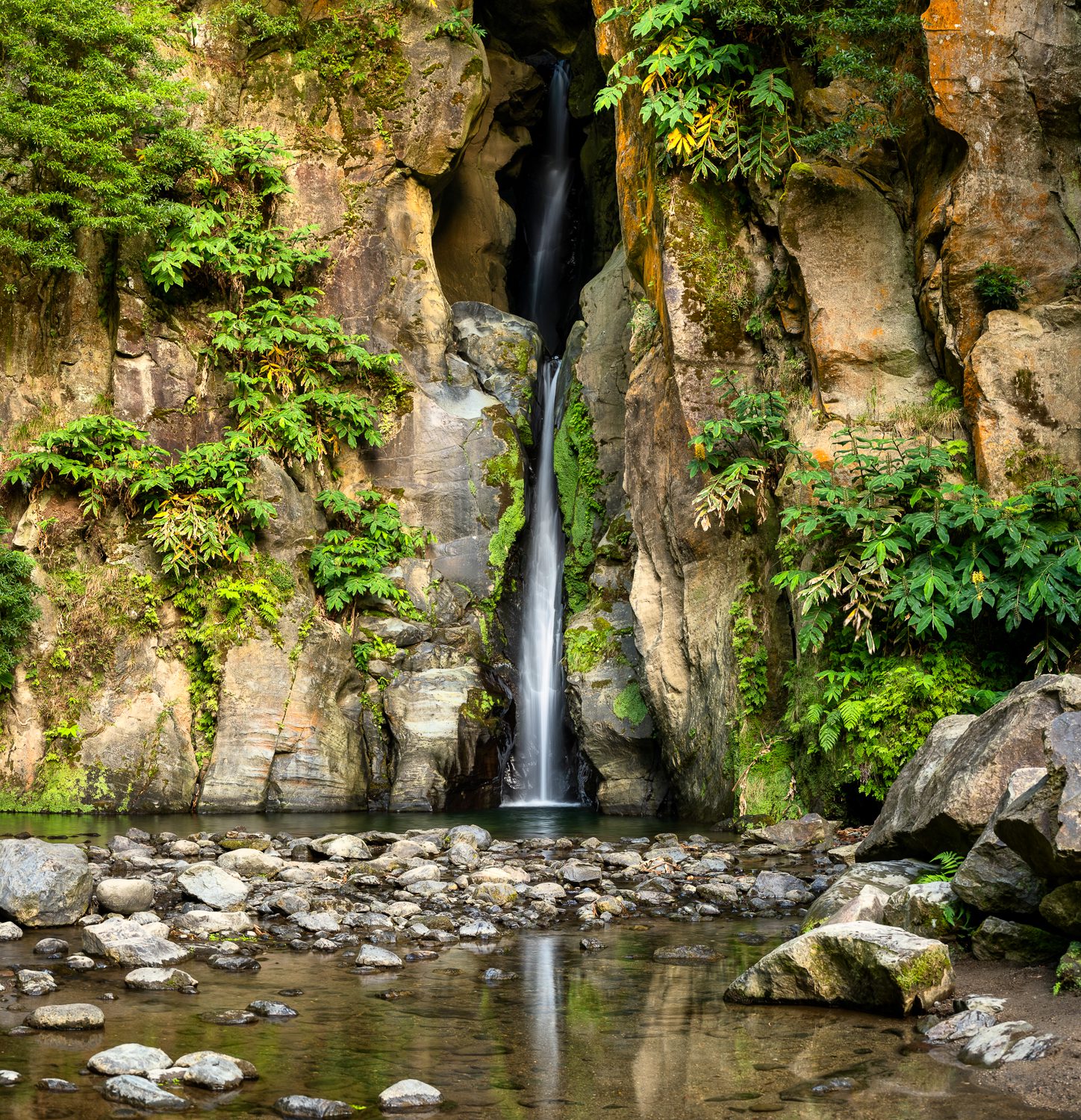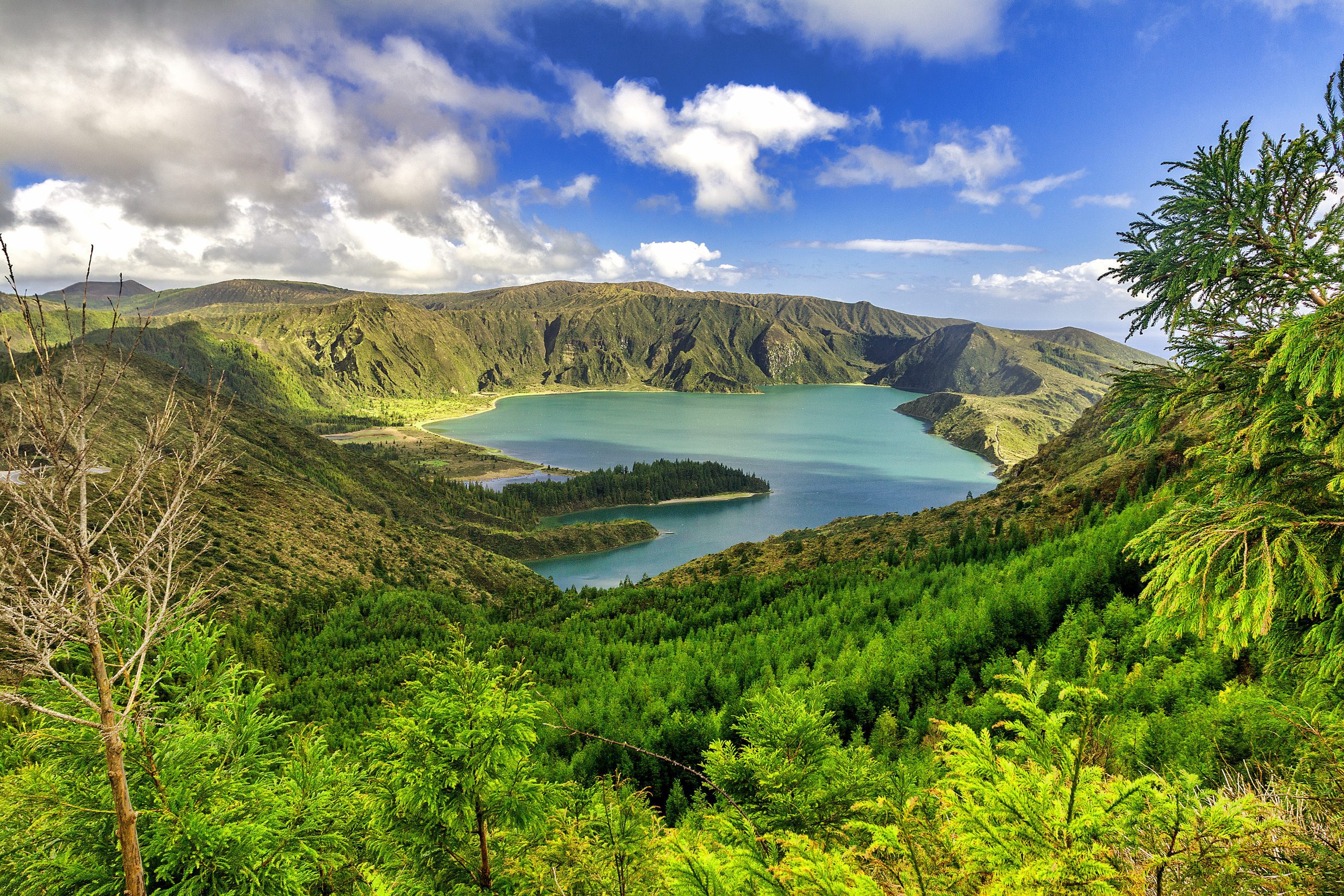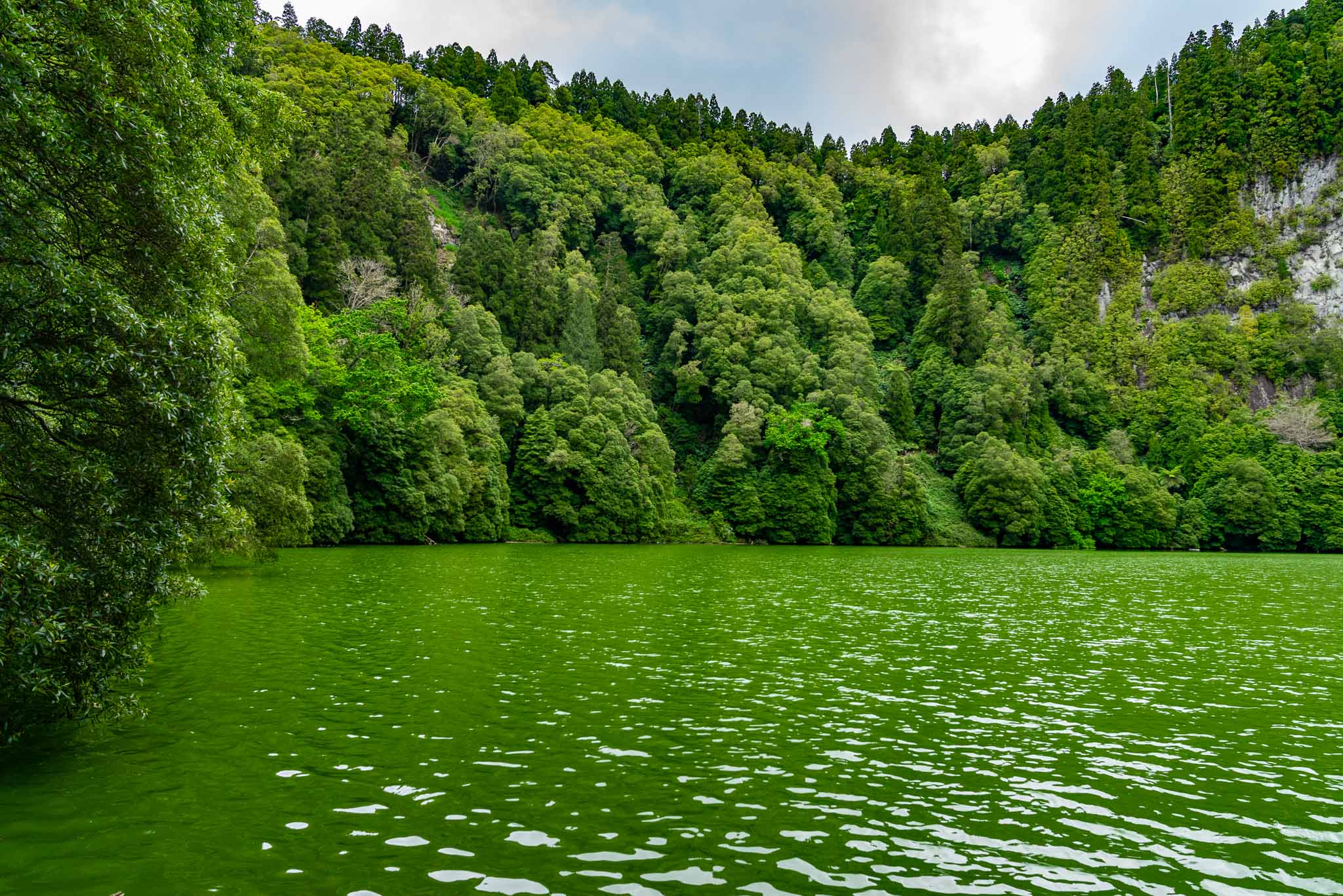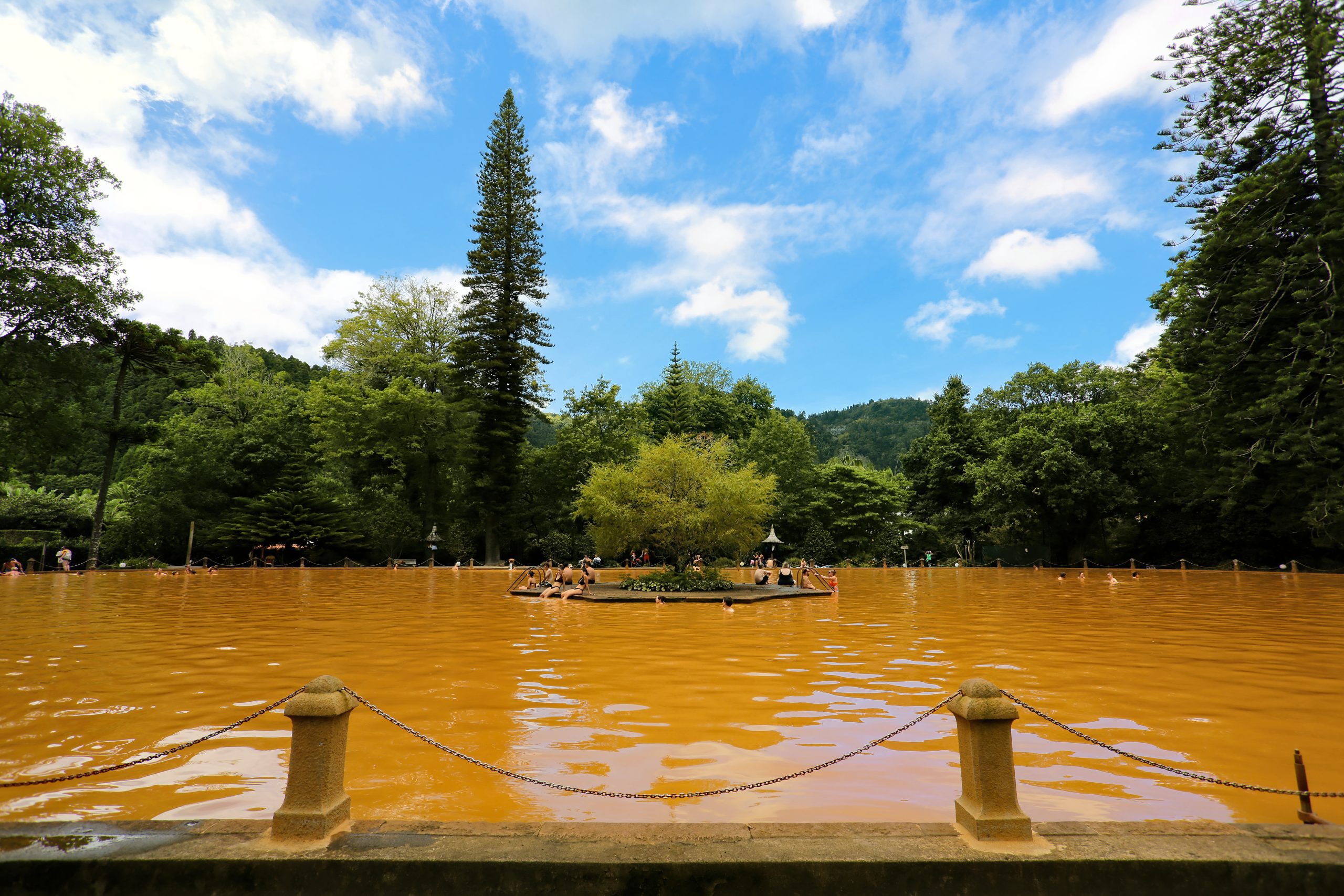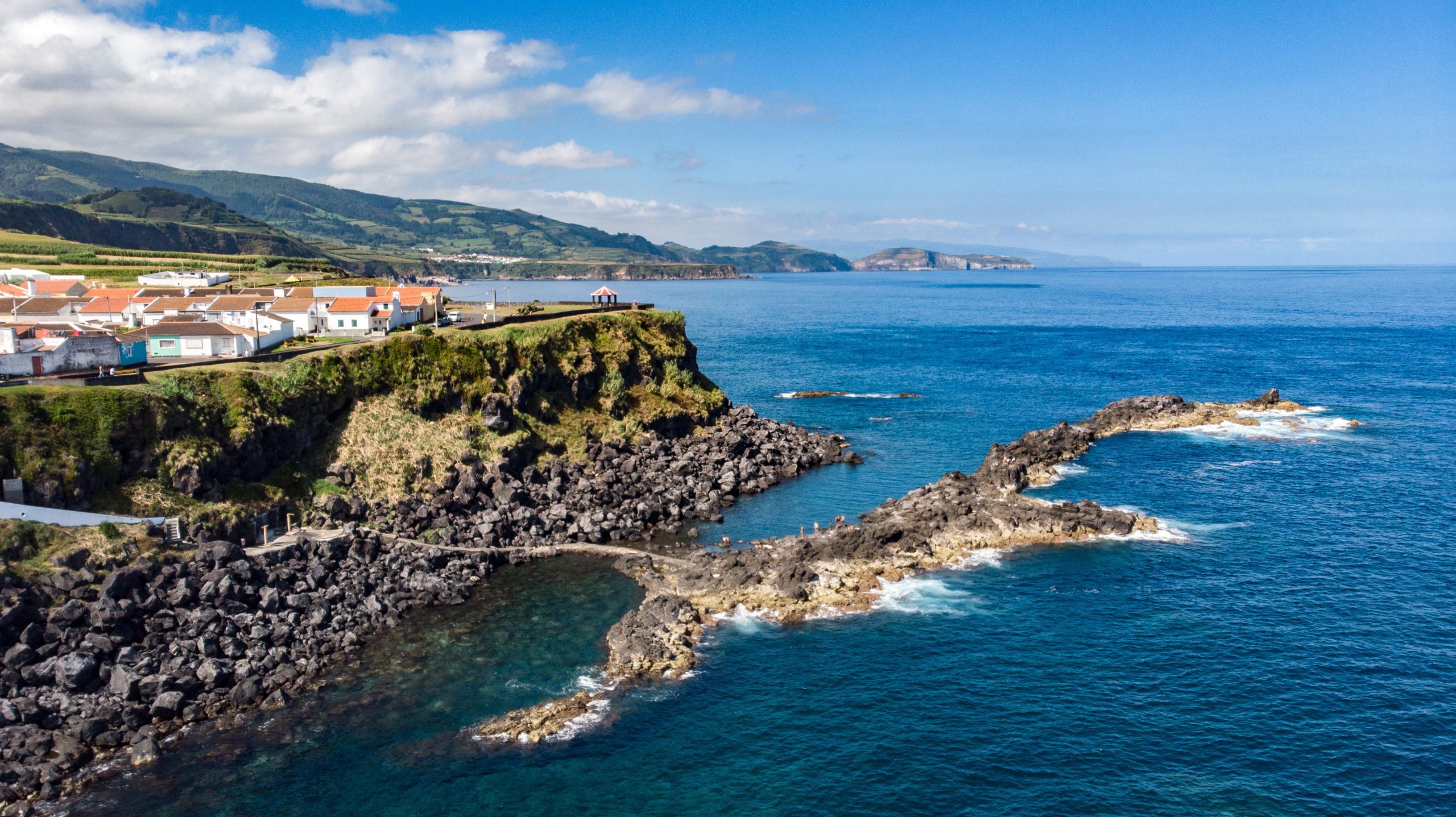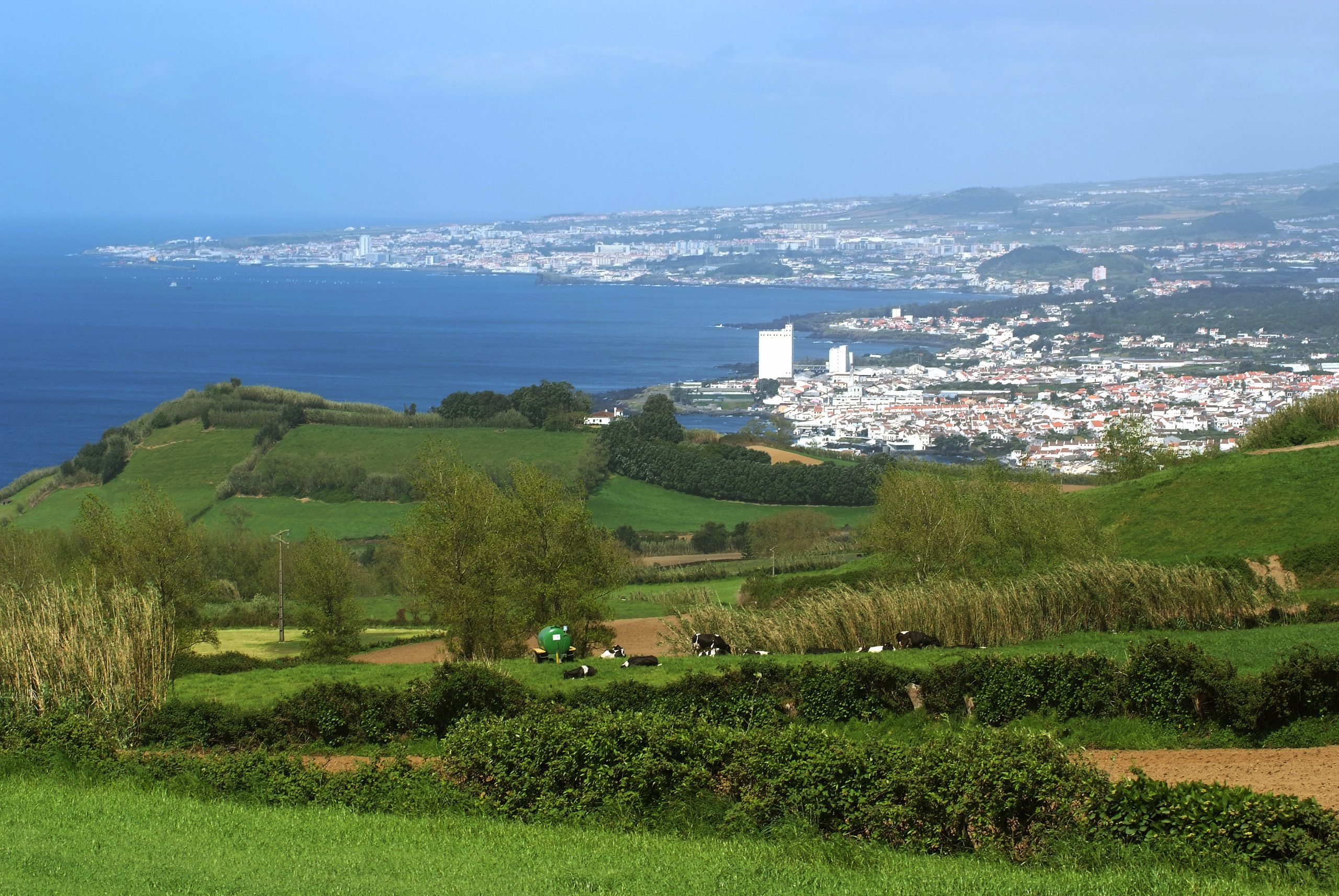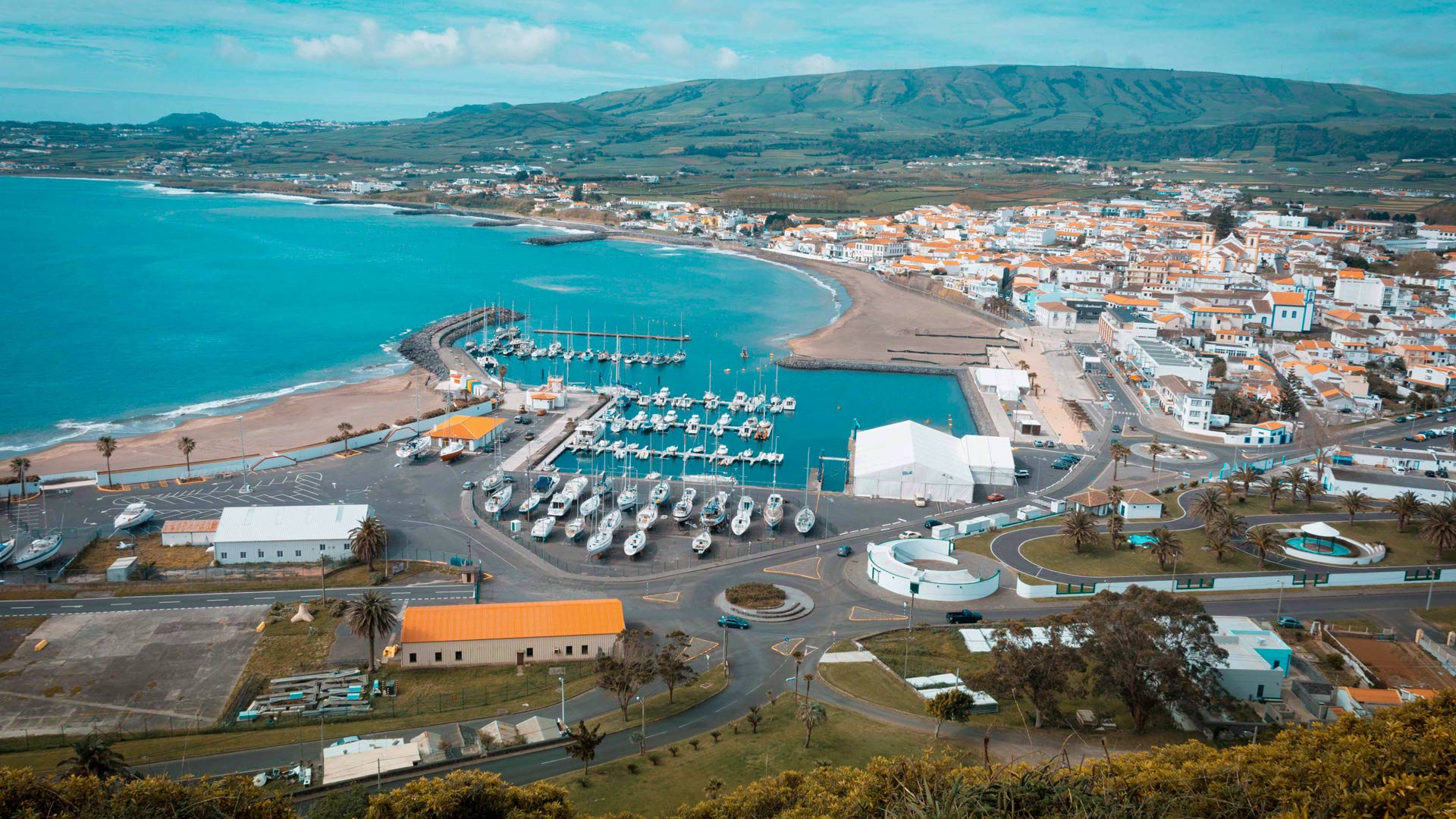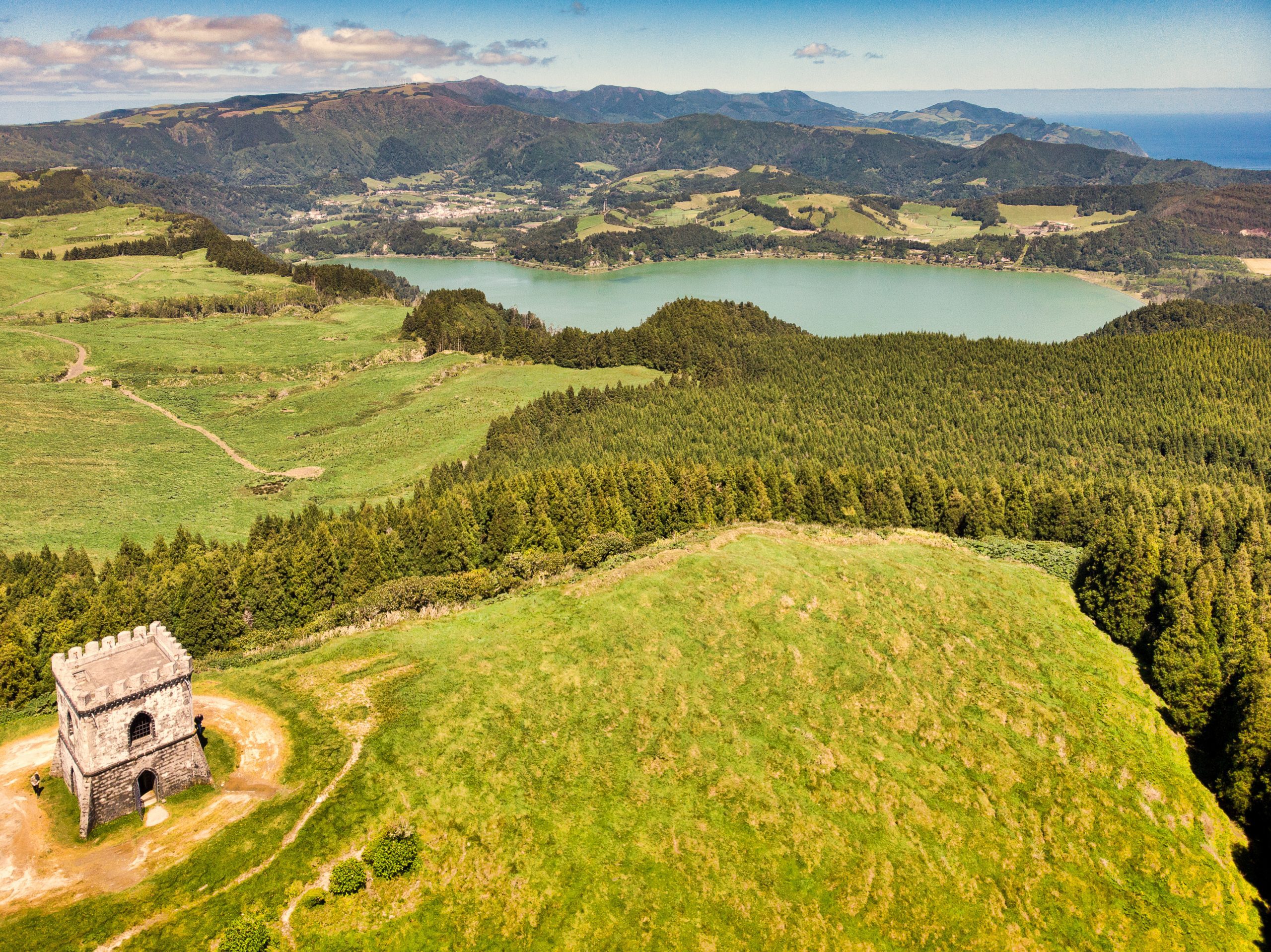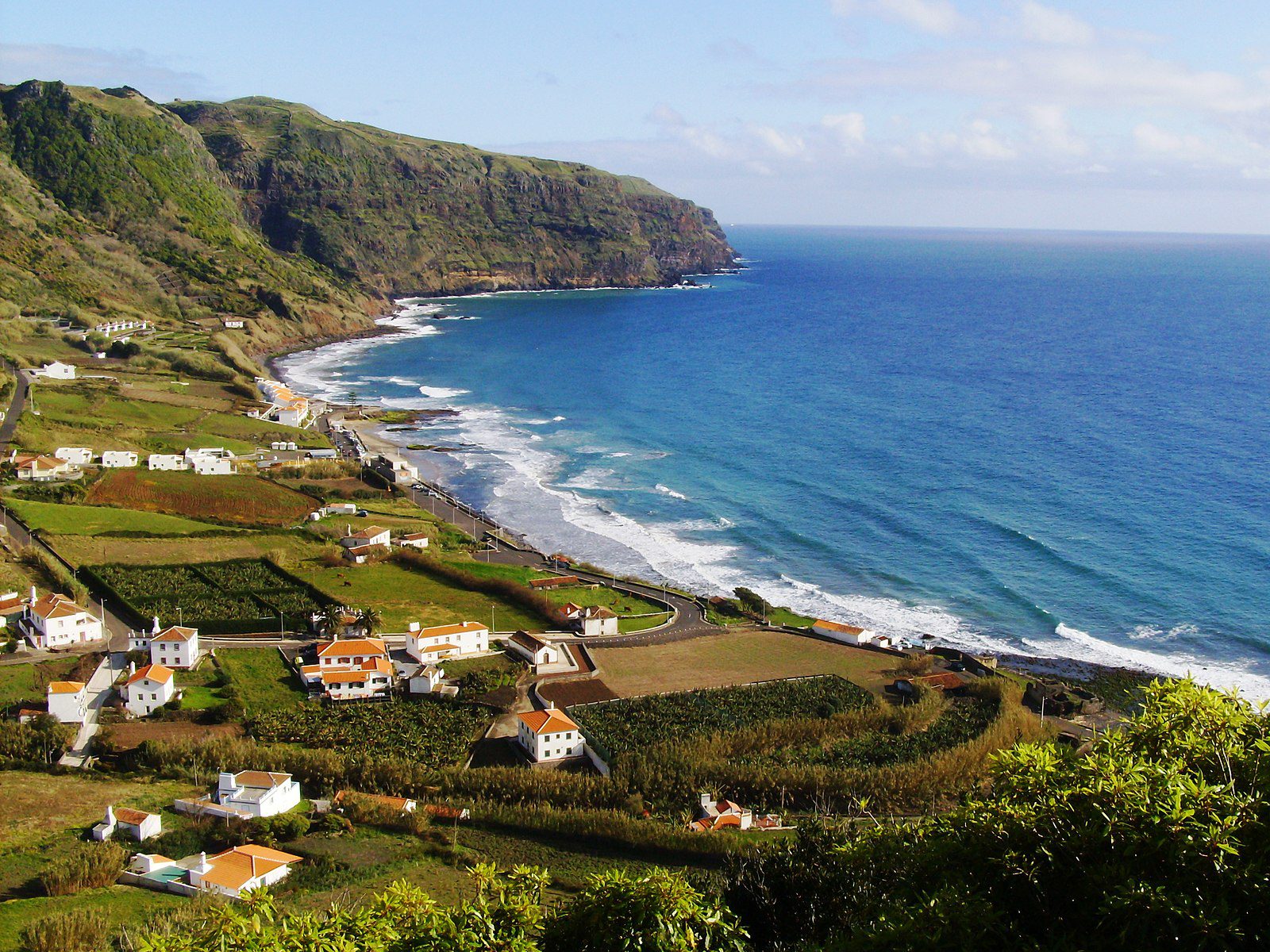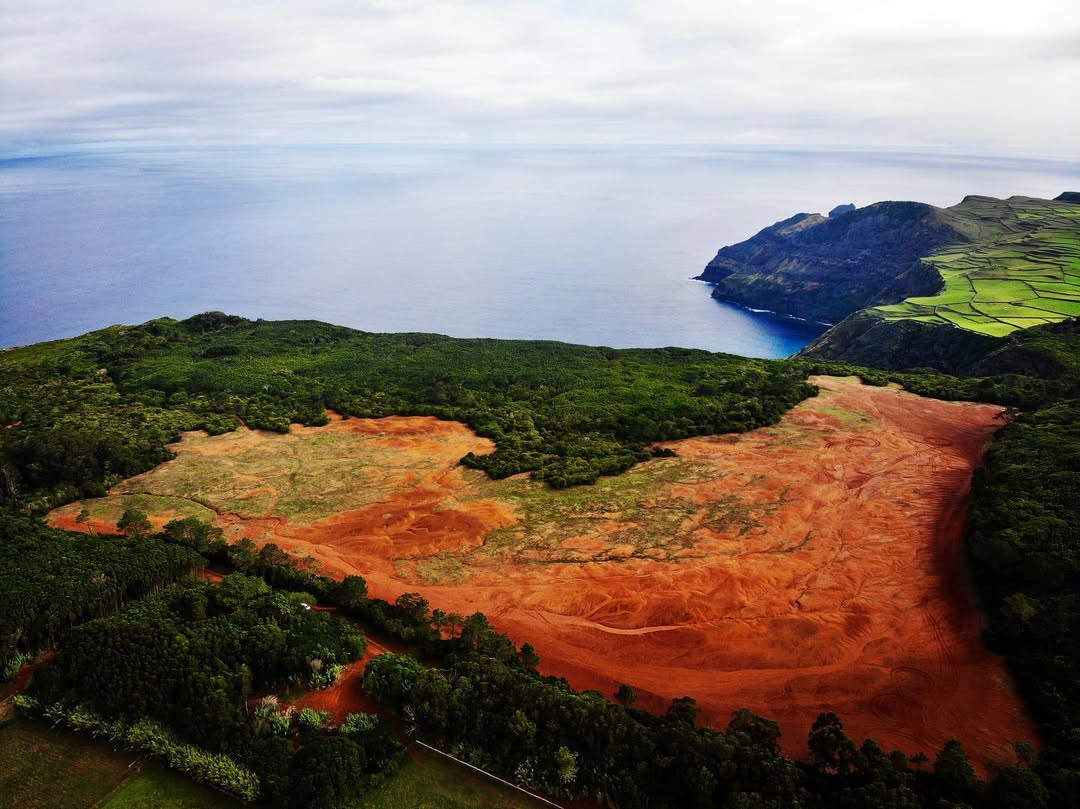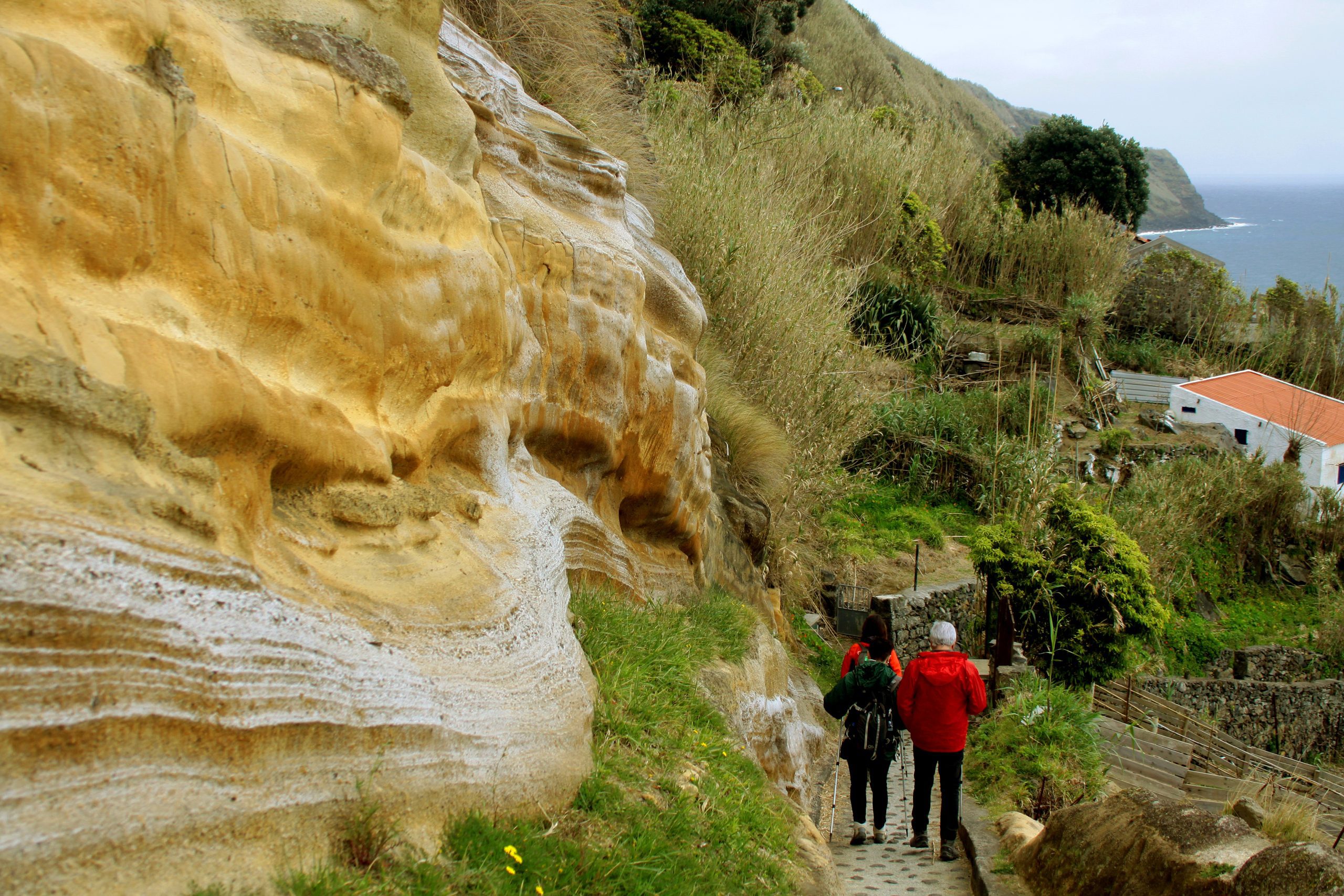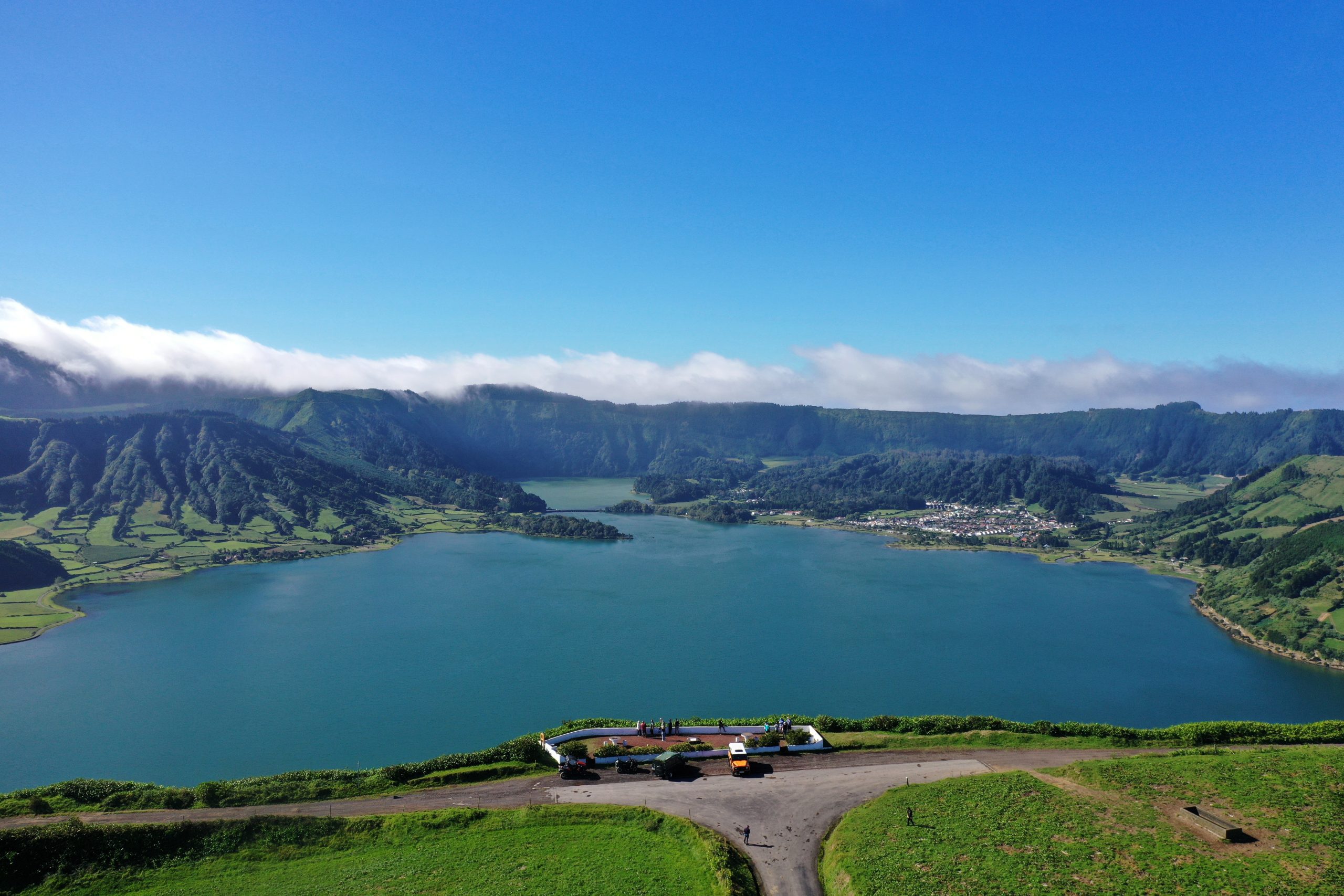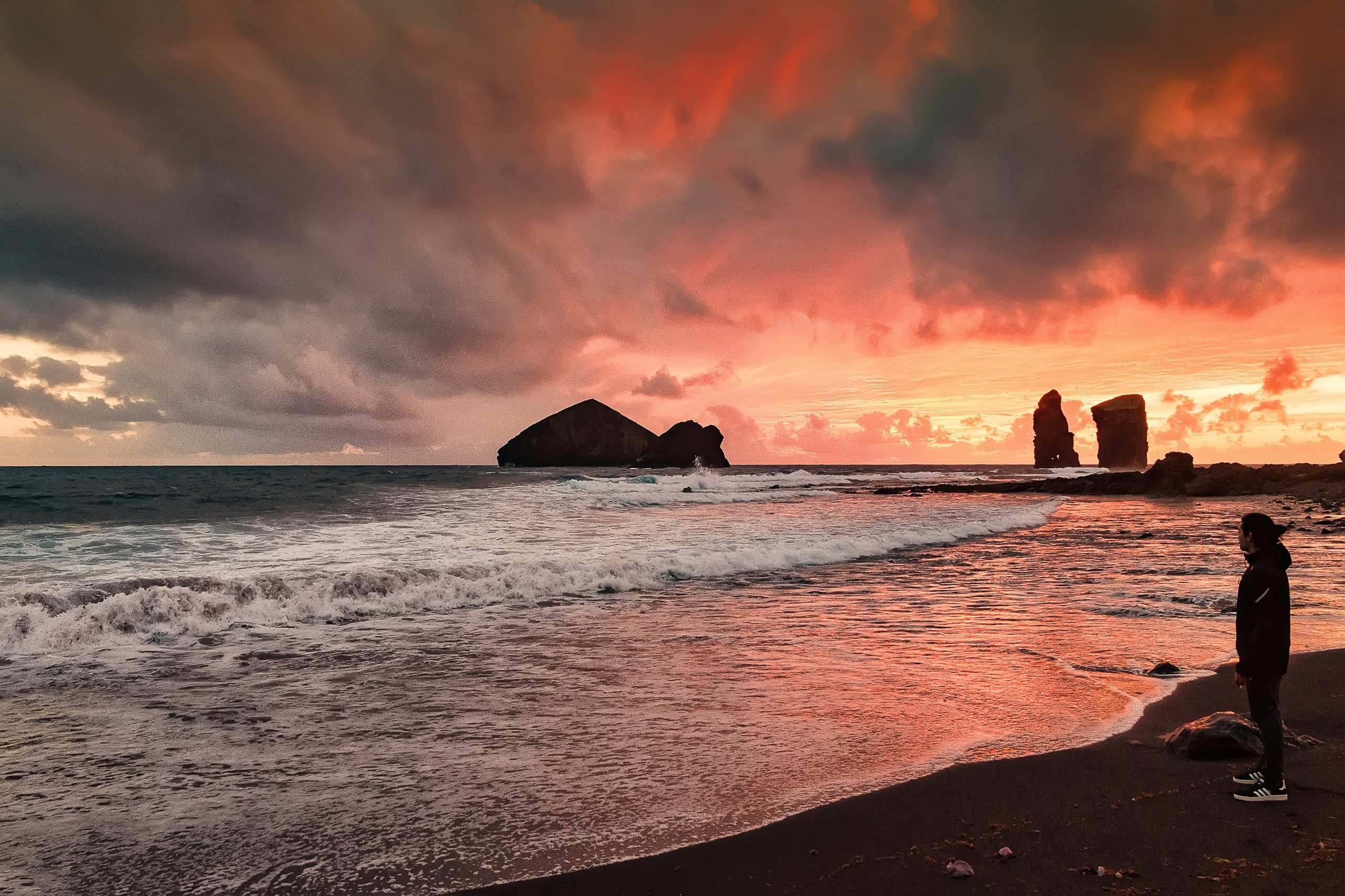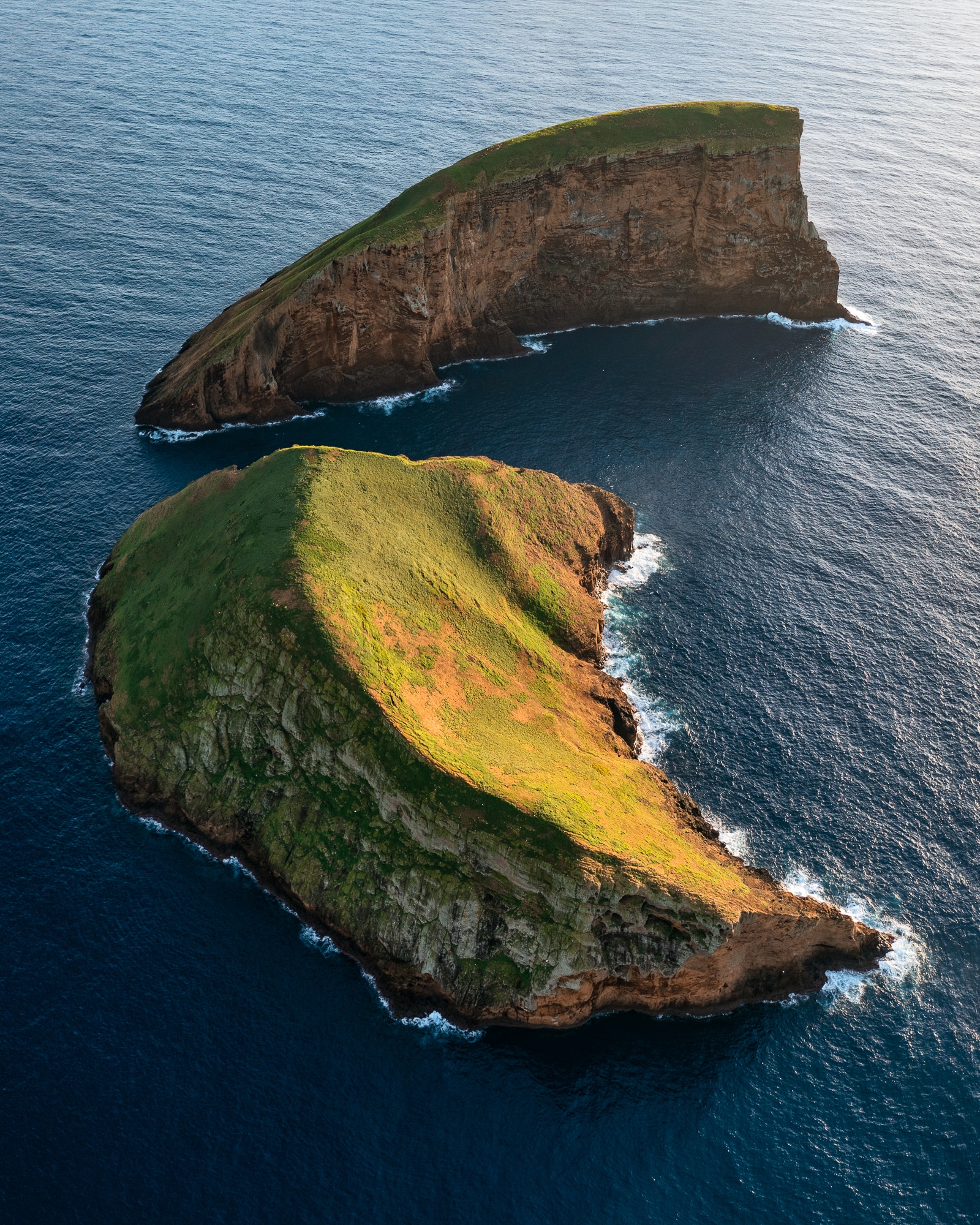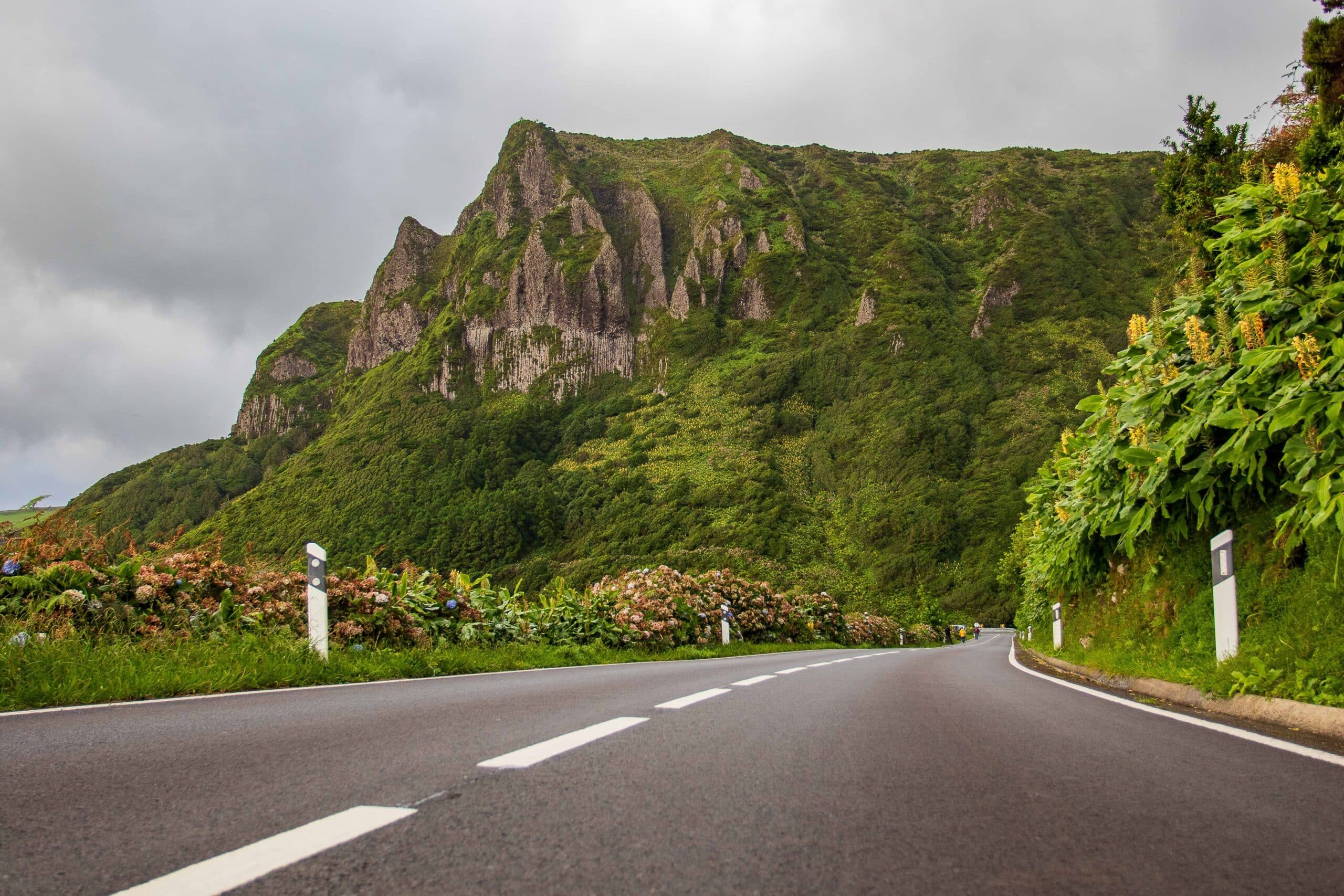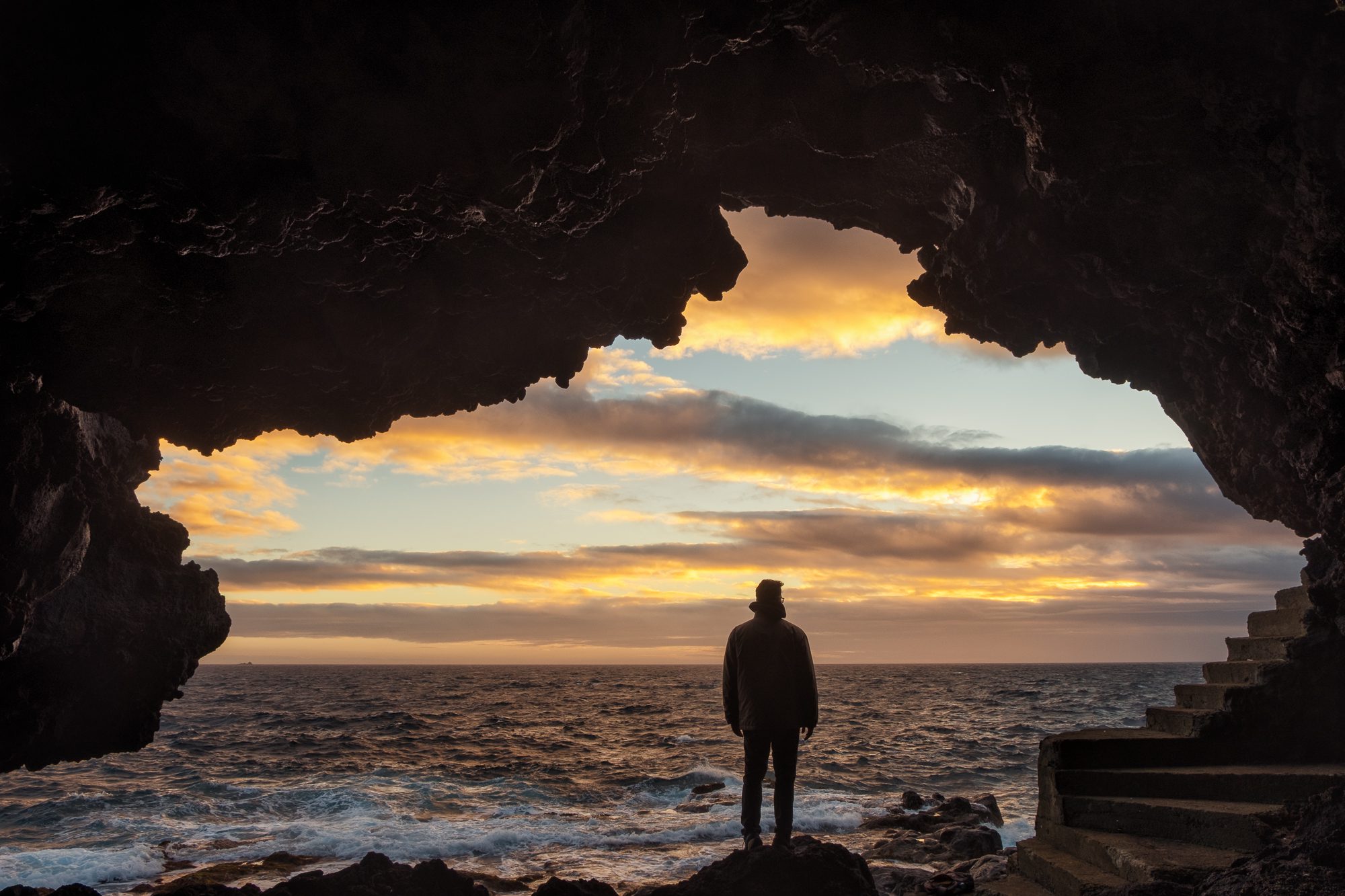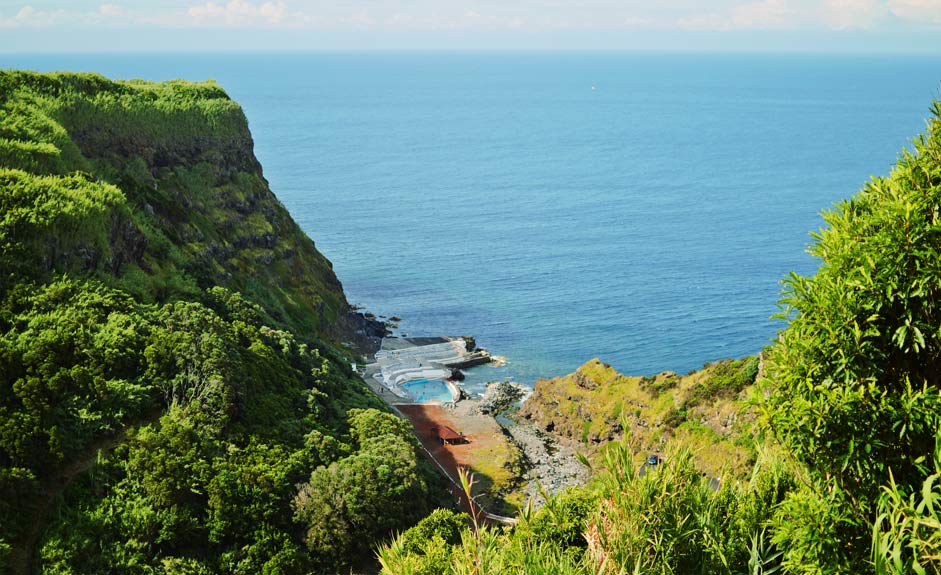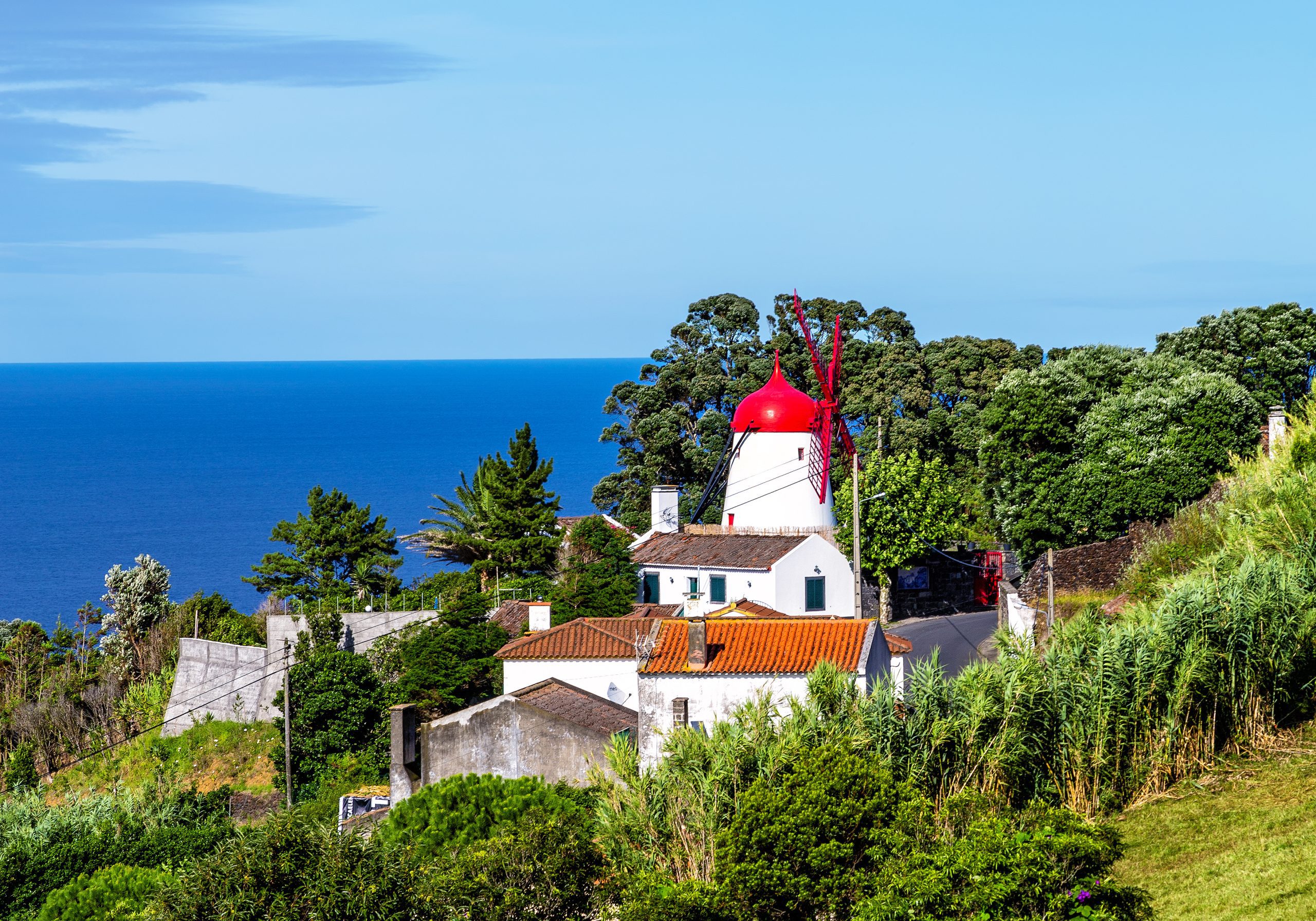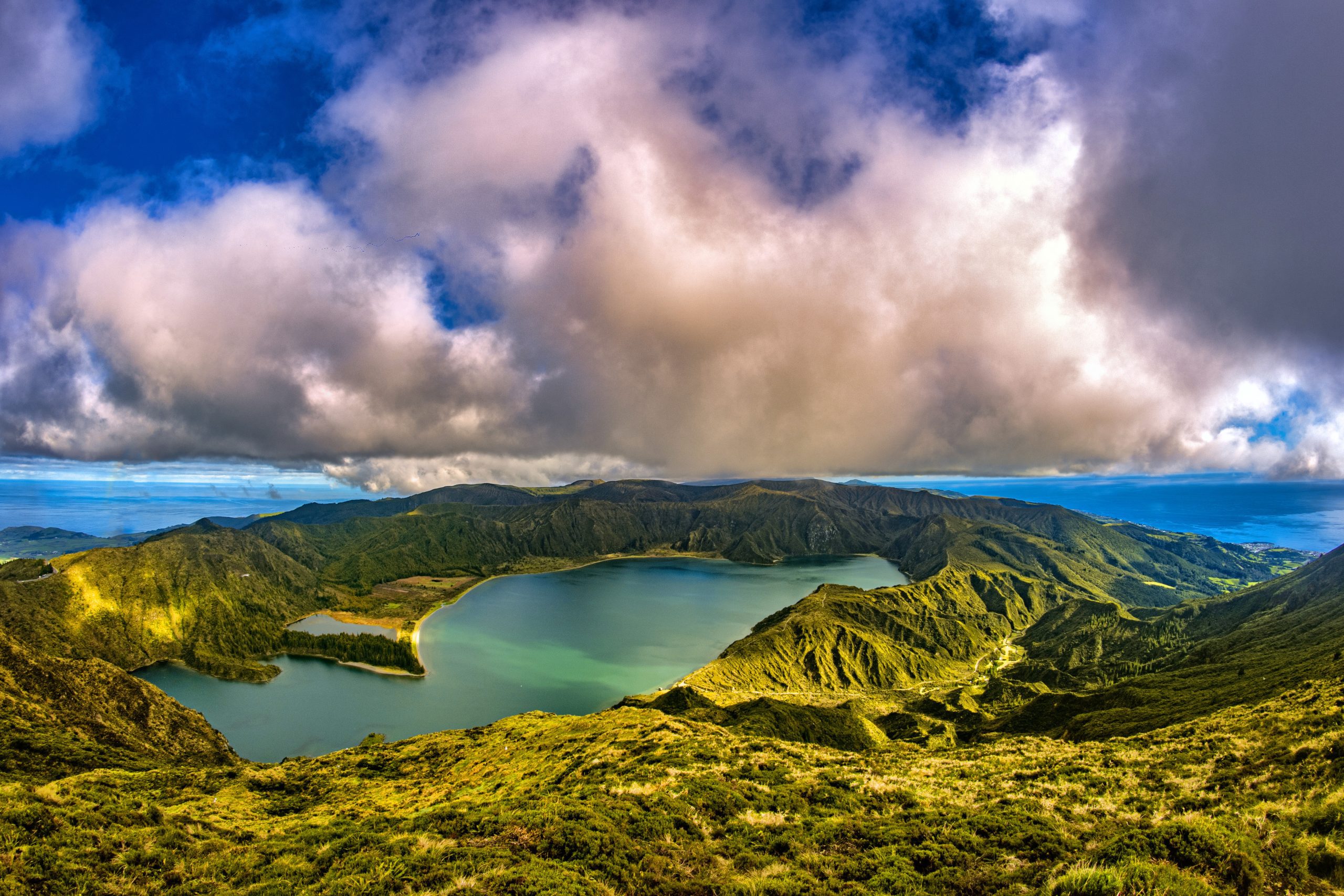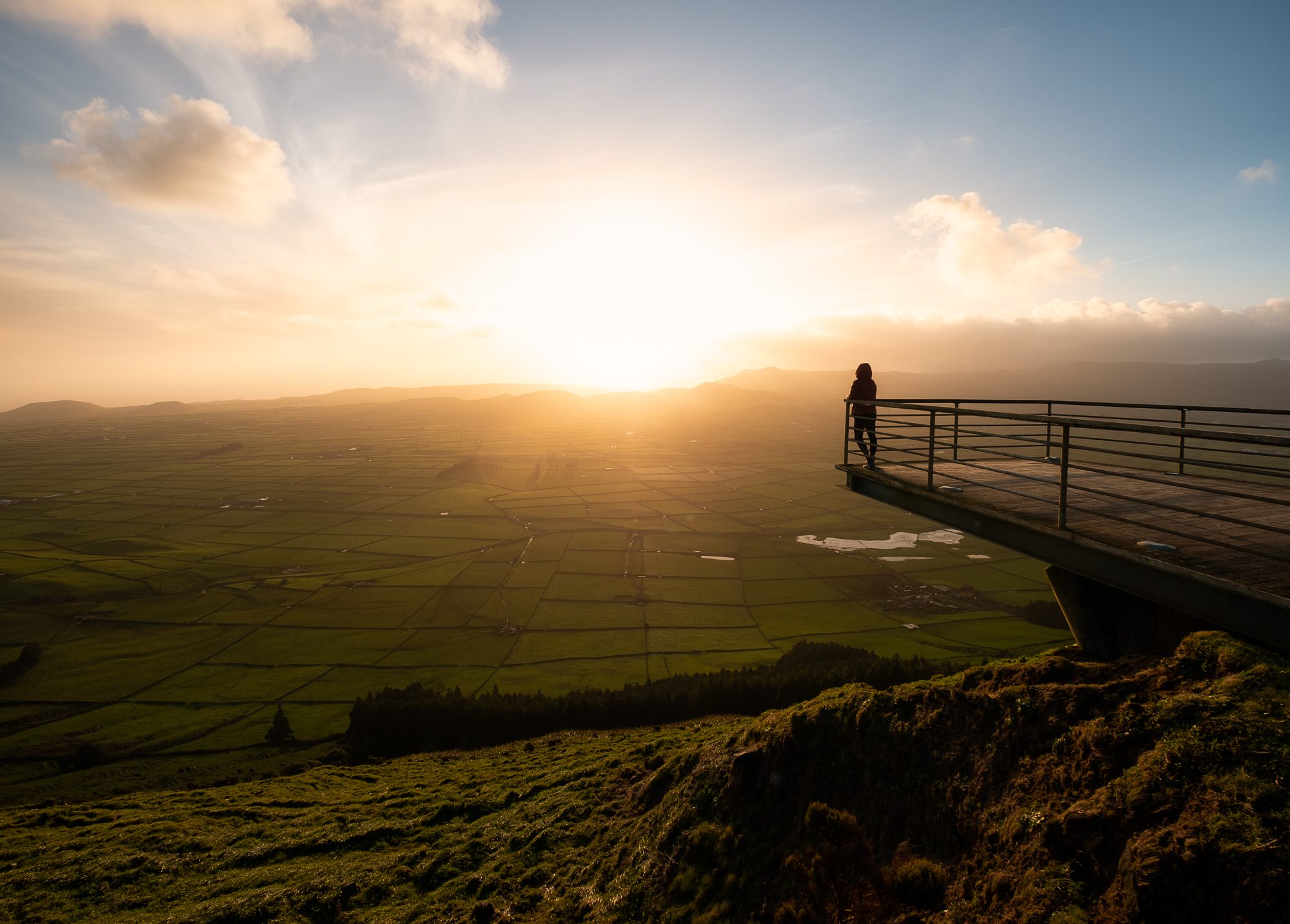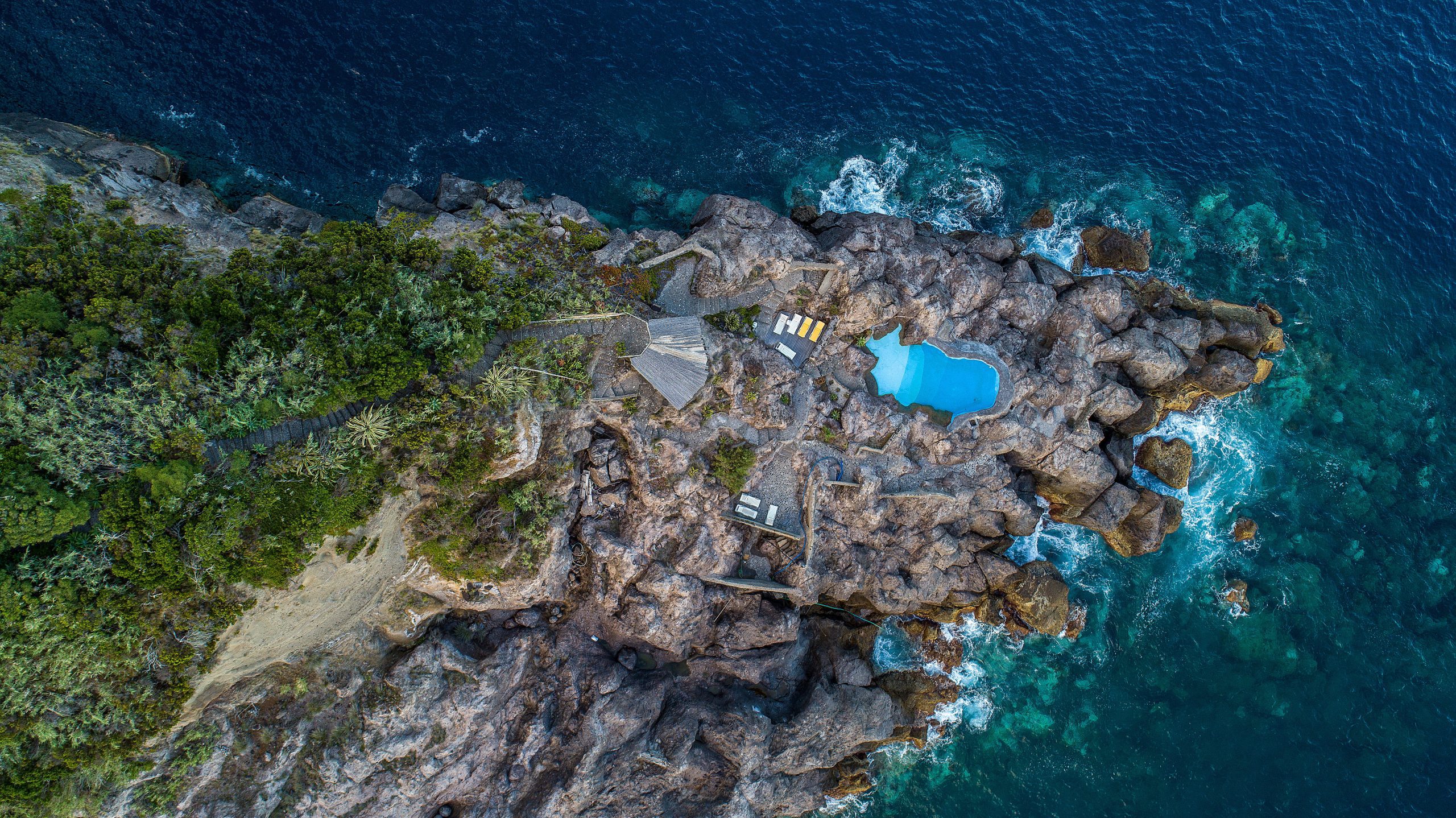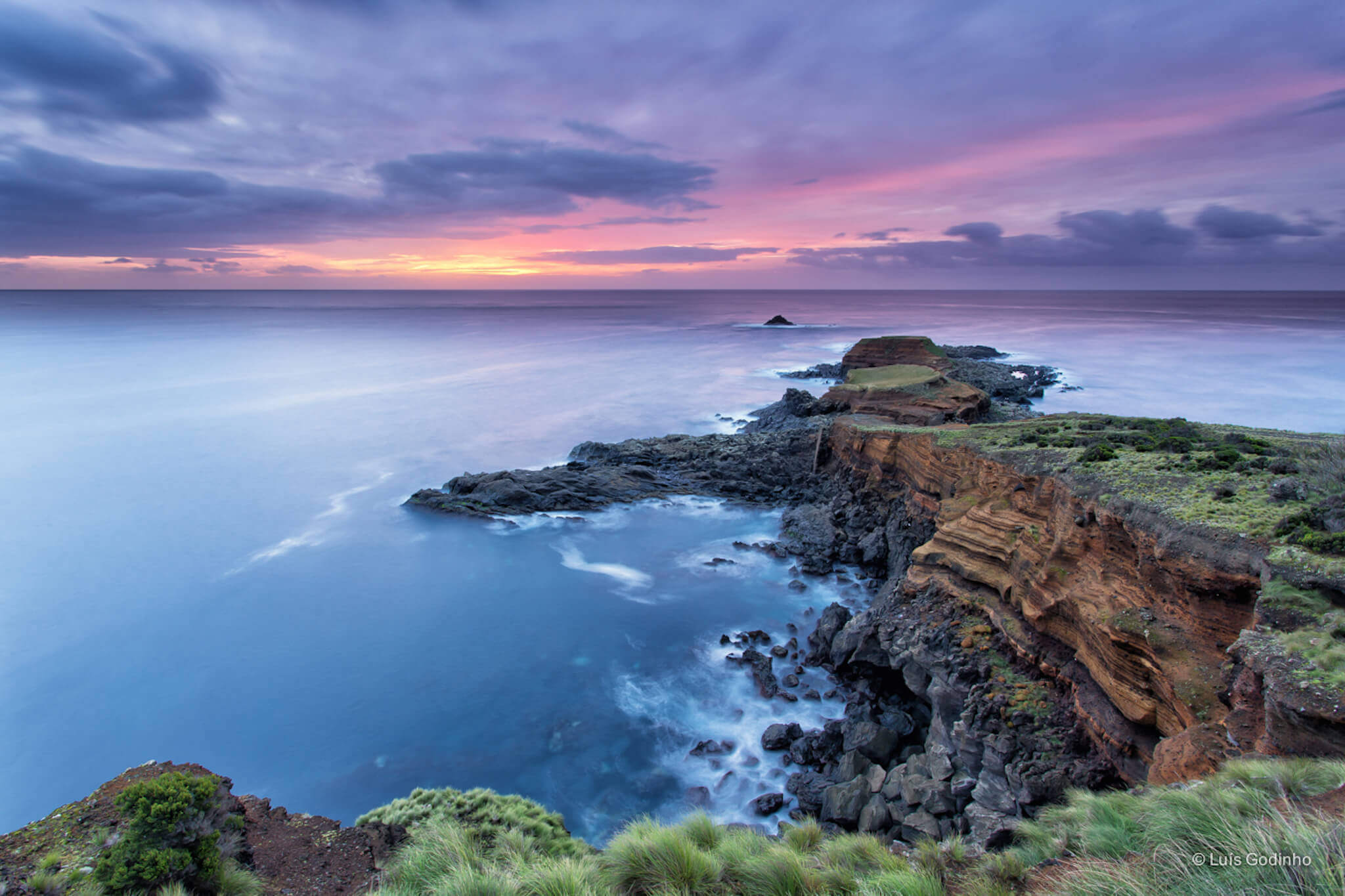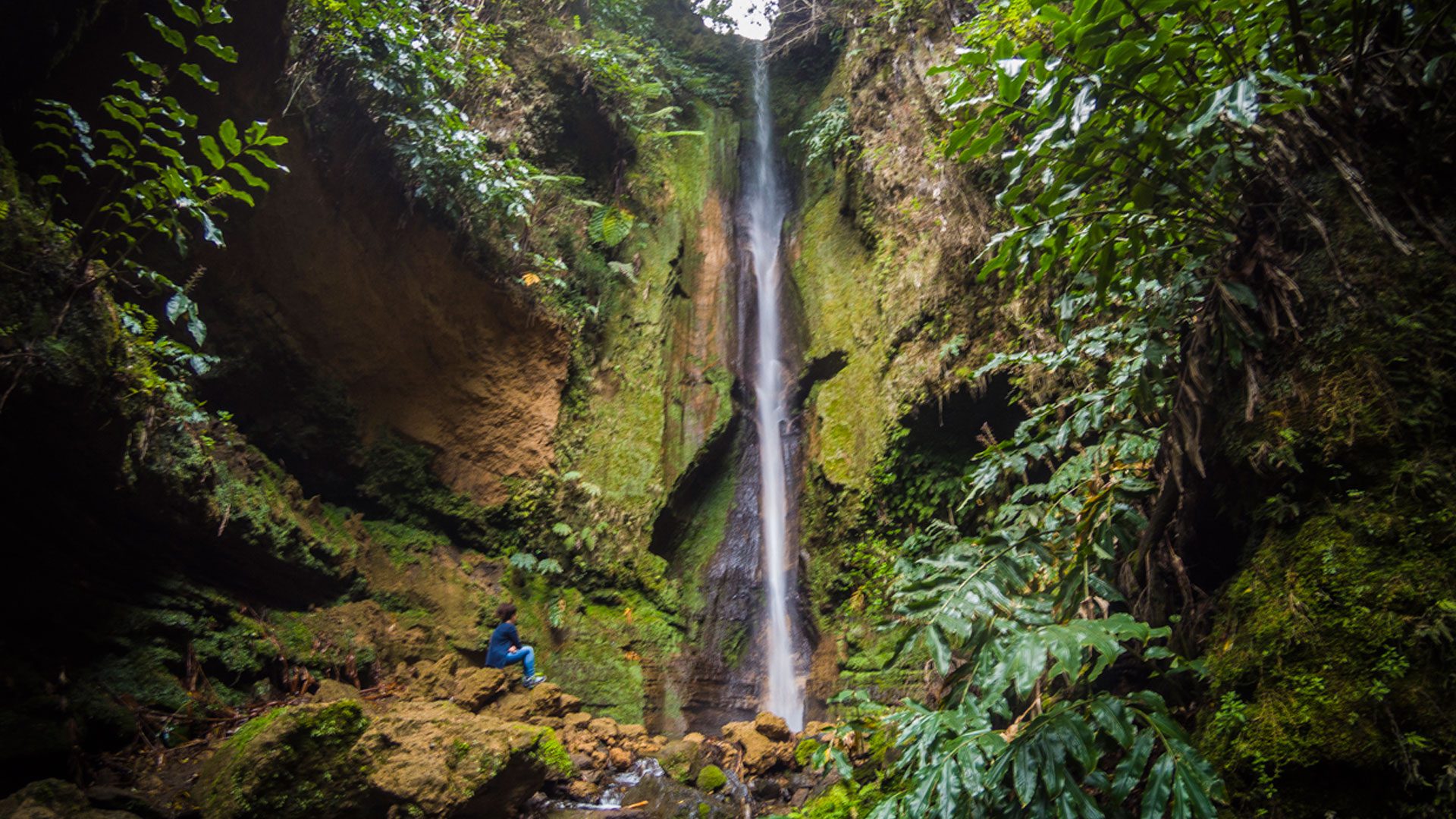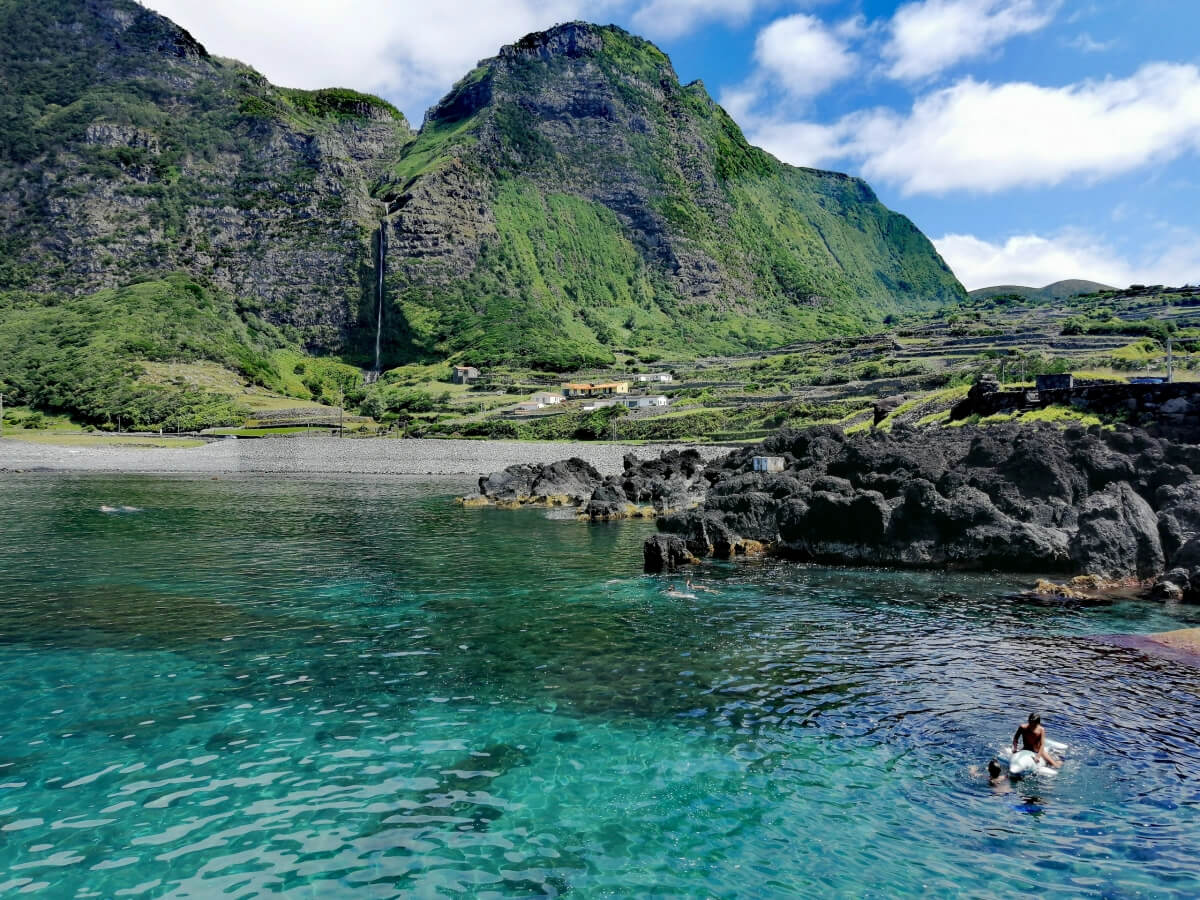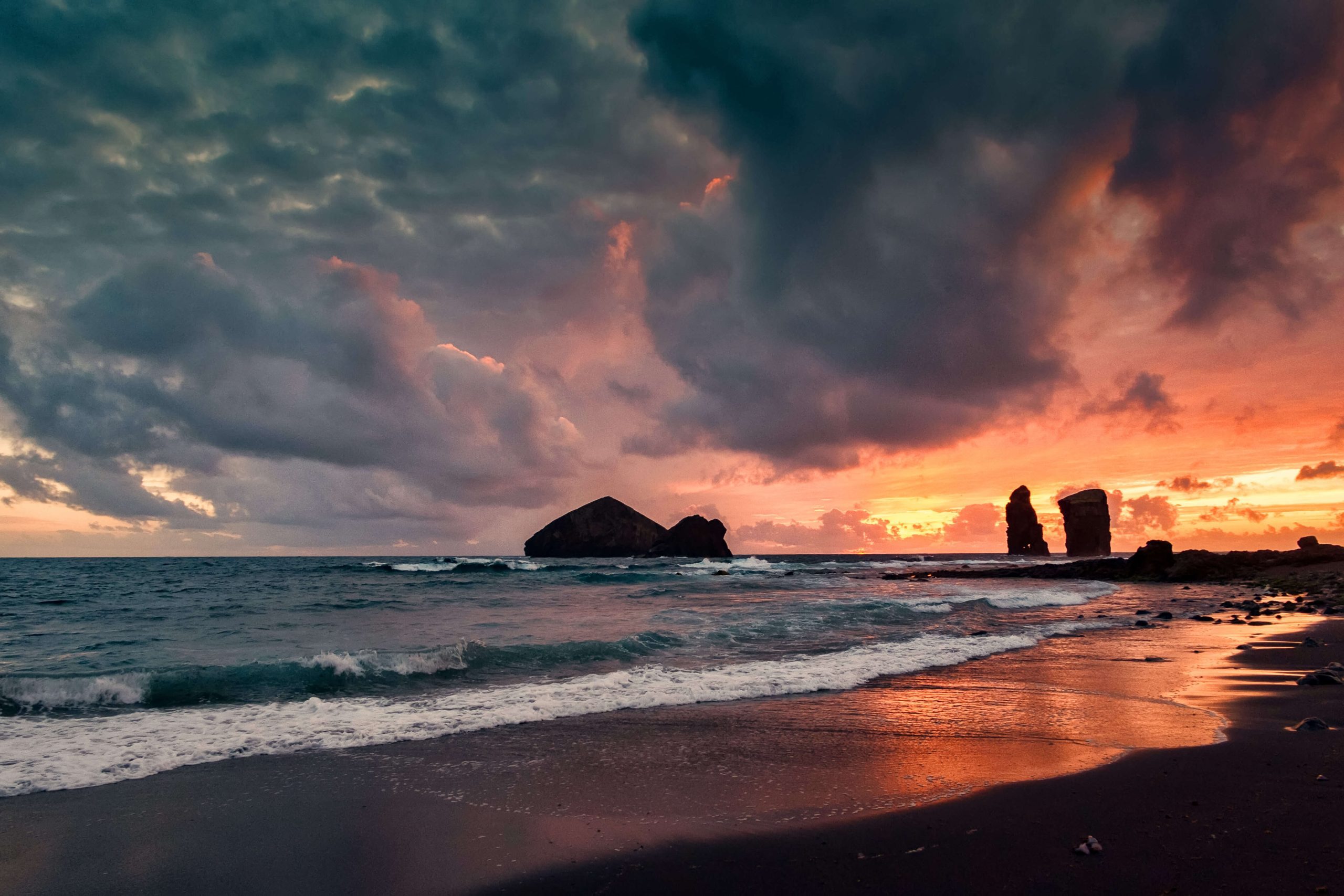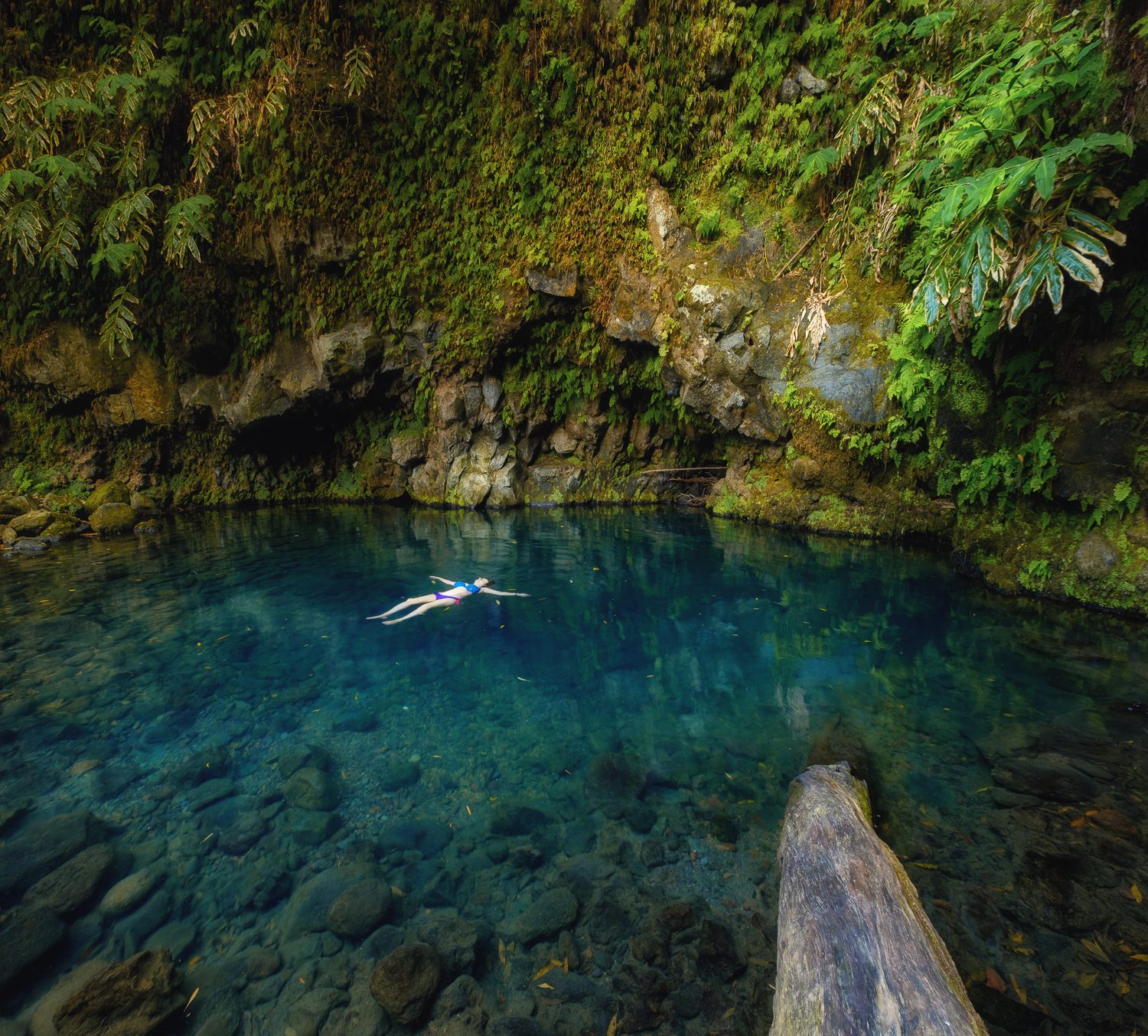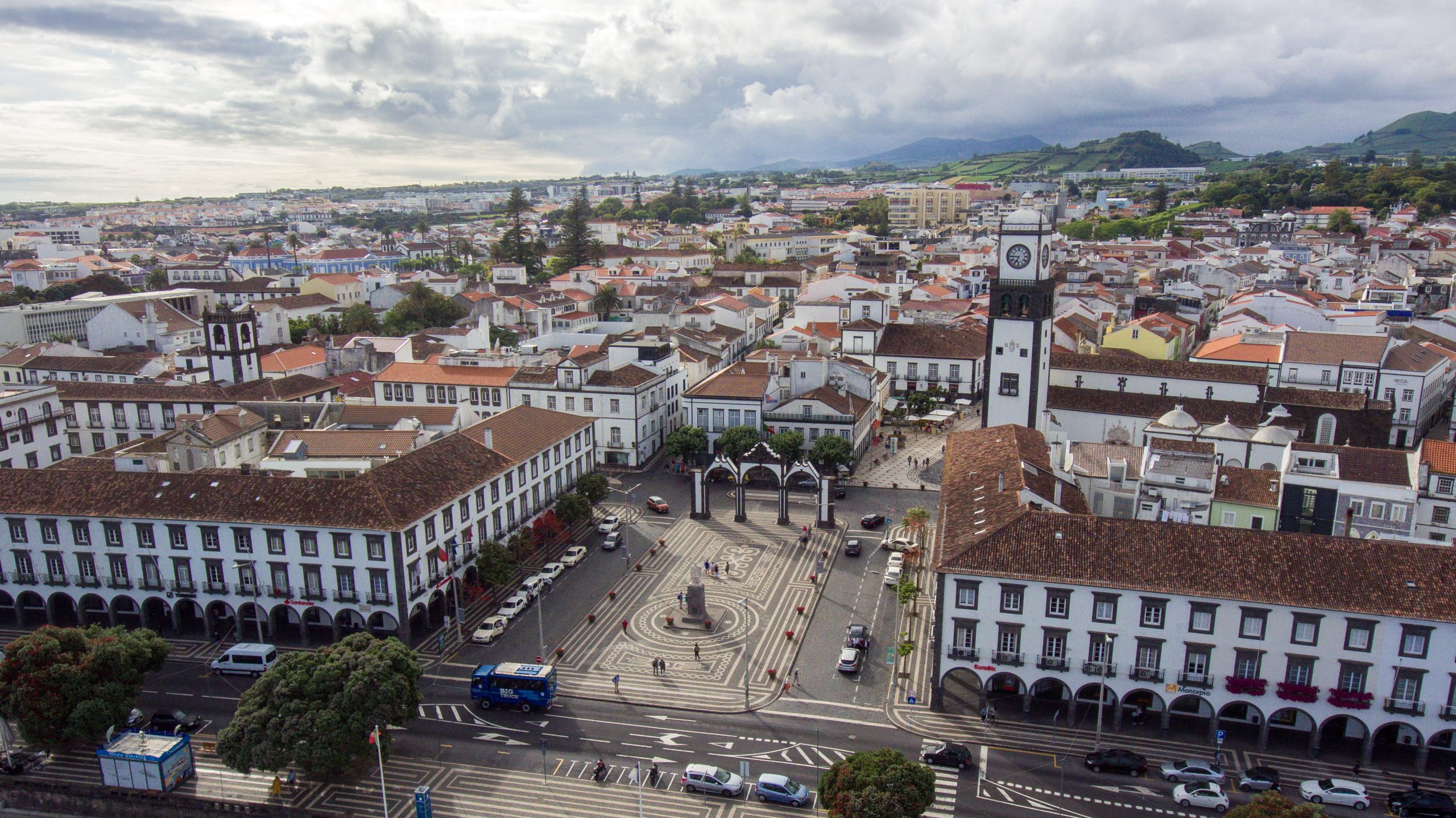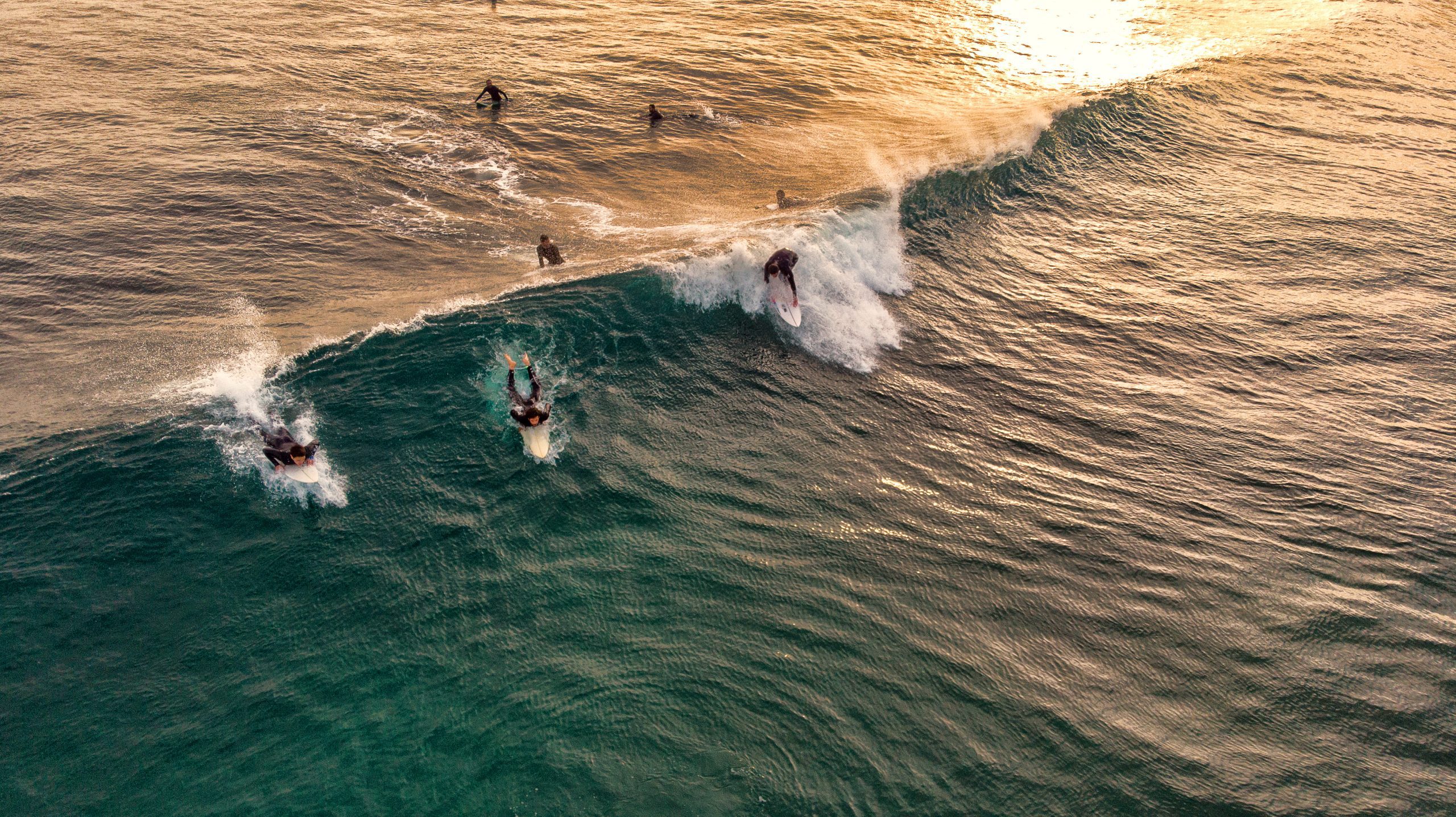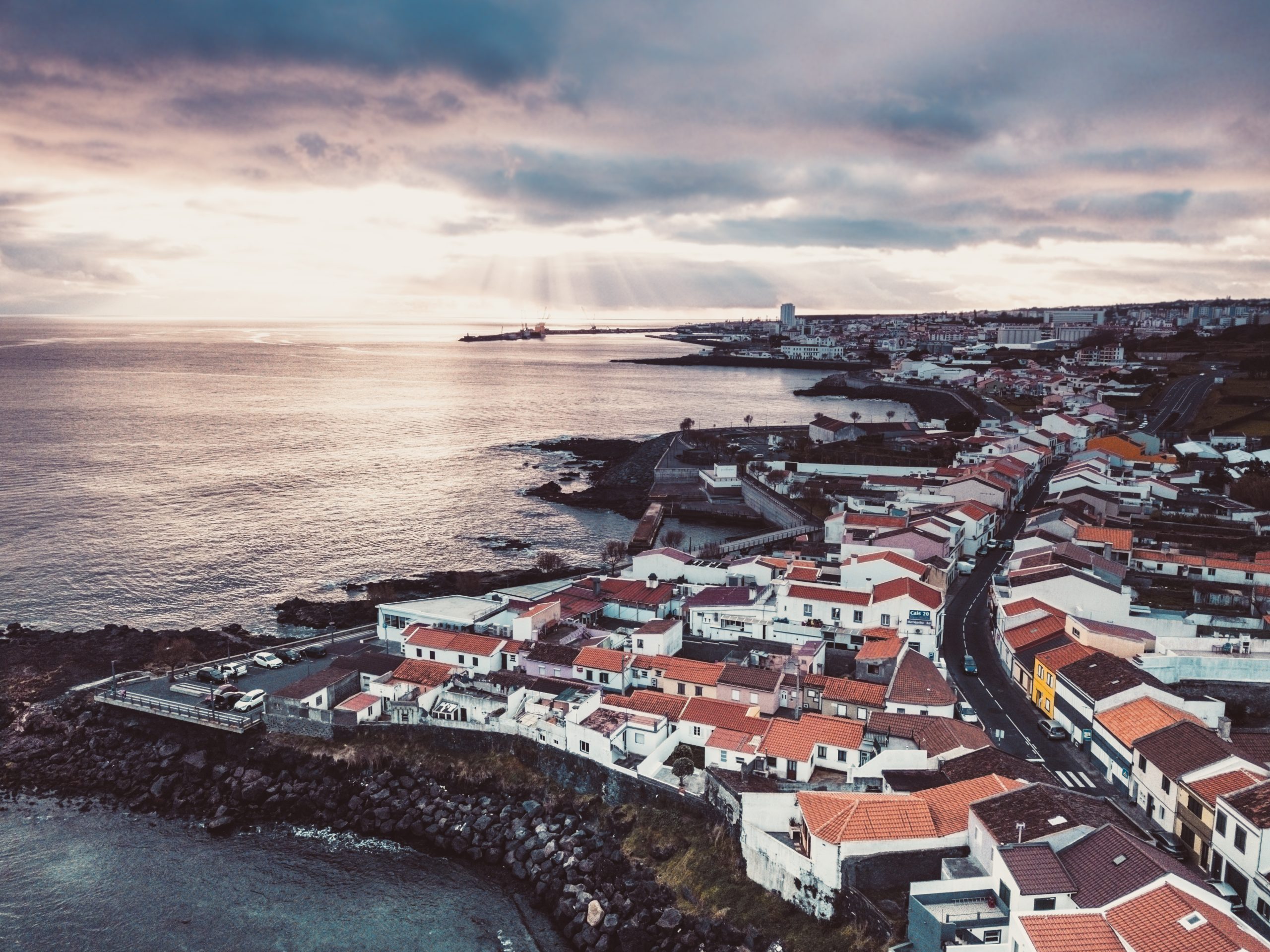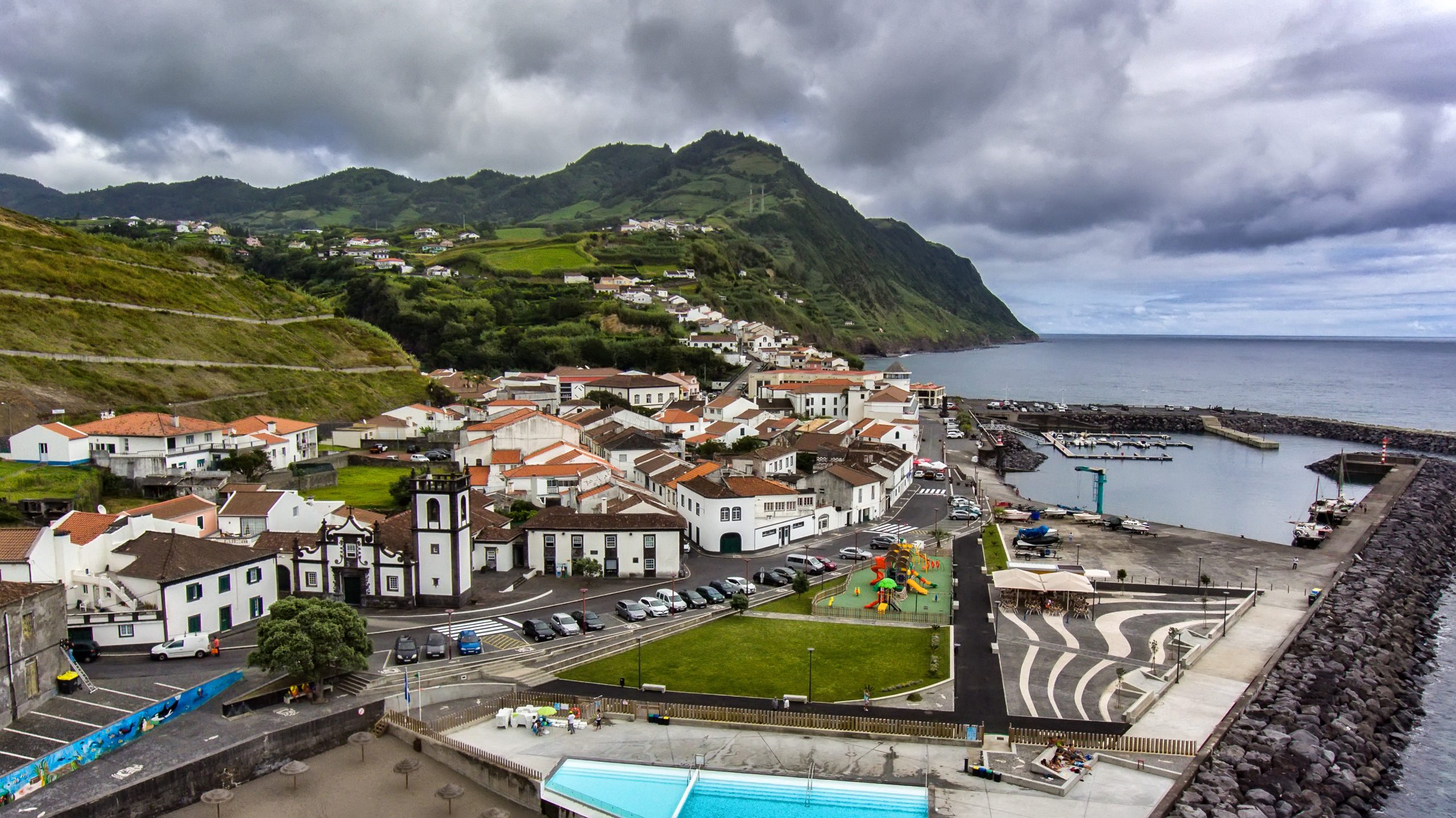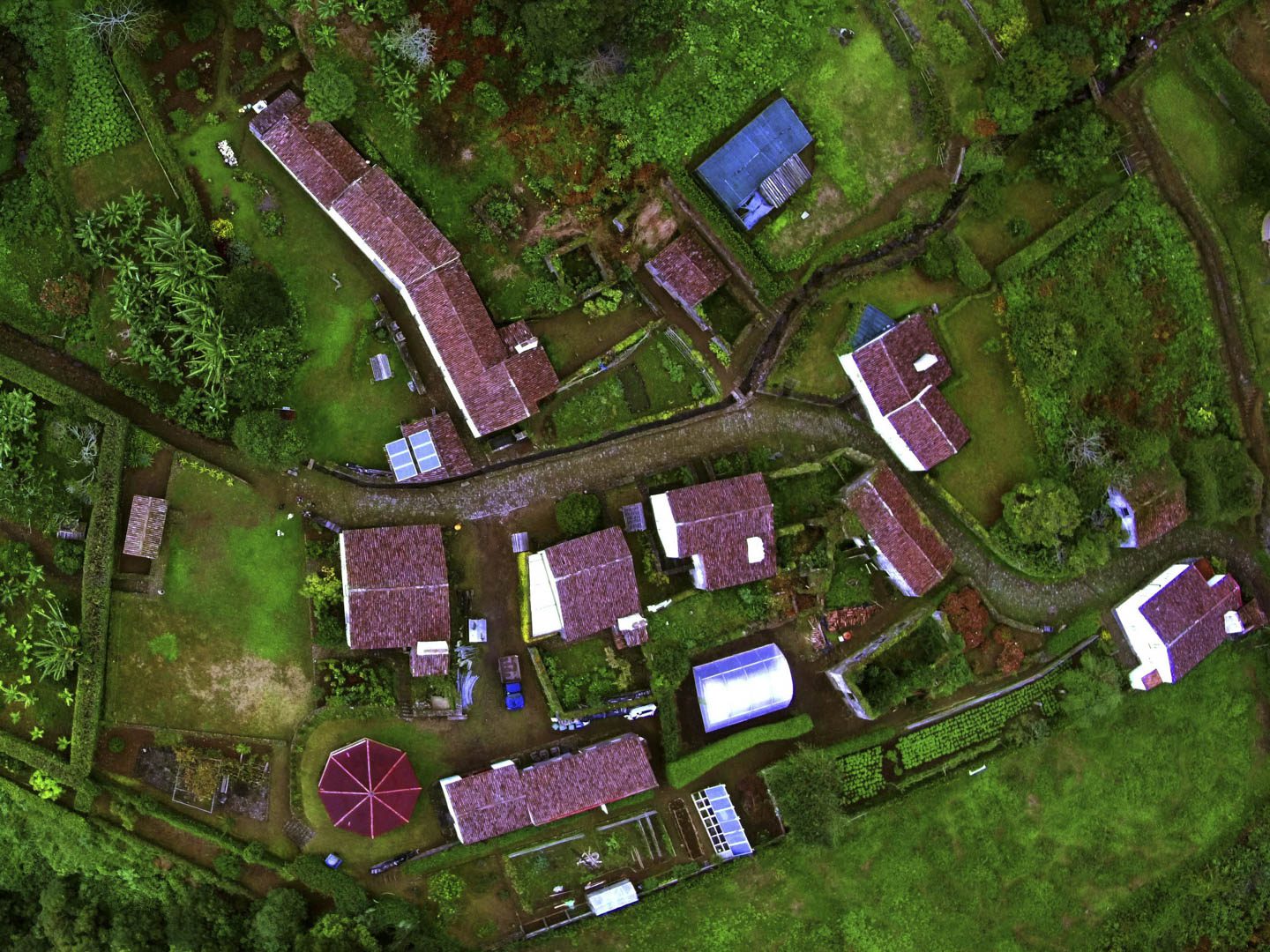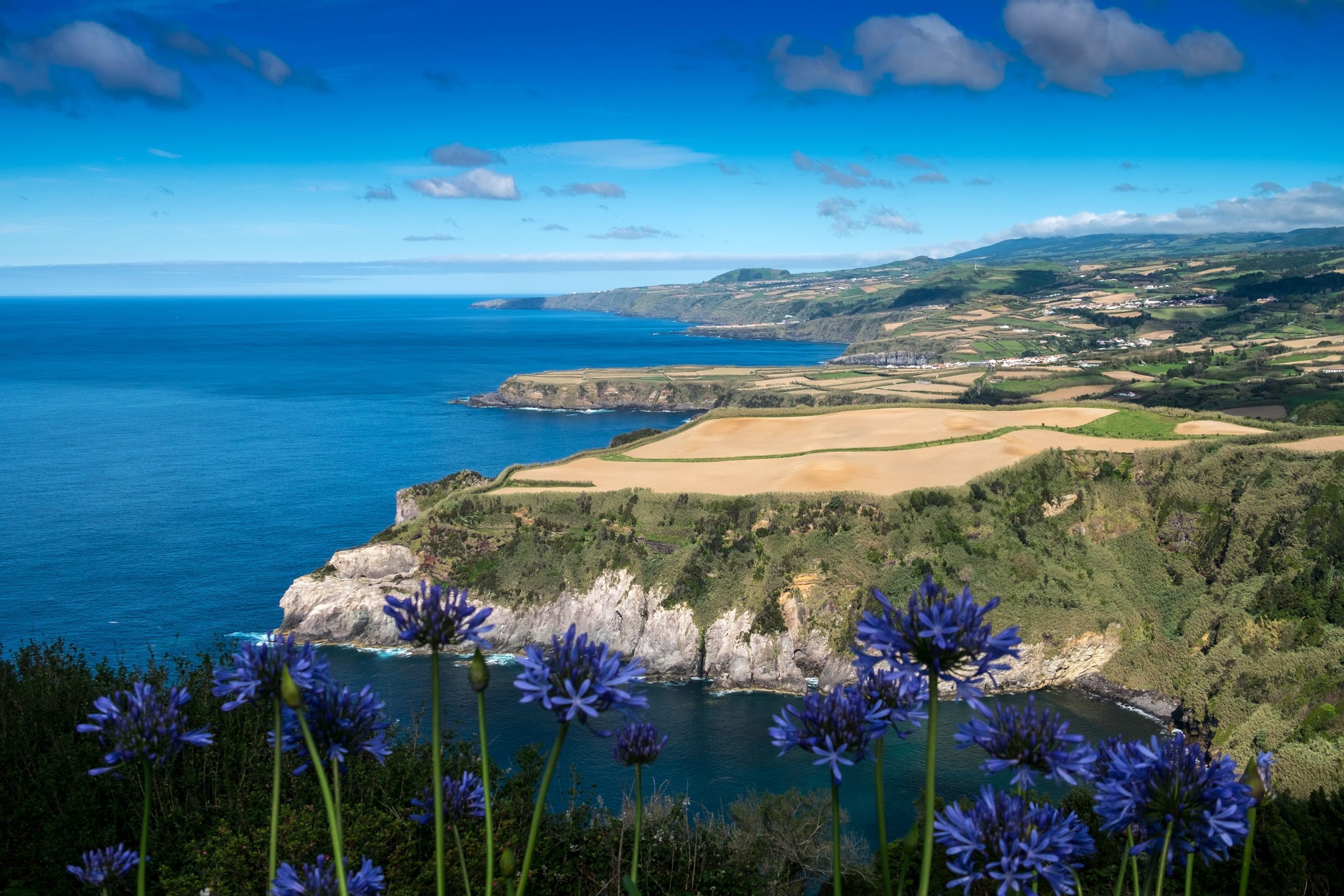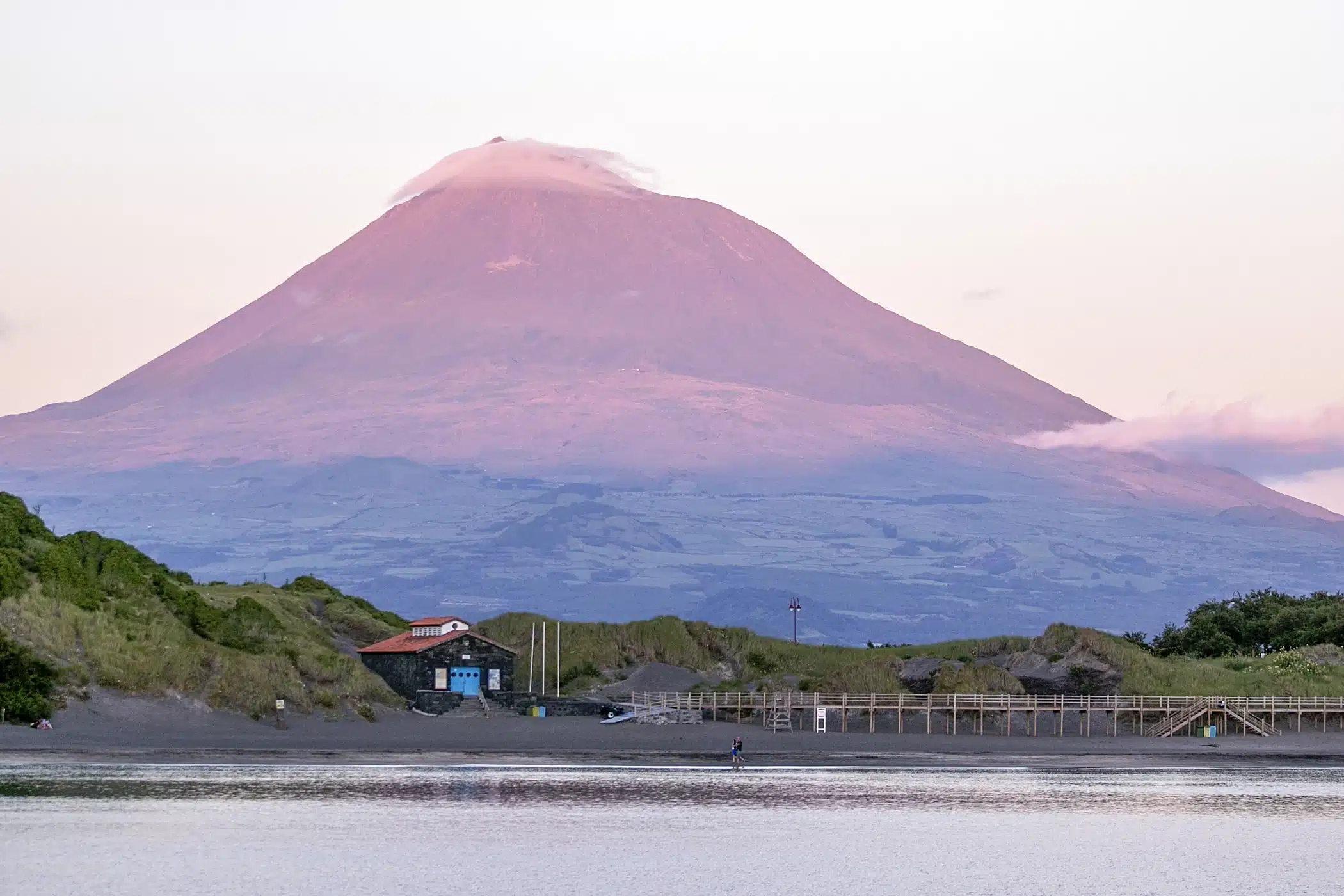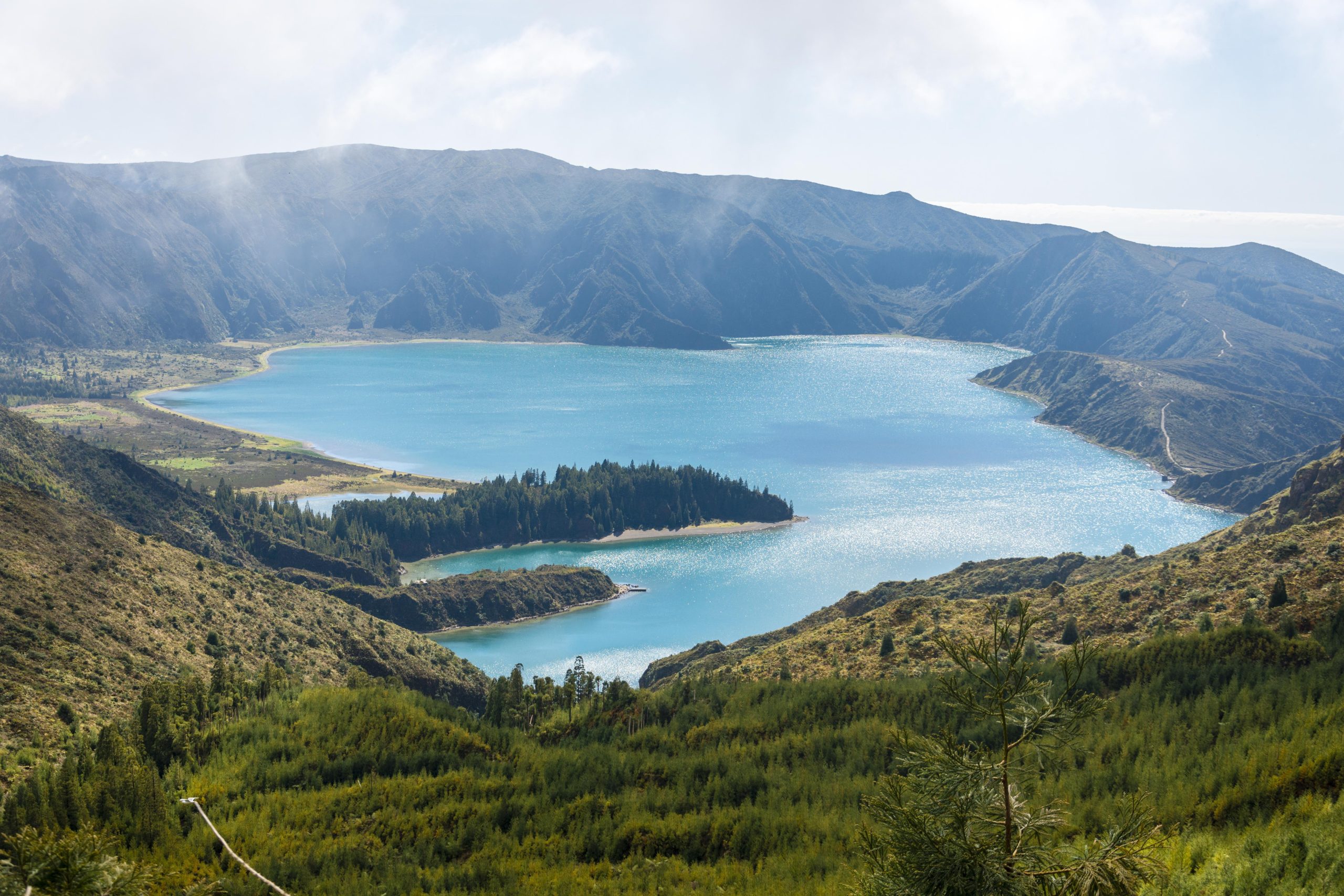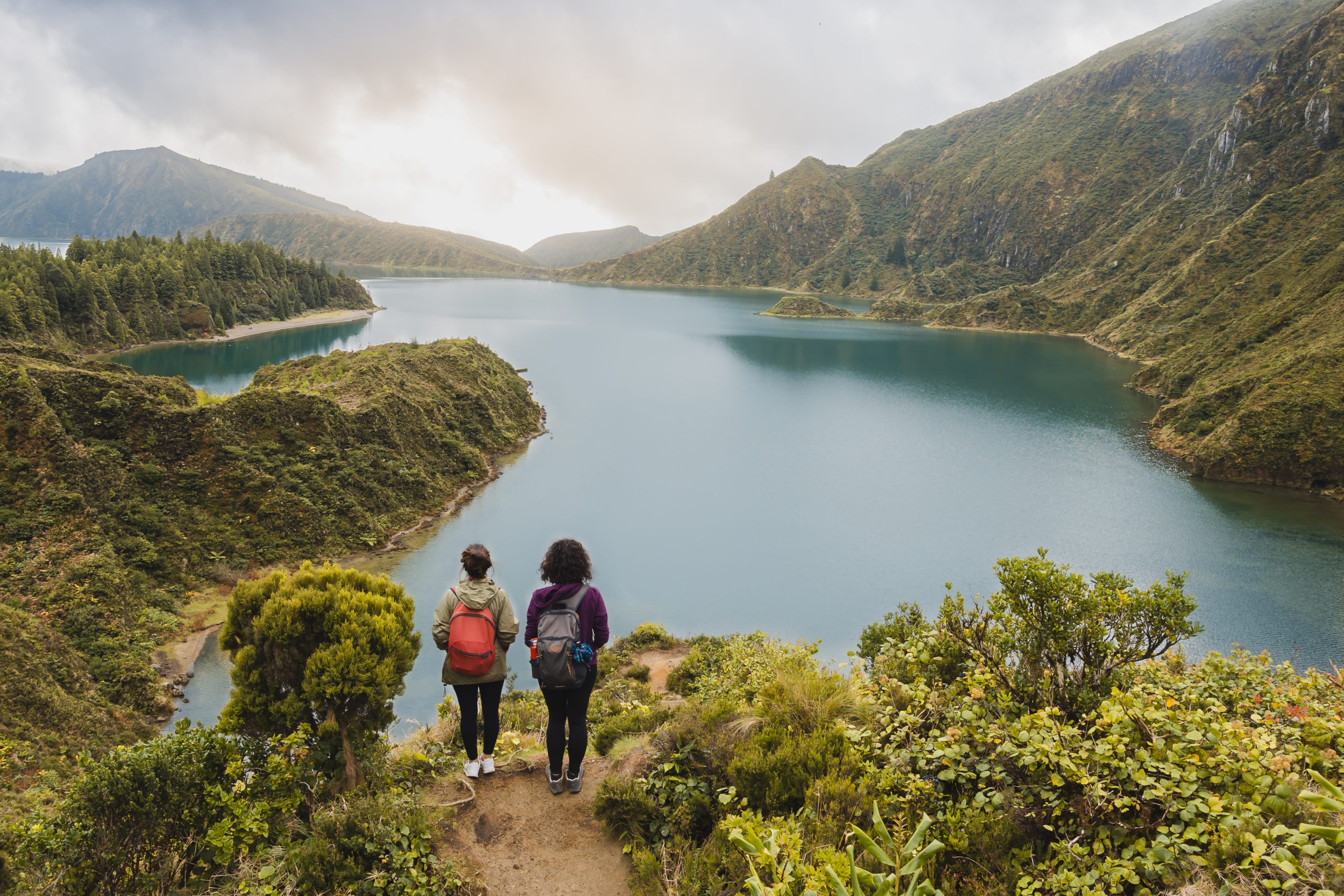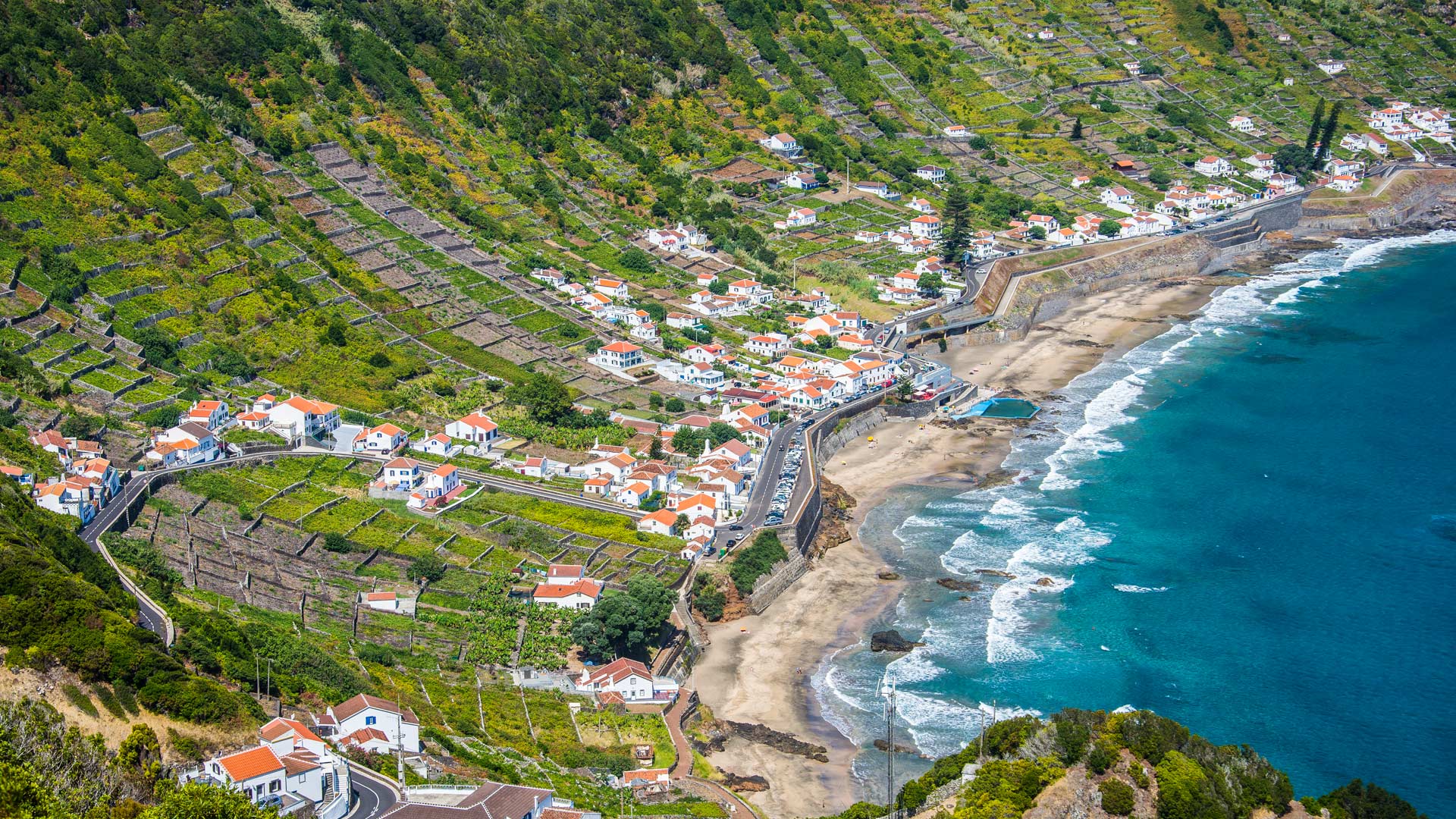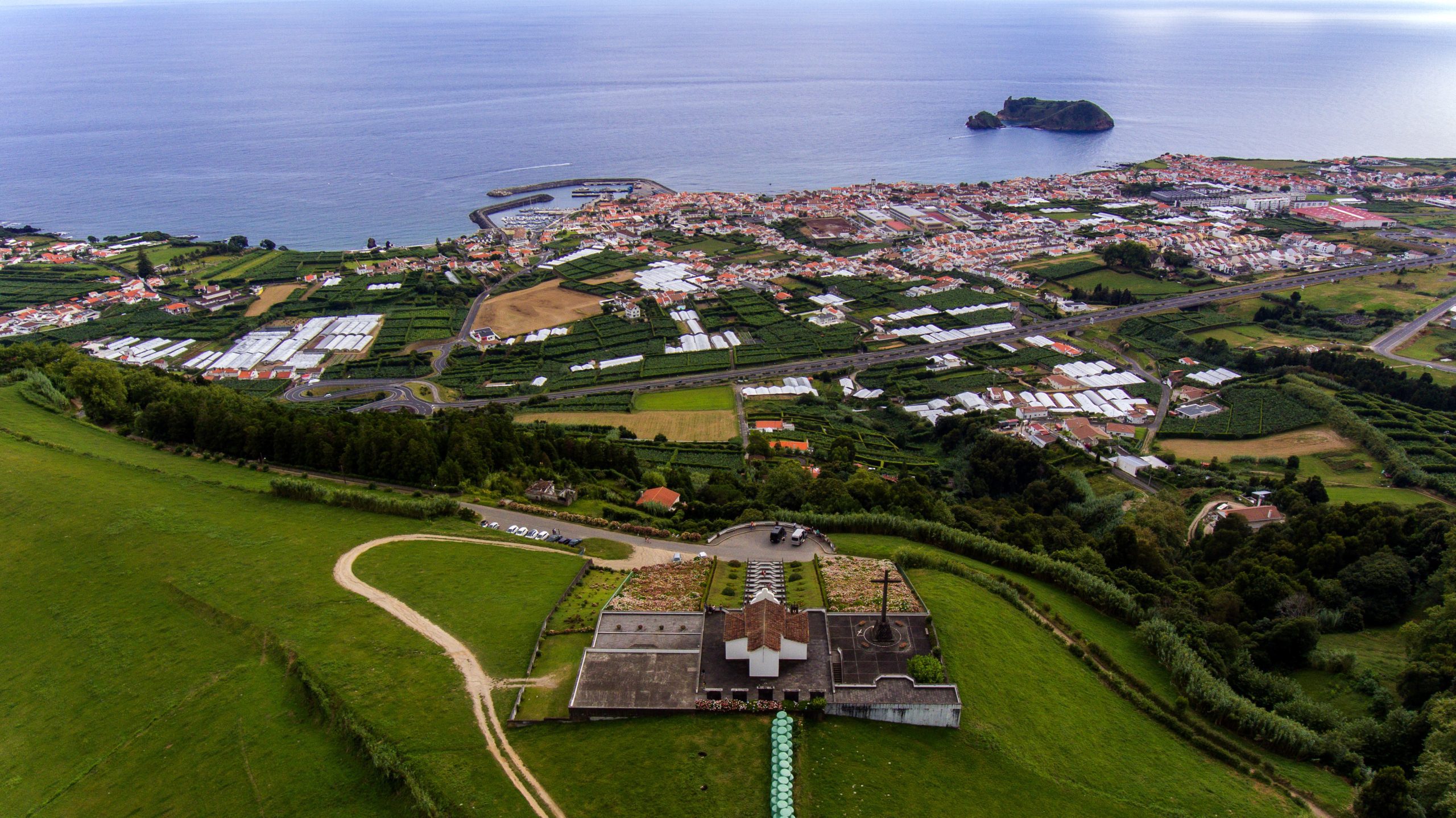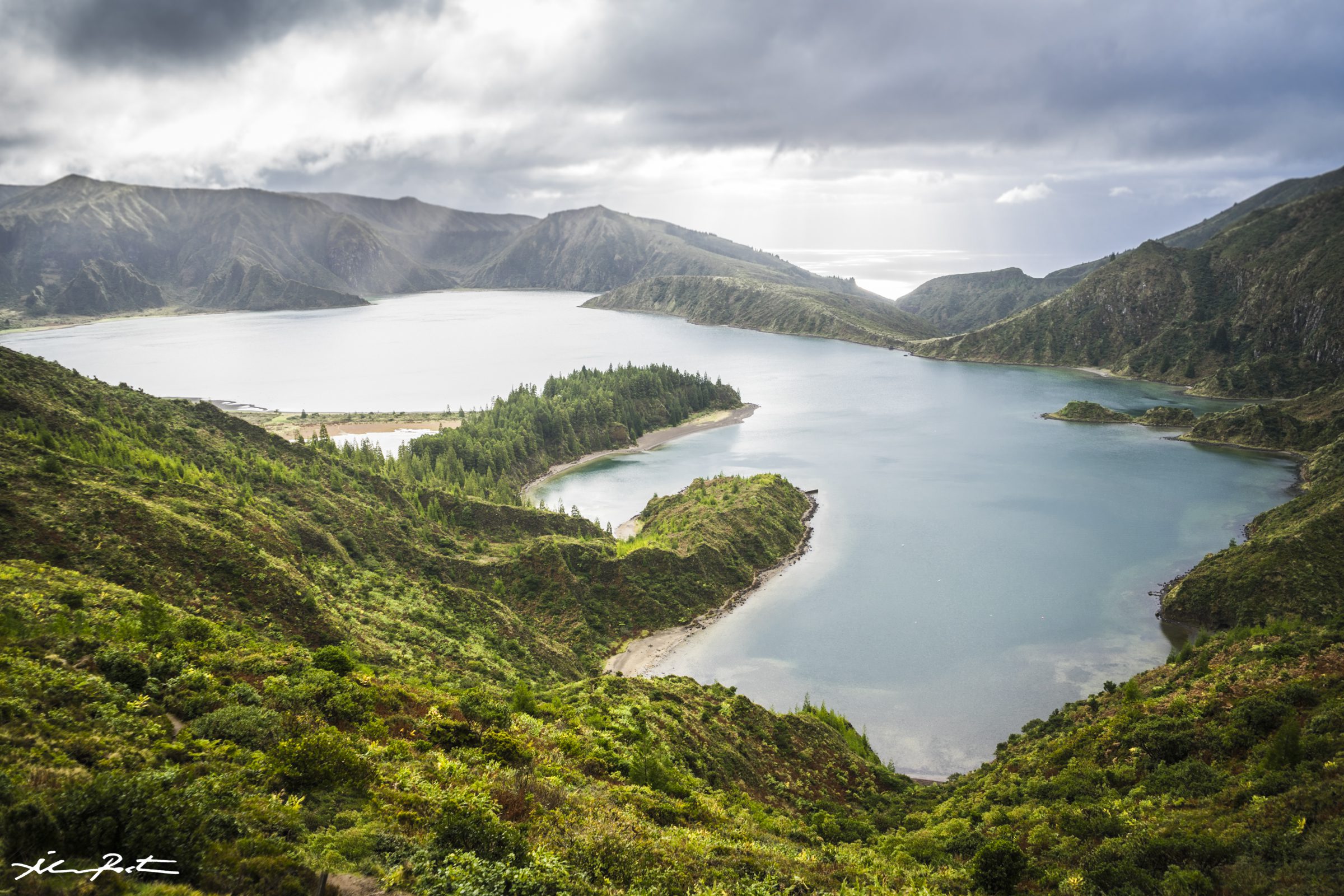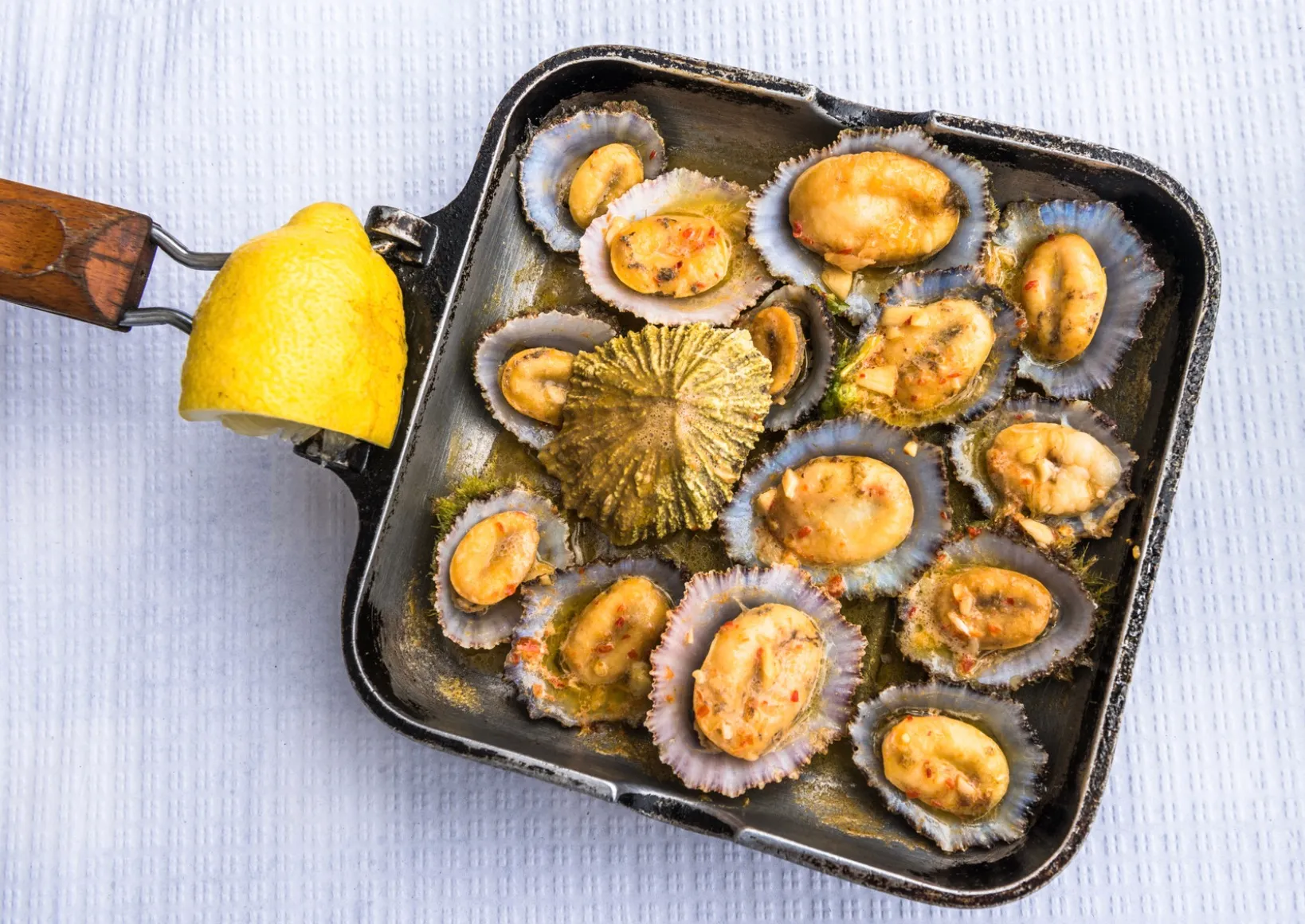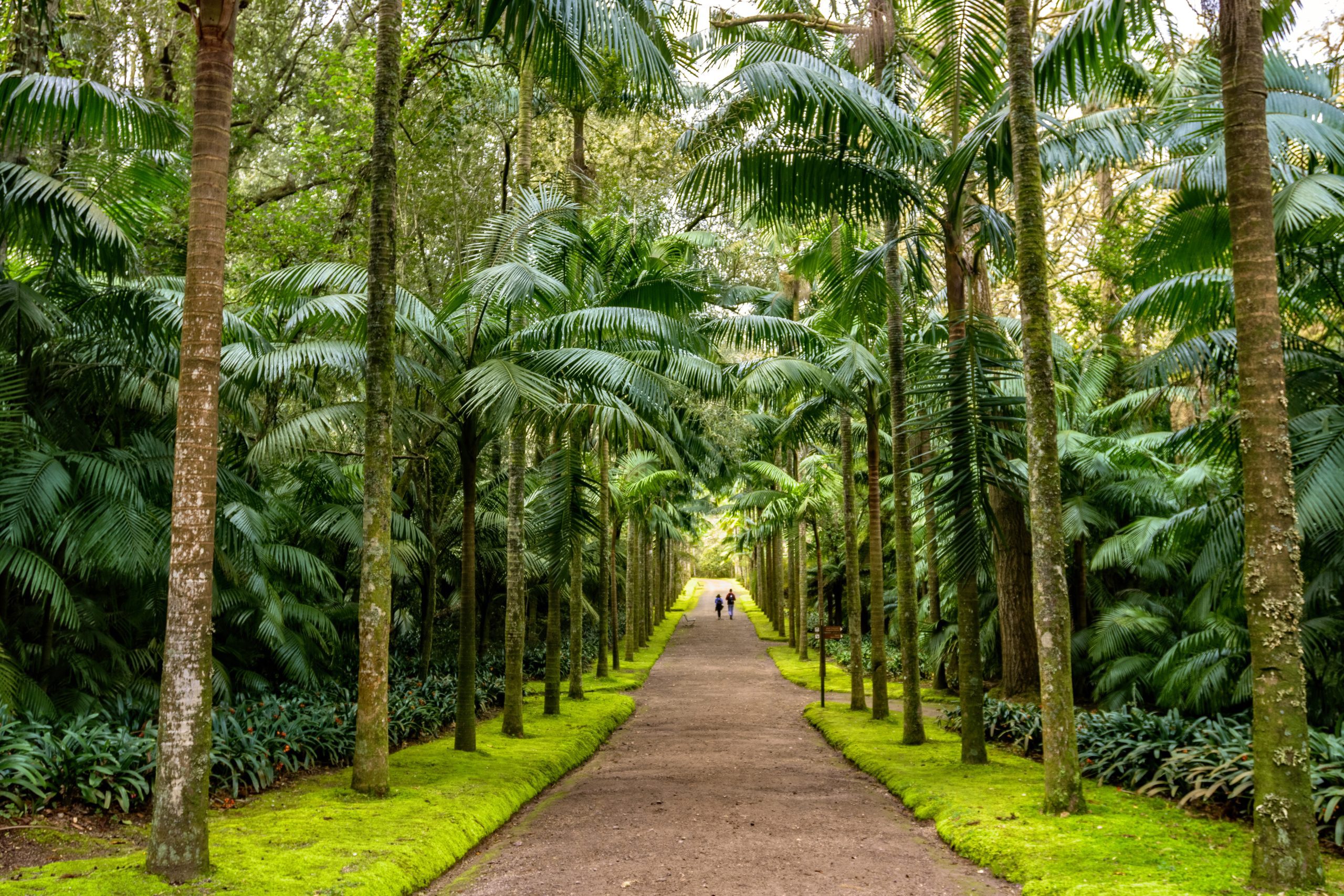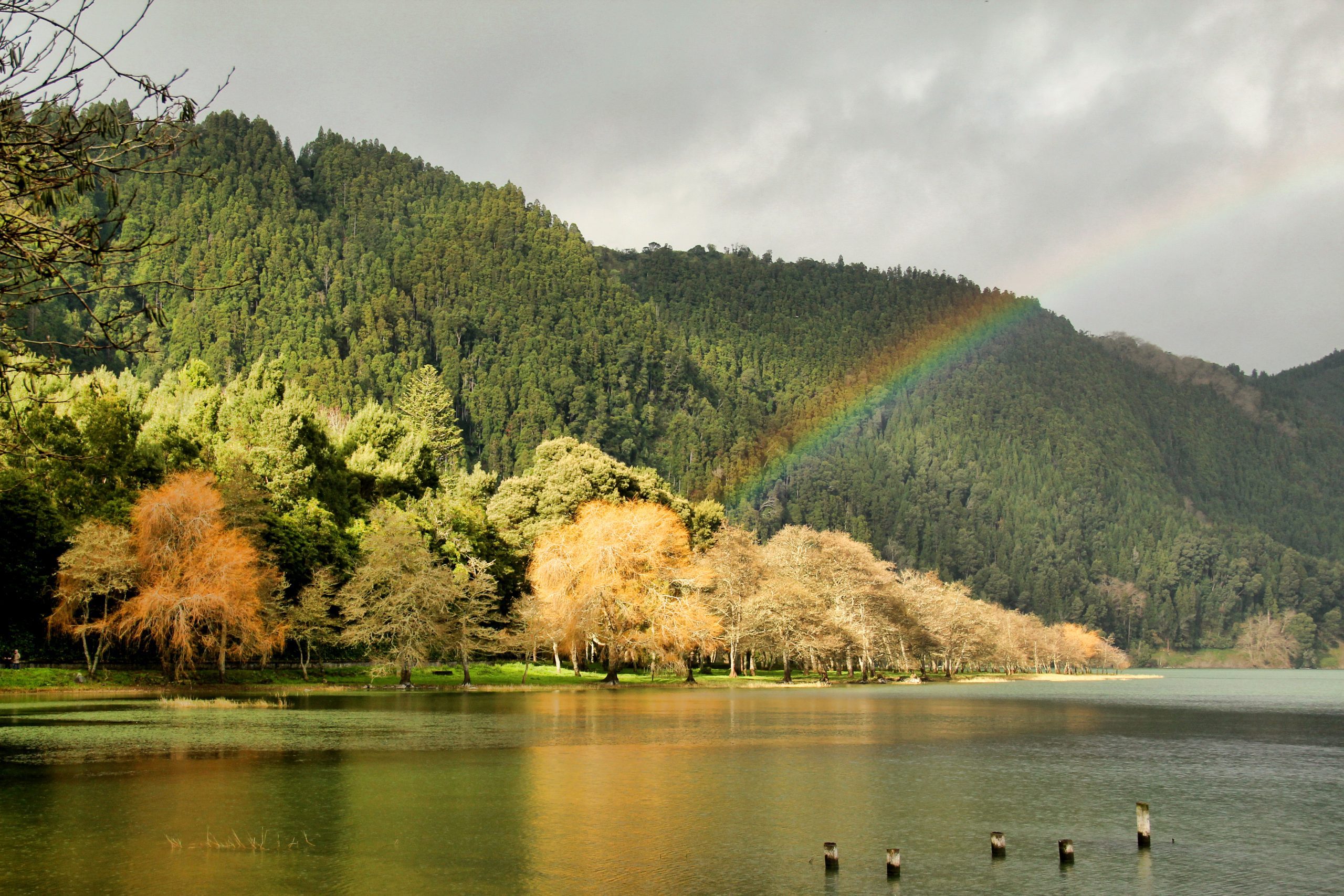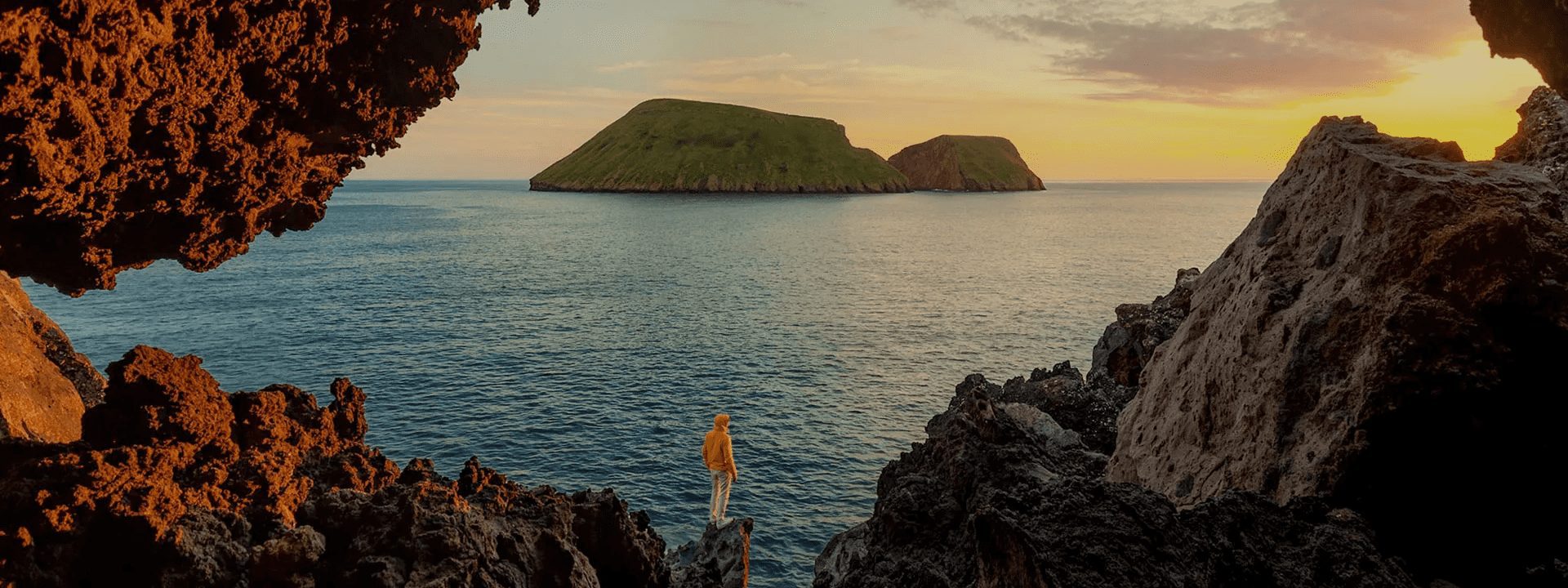If you are planning to visit the Azores in March, this article is for you! Maybe you are wondering if this is a good time to go to our beautiful islands in the Atlantic. Or you might be looking for things to do with the weather in the Azores in March. Well, don’t worry! We will cover everything from what to wear to the weather forecast and local events. We will help you organize your best holidays in the Azores at any time of the year.
All year round, the archipelago is used to pretty unpredictable weather. It never gets too cold, but we are getting the four seasons in a day. Between heavy rains and a bright sun, only 5 minutes can make a difference.
Is March the best time to come to the Azores? Why visit during winter? All you need to know to travel to the Azores in March is here. Keep reading!
How is the Weather in the Azores in March
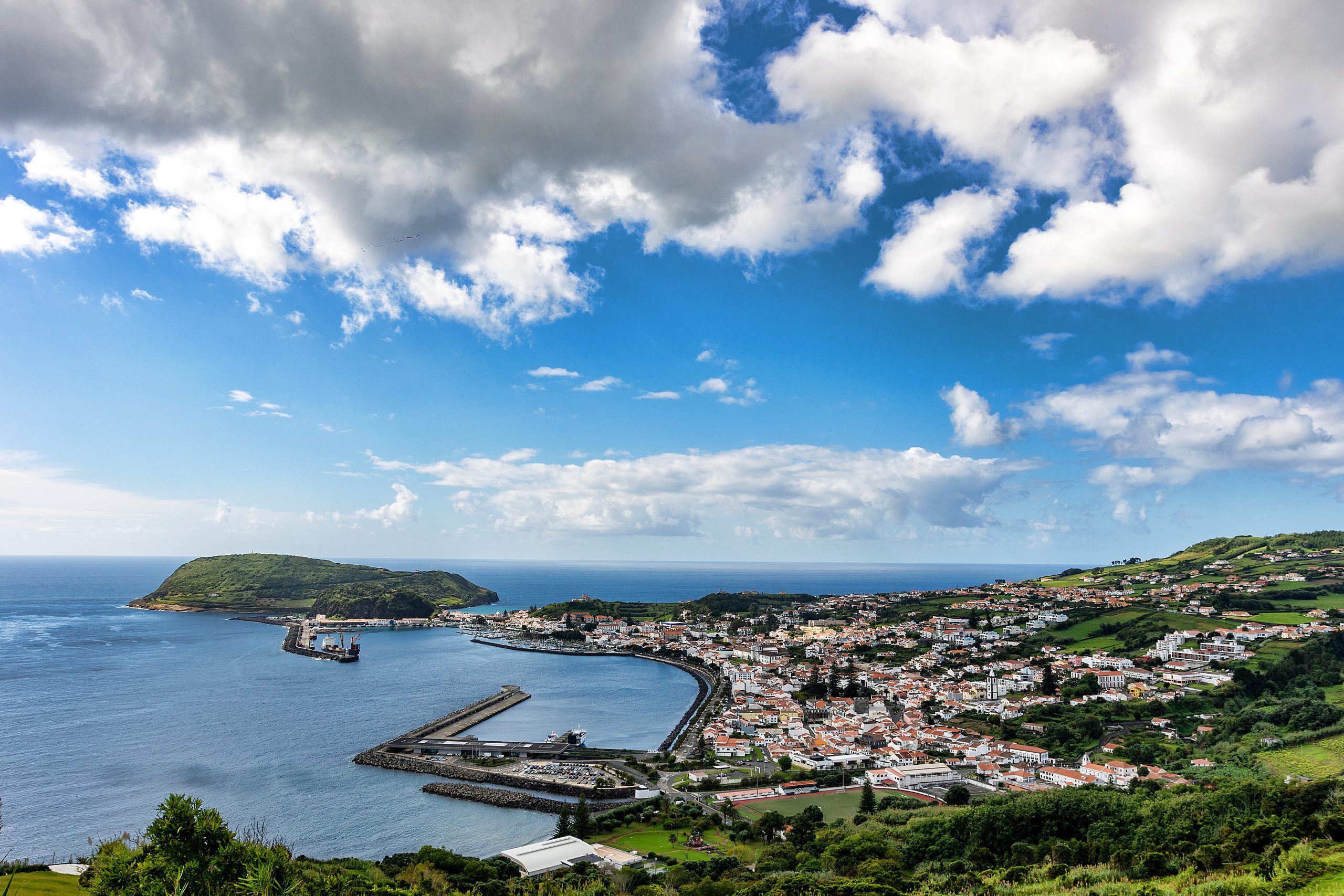
The weather in the Azores in March is globally good, as our islands benefit from nice temperatures all year round thanks to the subtropical oceanic climate. March is the last month of winter and marks the beginning of spring, so it begins to get dryer.
However, rain is more frequent than during the summer. March is not the best month for those who want to get tanned on the beach every day and love the heat. But if you enjoy nature and outdoor activities, then March is a good time to go to the Azores.
A great advantage of coming in March is that you will find fewer tourists on the islands.
The high season is in July and August, but in March, you will be able to have popular spots all to yourself or with hardly any people. Furthermore, in March, it is great to watch the biggest whales in the world passing by our waters during their annual migration.
The weather in the Azores in March will bring approximately 103 mm (ca. 4 inches) of precipitation distributed between 17 days during the whole month. This is less than the previous winter months. Per day, you will be able to enjoy an average of 7 hours of sunshine. Apart from the rain, there can be some fog, mostly at altitude, and a moderate breeze. The speed of the wind will vary from an average of 20 km/h to 25 km/h. The median cloud cover with the weather in March in the Azores will be 38%.
Air Temperatures

February is the coldest month of the year in the Azores. In March, temperatures start to rise. There are still cool days, but not as cold as in the European mainland.
The average low for March is 11 °C (51.8 °F), and the average high is 16 °C (60.8 °F). If you are lucky, it can even go up to 20 °C! The highest-ever temperature for this month was in March 1987 at 25 °C. It is a great month to enjoy nature and our beautiful landscapes.
Water Temperatures

In March, the water temperatures are the same as in January, February, and April: 17 °C (62.6 °F). This is the coldest that the ocean can get in the Azores, but still, many people go swimming on sunny days. If you are afraid to get cold, a wetsuit can be the solution for you, but locals usually go with a regular swimming suit. The temperature will start to rise only in May.
All year round, surfers love the Azorean waves. There are so many aquatic sports to practice in our 9 islands. From snorkeling to wakeboarding, diving to windsurfing, everyone will find something interesting to do in the water.
Sunrise and Sunset Times
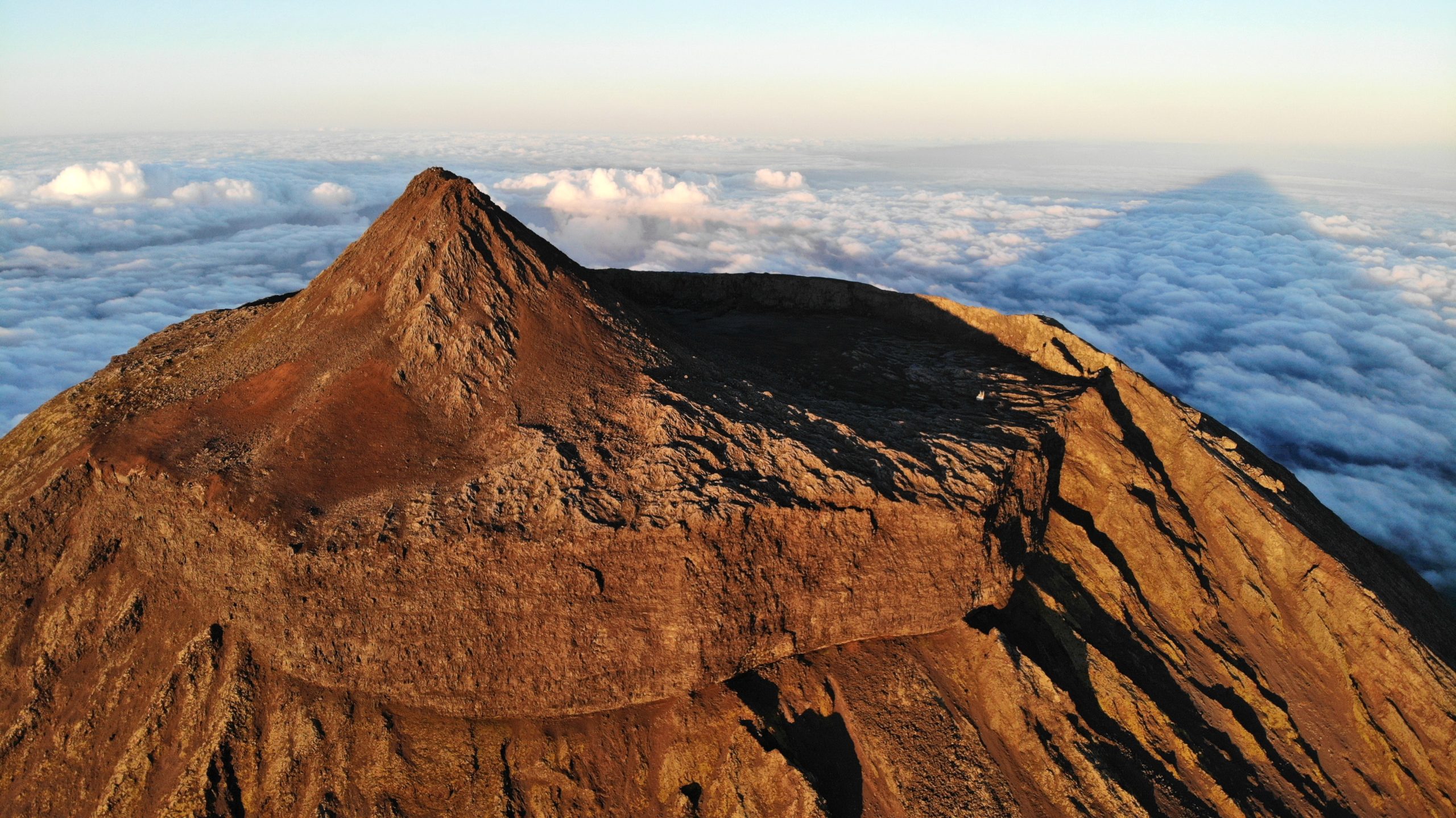
For travelers, the number of sunlight hours is relevant to enjoying the most out of their holidays. The length of days gradually increases in March. On the shortest day, March 1st, the sun will rise at 7:17 am and set at 6:36 pm, offering 11 hours and 19 minutes of daylight. On the longest day, March 31st, with 12 hours and 32 minutes of daylight, it will rise at 7:32 am and set at 8:04 pm.
If you are a sunset lover, Mosteiros on São Miguel island is the best spot to observe the sky fill with soft colors. In Flores Island, Fajã Grande is your best option! For the early birds, sunrise is best seen on Serra do Cume in Terceira island and on Pico island, from the top of the volcano, of course!
Nature in the Azores in March

Spring is around the corner, and many flowers will start to bloom in March. But the islands will still be mostly bright green thanks to the rain from the wintertime. With the weather in March in the Azores, you will still come across many rainbows. In the ocean, our waters are beginning to get richer in food for the big whales passing by the Azores on their annual migration. It is a great time to watch these beautiful creatures.
Would you like to know the best times for whale watching?
Take a look at our whale watching calendar and plan your next adventure! Don’t miss the chance to spot these majestic creatures in Azorean waters. 🐋 🌊
What to Do in the Azores in March

In March, you can experience wonderful outdoor activities like canyoning and horse riding or enjoy a boat tour around the islands. Relaxing in the hot springs of São Miguel island is almost mandatory! The air temperature is ideal to enjoy the warm waters.
March in the Azores also has the perfect environment for walking in our lush nature and hiking our breathtaking trails. Areas in altitude may have more wind and fog, but trails inside forests are great to recharge your batteries.
But the one thing not to miss is whale watching in March in the Azores! Indeed, this month is particularly breathtaking to watch cetaceans in the Atlantic, as it is the beginning of the baleen whale season.
For days filled with rain, there are many museums and interpretation centers to visit on the 9 islands. From scientific to artistic, historic to volcanic, themes are diverse to meet everyone’s needs and attract curious souls. Some examples are the tea plantation of Gorreana in São Miguel or the volcanic cave Gruta das Torres in Pico.
Whale and Dolphin Watching in March
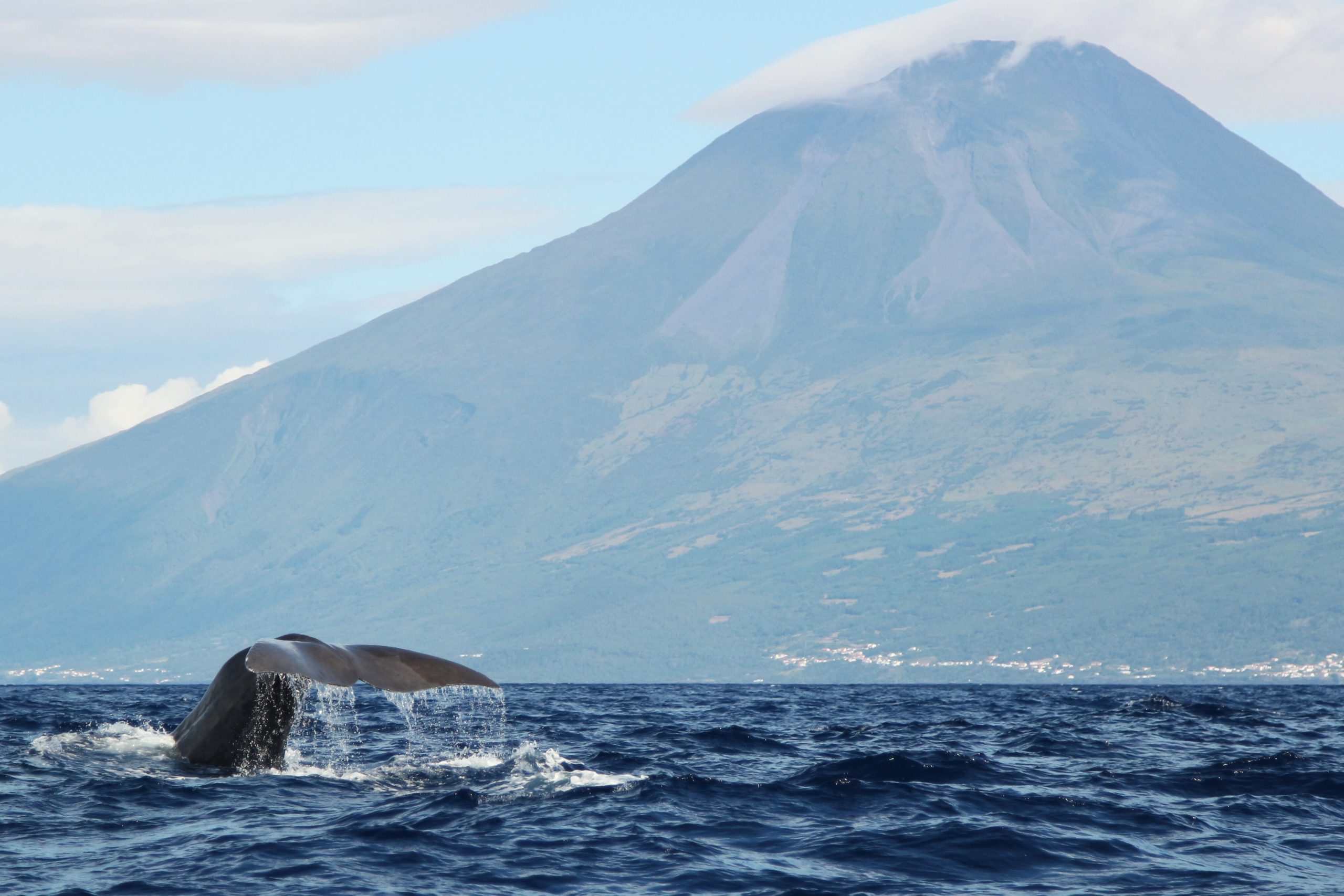
From March to June in the Azores is the absolute best time to go on a whale and dolphin watching trip if your dream is to see the biggest animals in the world. The huge and majestic creatures are present in our waters mostly during this period, but it can happen to see them at other times of the year. Between them are the big 3: Blue whales, Fin whales, and Sei whales.
Those are only part of the 28 cetacean species already registered in the Azorean waters. Outside the big whale season, we have four whales and dolphin species that are residents in our archipelago, which means you can see them all year round. These are Sperm whales, Common dolphins, Bottlenose dolphins, and Risso’s dolphins.

Hiking in the Azores in March
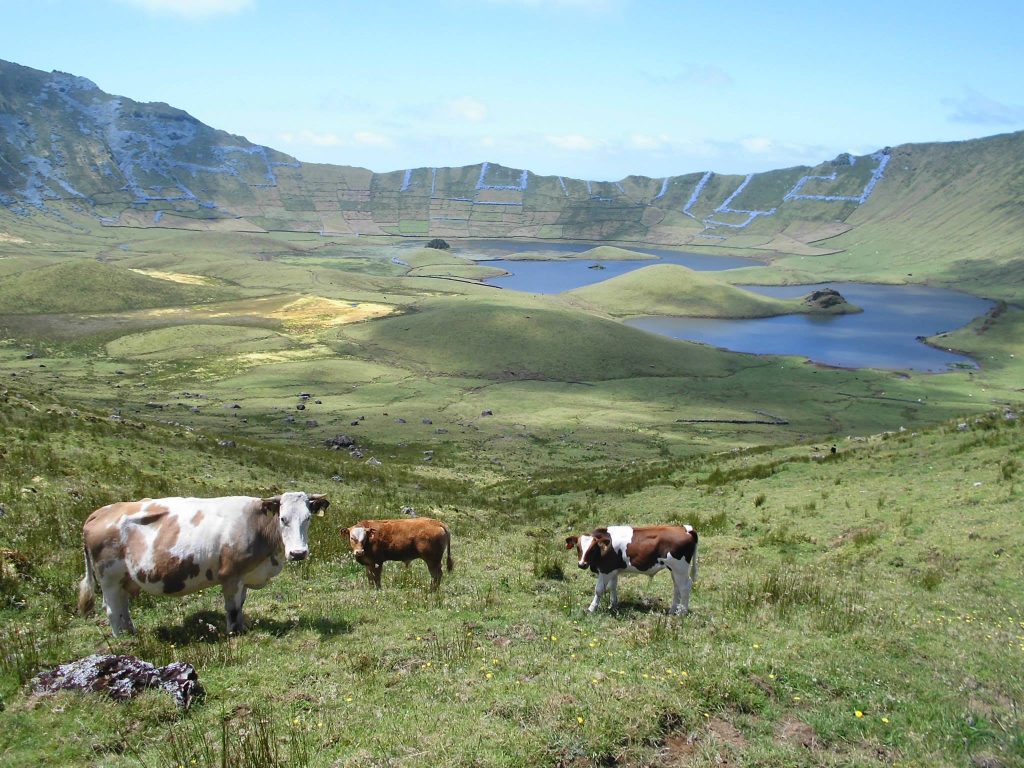
The Azores’ archipelago is renowned for its wonderful hikes, and each island has countless charms to discover. For São Miguel, we highly recommend the trail of Salto do Prego in Faial da Terra. This circular trail has many hidden gems, but the highlight is the beautiful waterfall, where you can swim in the fresh waters. On Corvo island, the trail of Caldeirão offers one of the most unbelievable views of our islands: a pristine lake surrounded by bright-green vegetation inside a collapsed volcanic crater.
São Jorge island is a go-to destination if you love hiking, as there are many beautiful routes to discover remote locations. One of them is the trail down to Fajã da Caldeira de Santo Cristo. A good tip is to spend the night down there in the small village that is only accessible by foot or quad.
Another example of a stunning trail is Fajã Grande to Ponta Delgada in Flores Island for a full immersion in nature and the ocean always in sight.
Local Events in the Azores in March

Carnival in the Azores is a big deal! It can be in February or March, depending on the date of Easter. During the Carnival, there are shows and parades on the streets, special disguised parties, and delicious traditional food like the Malassadas (Azorean doughnuts). The biggest parties are on São Miguel and Terceira islands, but each parish of the 9 islands organizes festivities.
A religious tradition in São Miguel island is the Romeiros (pilgrims). Catholic groups made up of only men organize long trips on foot to visit as many churches as they can around the island, singing and praying along the way. They will be on the road in March and April.
Finally, at the end of March is the annual Rally on São Miguel island. This event attracts many sports car lovers to the island every year. Cars are racing in spectacular landscapes such as Sete Cidades, one of Portugal’s seven natural wonders.
What to Wear in the Azores in March

The unpredictable weather in the Azores in March makes it challenging to choose what to wear in the morning. But we always advise you to take a waterproof jacket with you and opt for dressing in several layers of light clothes. So a T-shirt, a sweater and a jacket on top is the right combination to not be either too cold or too warm as you can take layers off.
If you intend to hike, bring adequate waterproof hiking boots with a good grip, as paths can be wet. We recommend pants over shorts for hikes due to the lush vegetation on some of them.
For Carnival parties, don’t forget to bring your most beautiful carnival mask and a disguise.
Furthermore, it is essential that a swimming suit is a must for the hot springs or the ocean. Due to the iron in the hot springs water, don’t pack a white swimming suit as it might turn orange. And of course, please remember your camera!
Complementary Information
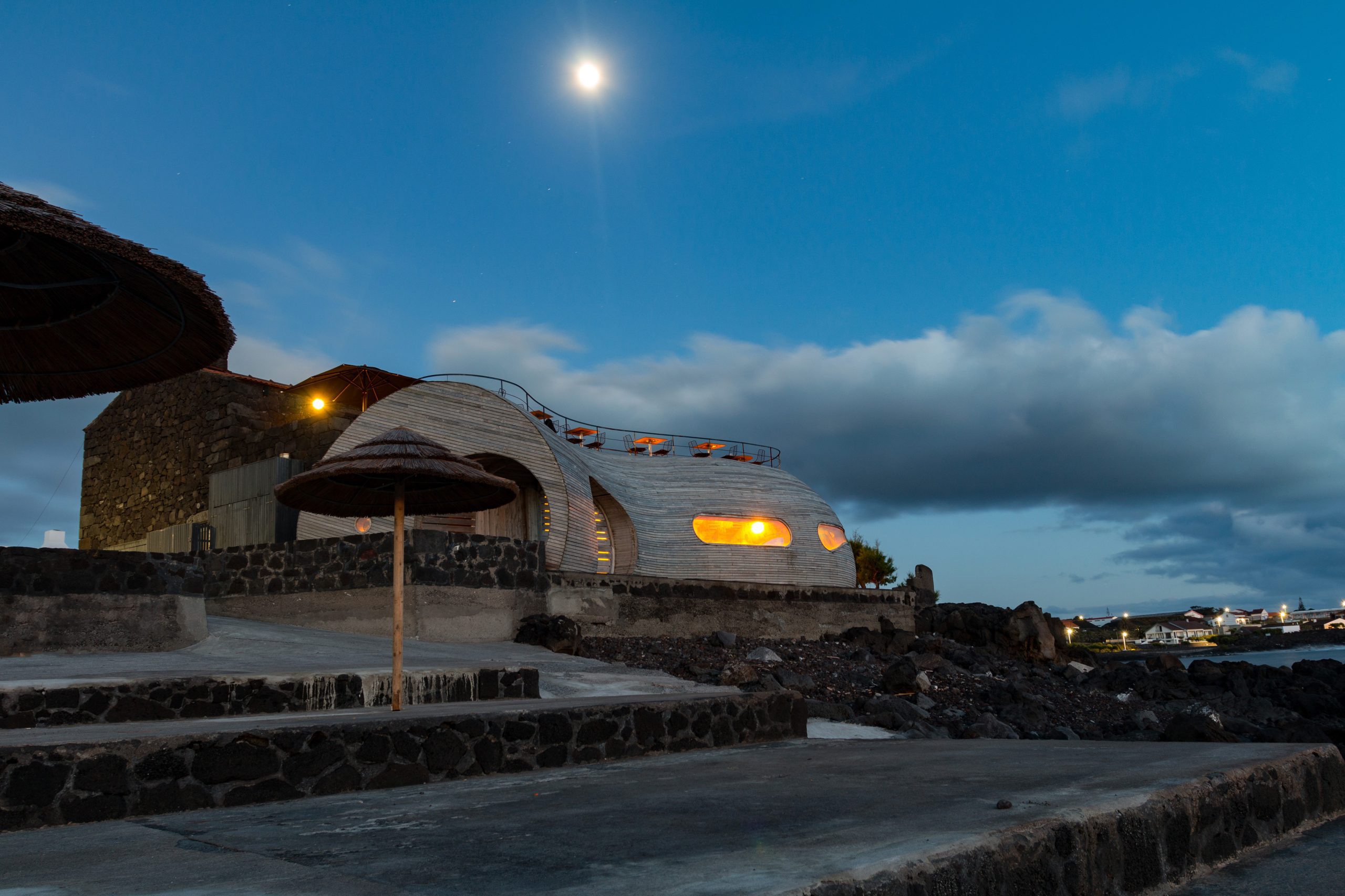
How to Get to the Azores
São Miguel Island is easily accessible with numerous flight routes. Lisbon and Porto are the main entry points to the continent, with direct flights to São Miguel (PDL), Terceira (TER), Faial (HOR), Pico (PIX), and Santa Maria (SMA) available. To find the best flight, use search engines like eDreams or Skyscanner. These platforms allow you to compare prices and schedules from different airlines in one place.
For more details on how to get to the Azores, take a look at our complete guide. But what if you want to explore beyond your arrival island? We’ve got you covered!
- Azores Airports 🛬
- Flights between islands ✈️
- Ferries between islands ⛴️
- Which island to choose? 🏝️
- What airlines fly to the Azores 🛩️
→ Once you’ve found the perfect route, book your tickets and get ready to experience one of the world’s most stunning island groups!
Useful Tools & Apps
The weather in the Azores can be variable, so it’s helpful to use some apps before visiting the islands. Spotazores offers live camera feeds from the main tourist attractions, letting you check the weather and plan your visit. For accurate weather predictions, use Windy or Windguru — they provide the most reliable predictions.
Check all our articles about the weather in the Azores throughout the year 🌤️ ☔️: January | February | March | April | May | June | July | August | September | October | November | December
Video
Conclusion
The Azores in March is a great destination compared to many places on the European mainland in terms of temperatures and outdoor activities. Plus, when we do get some rain, it usually doesn’t last all day long. However, the secret to enjoying your best holidays in the Azores is to not let the weather change your plans. So, explore our lush nature, jump in our refreshing ocean, and learn more about the history of our islands.
Traveling to the Azores in March has plenty of advantages, and we hope we have convinced you in this article. We will be waiting for you to visit the Azores in March or at any time of the year.





